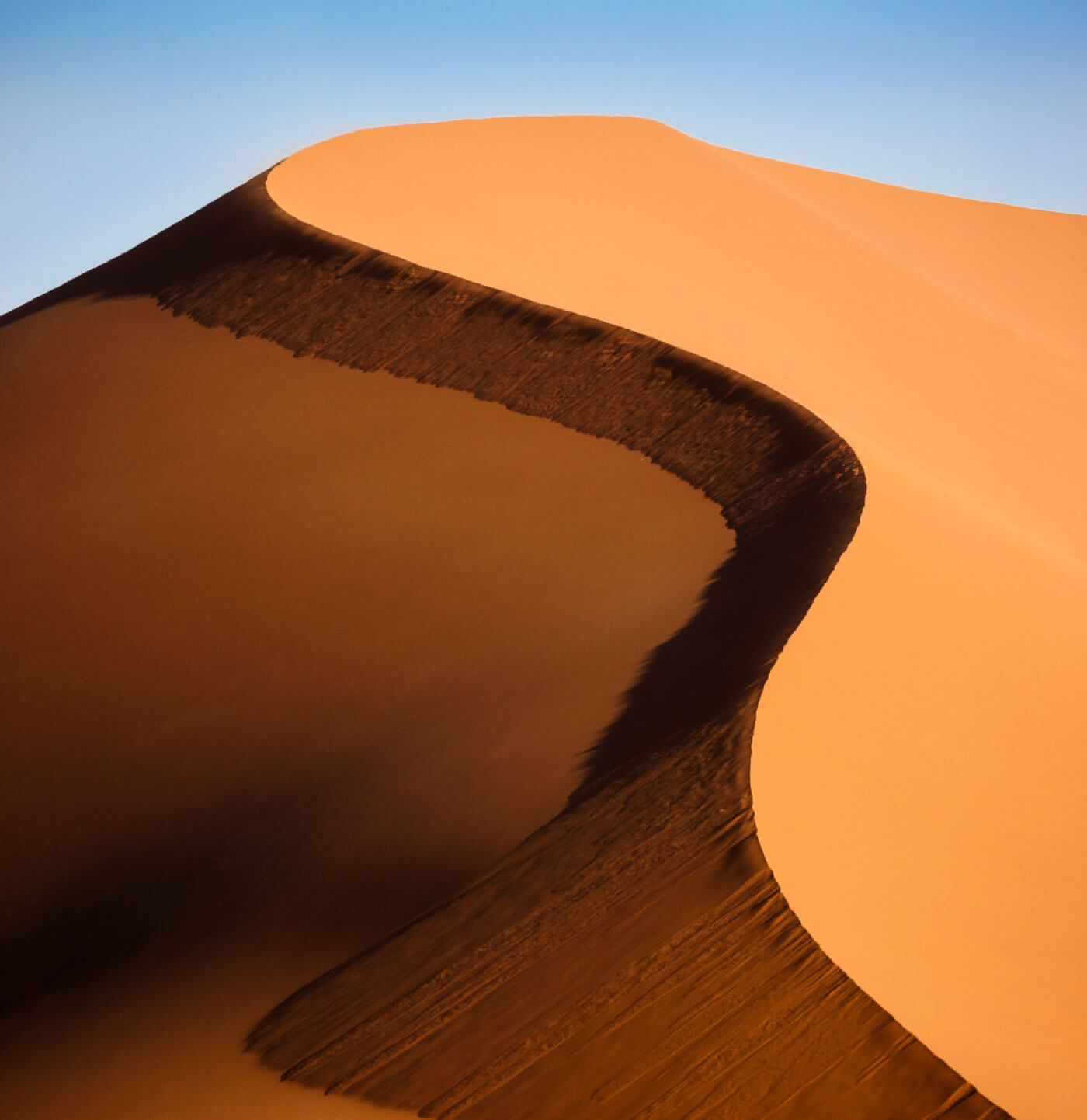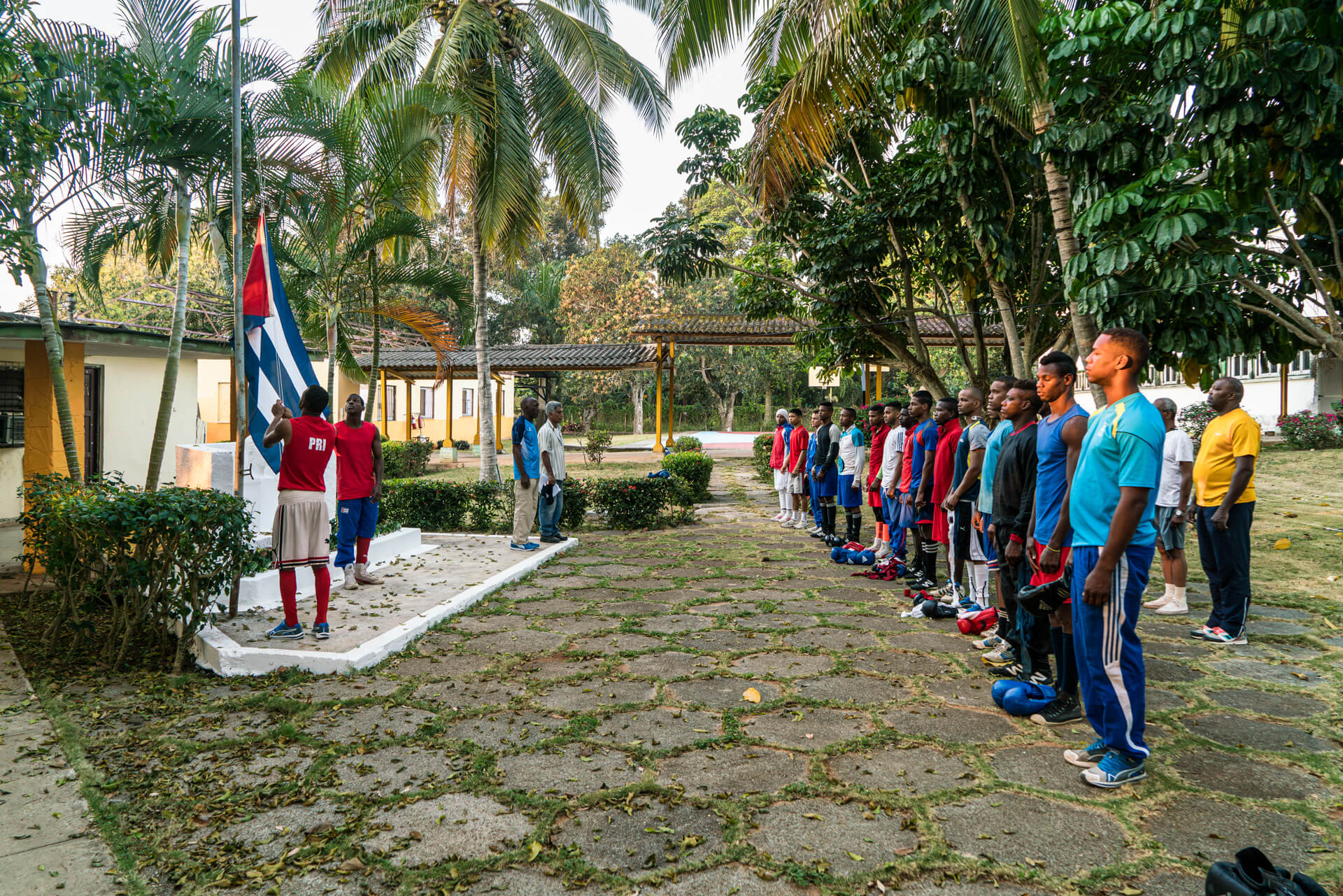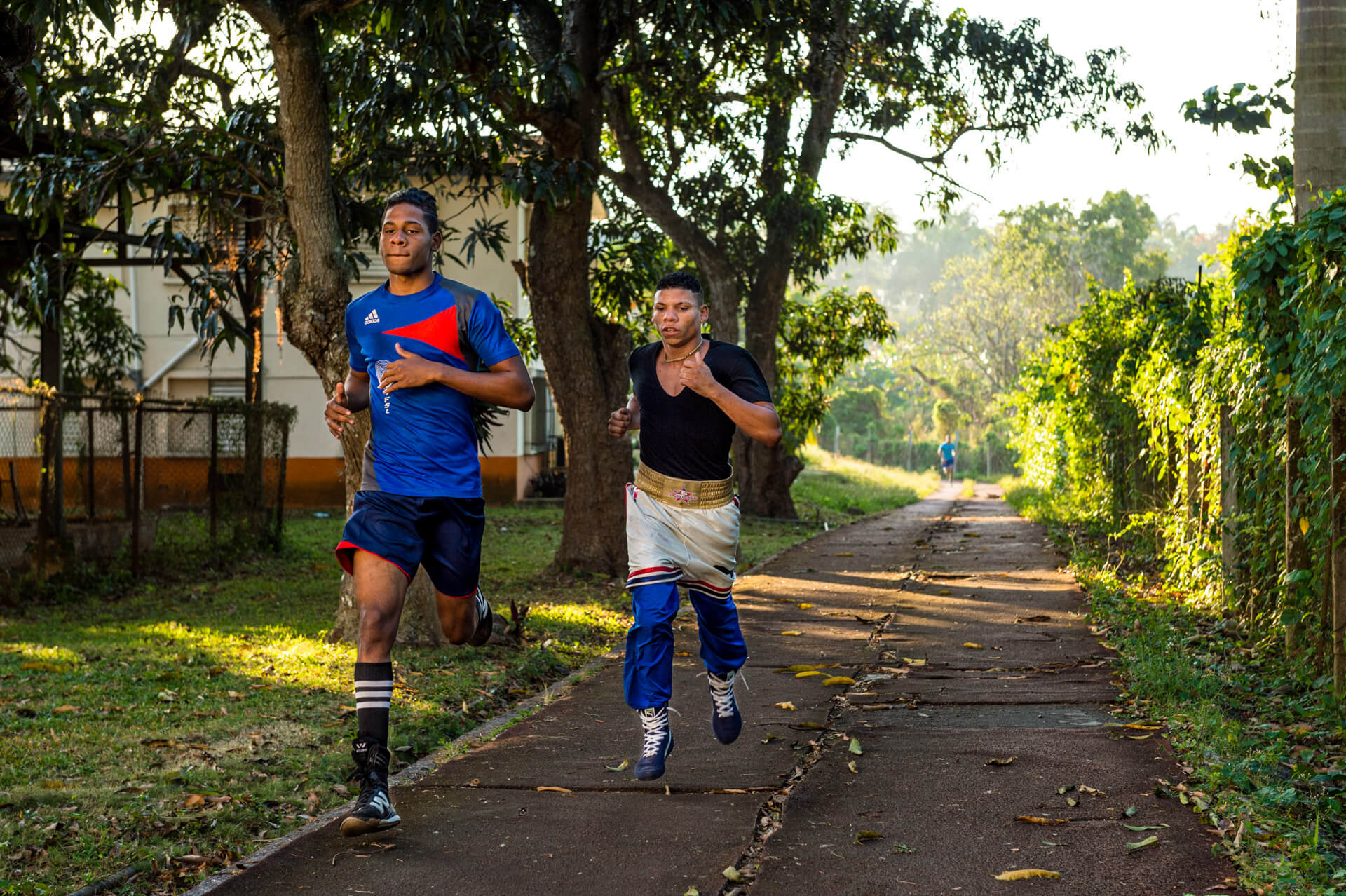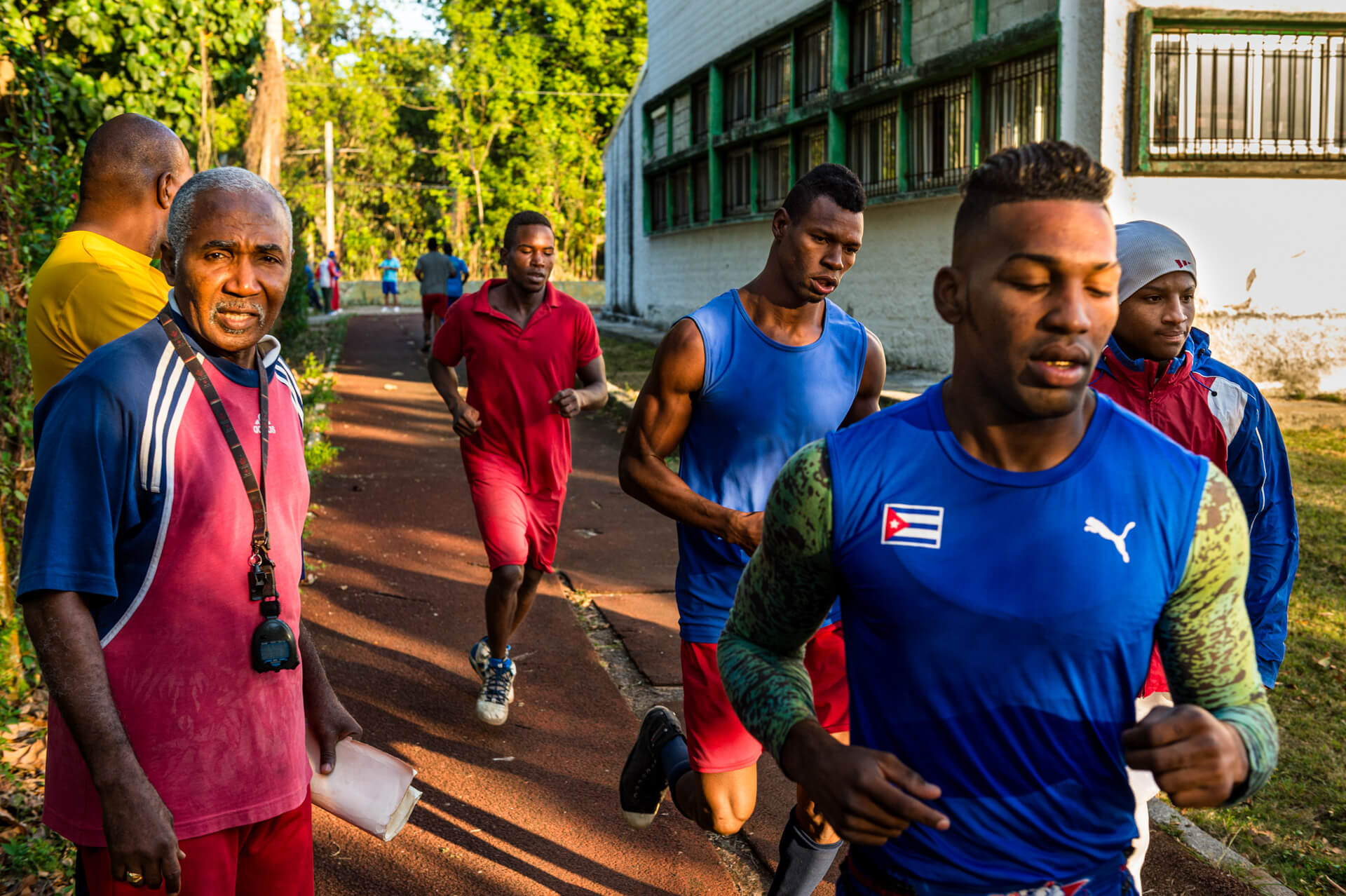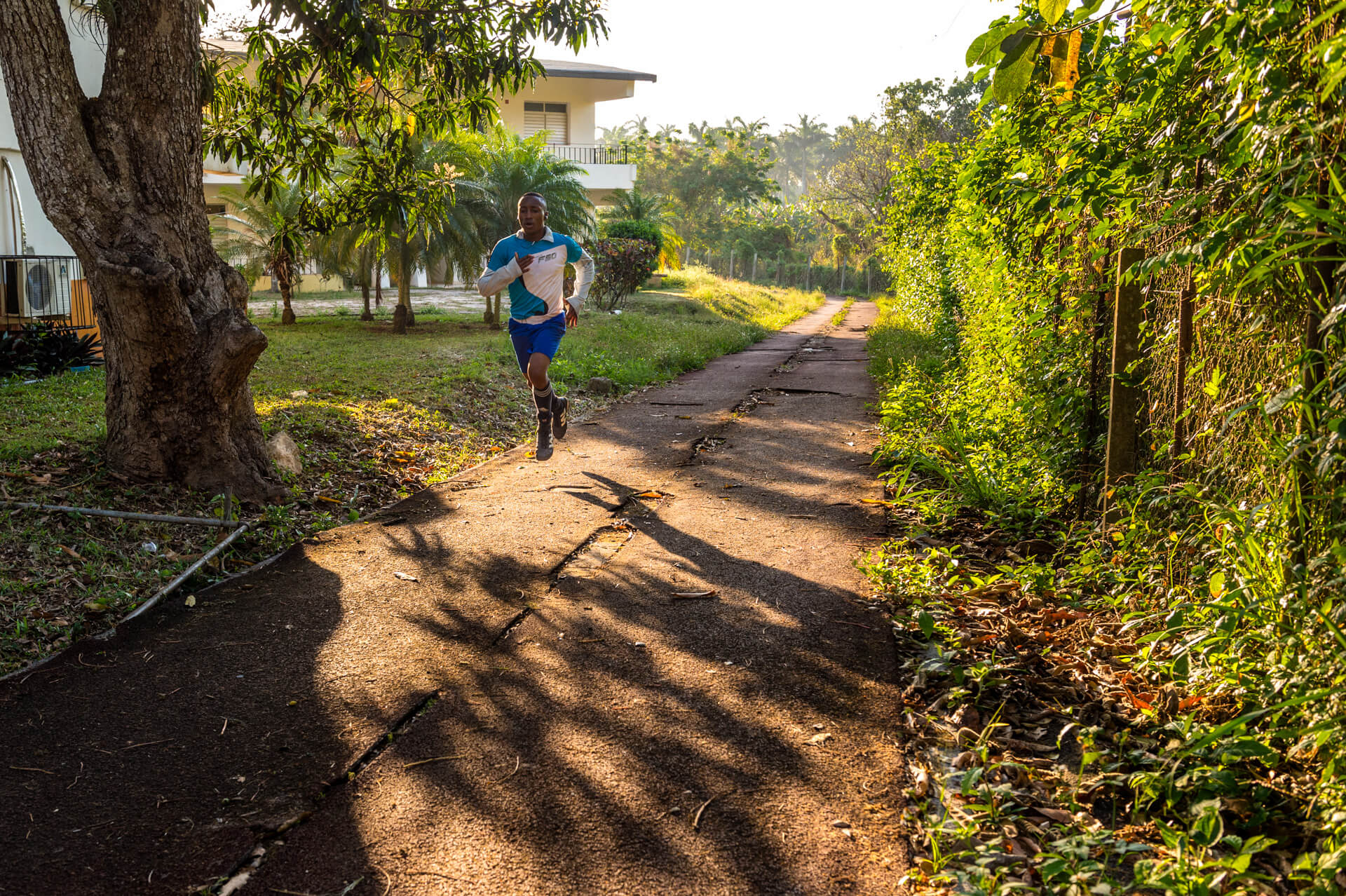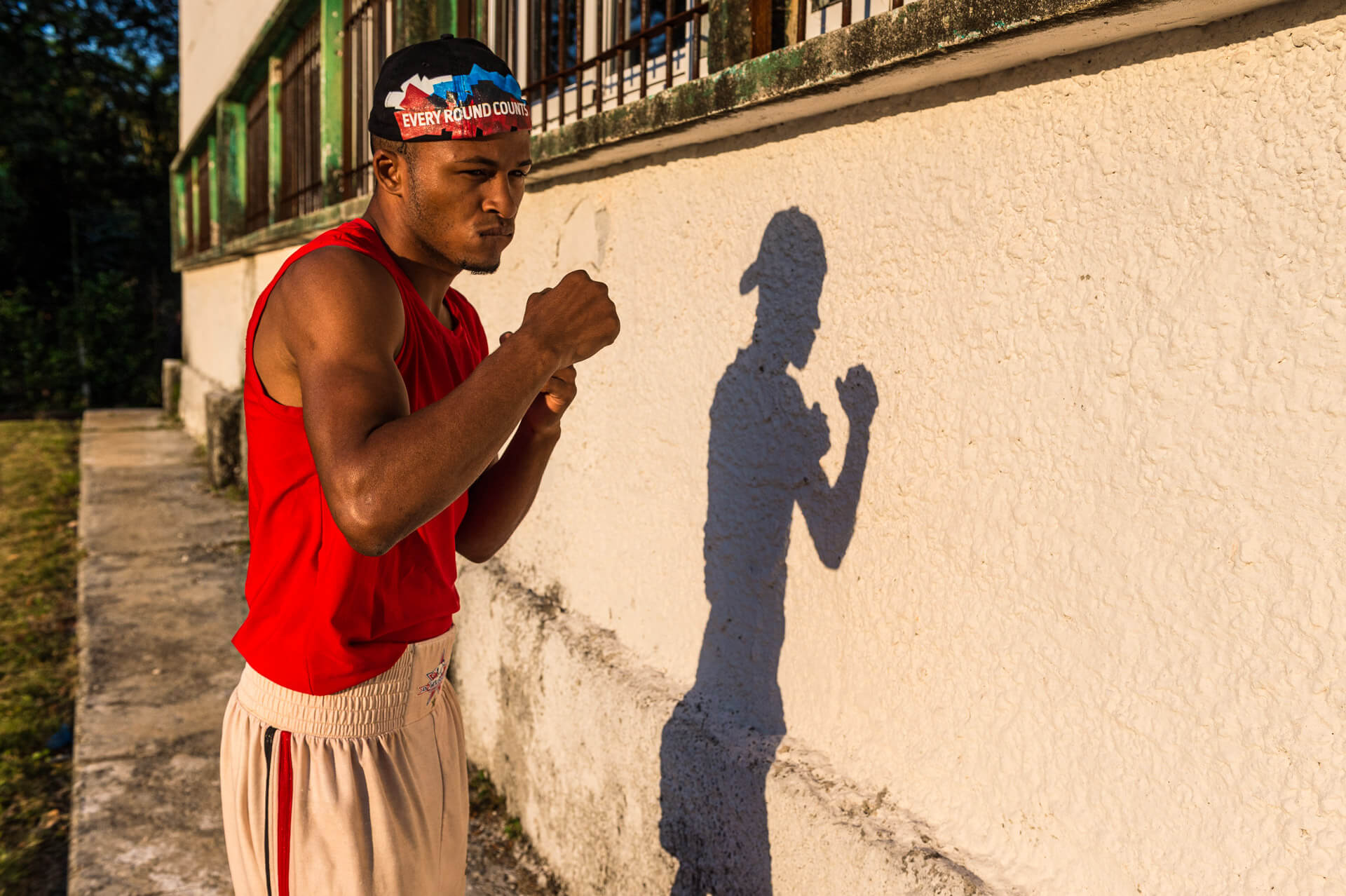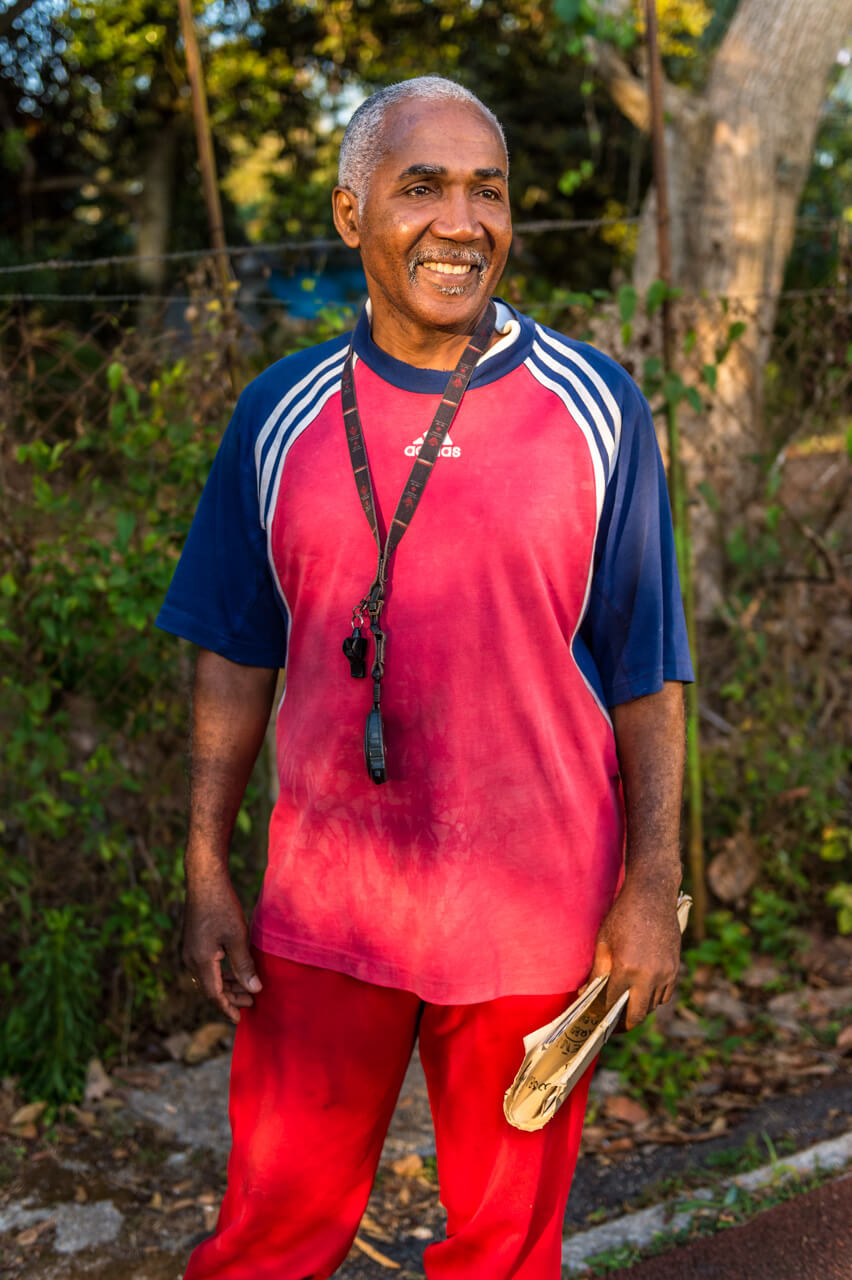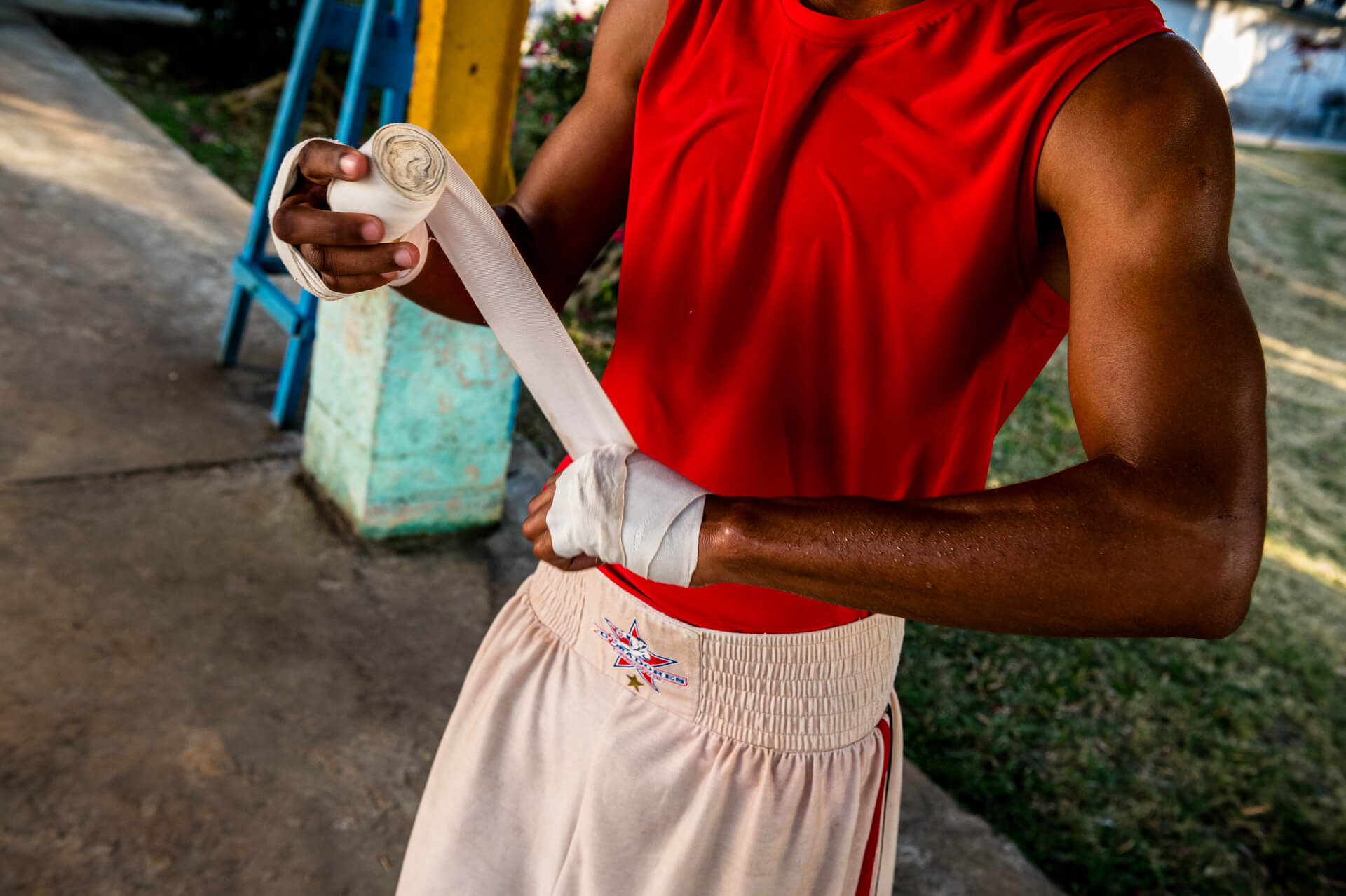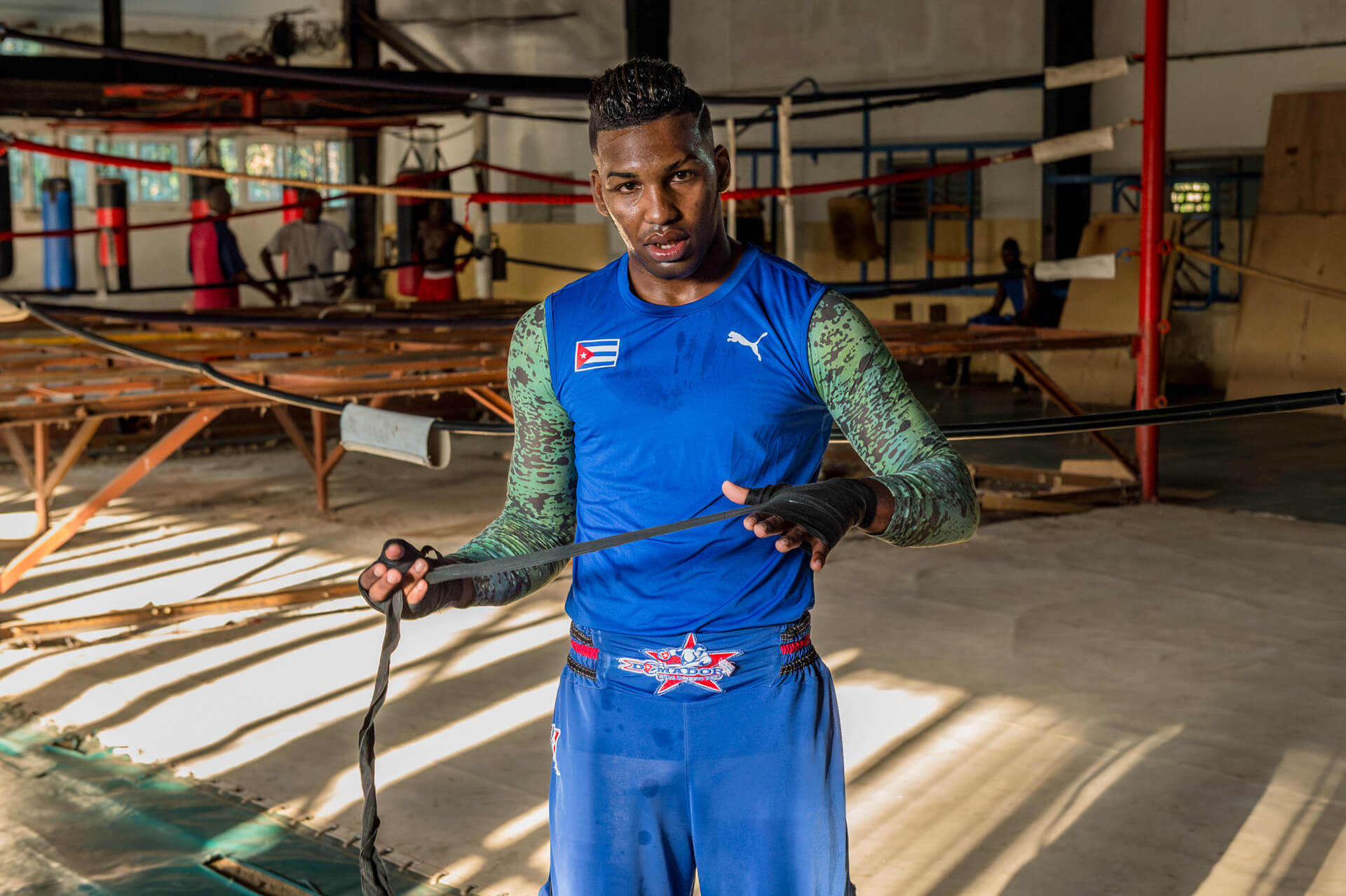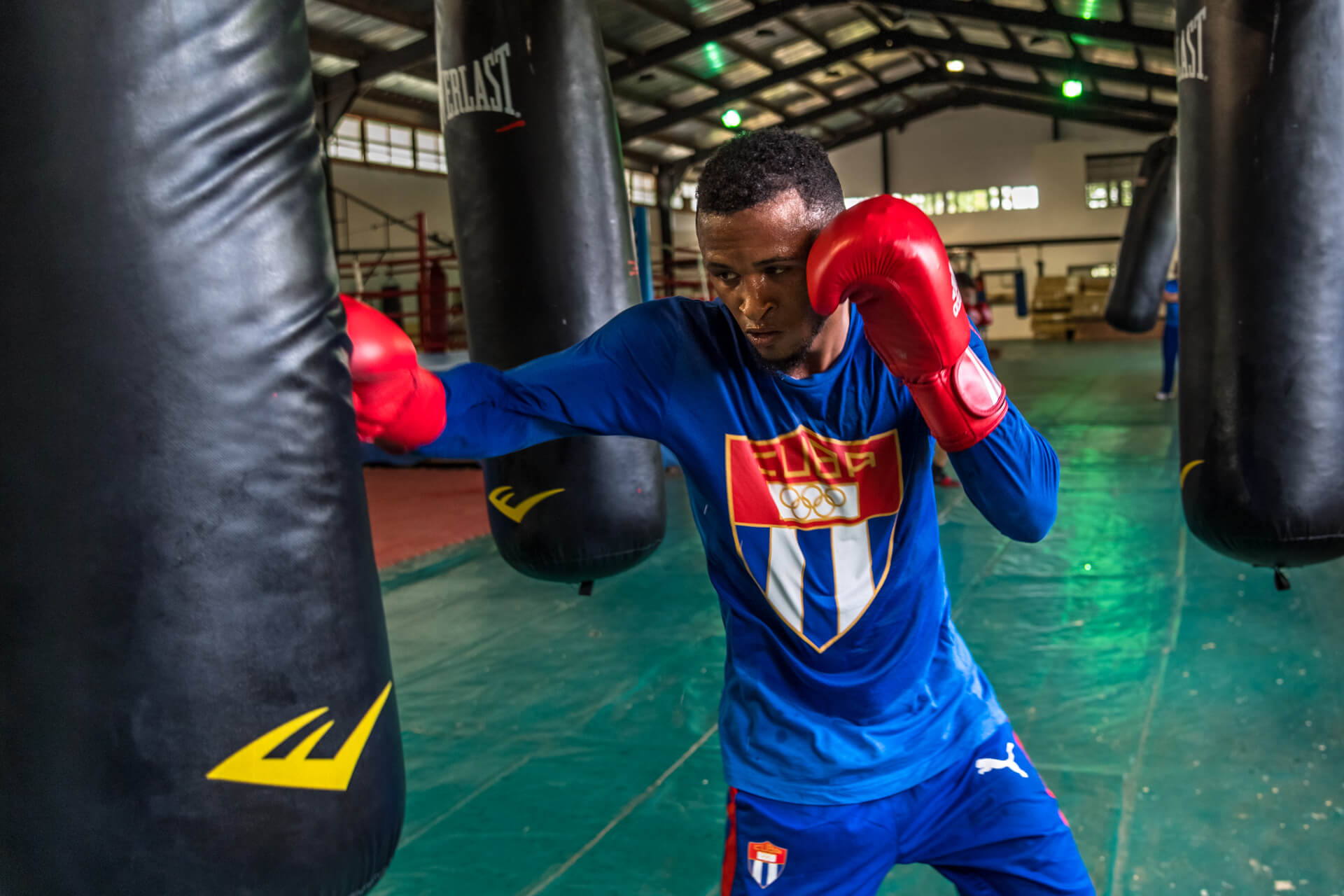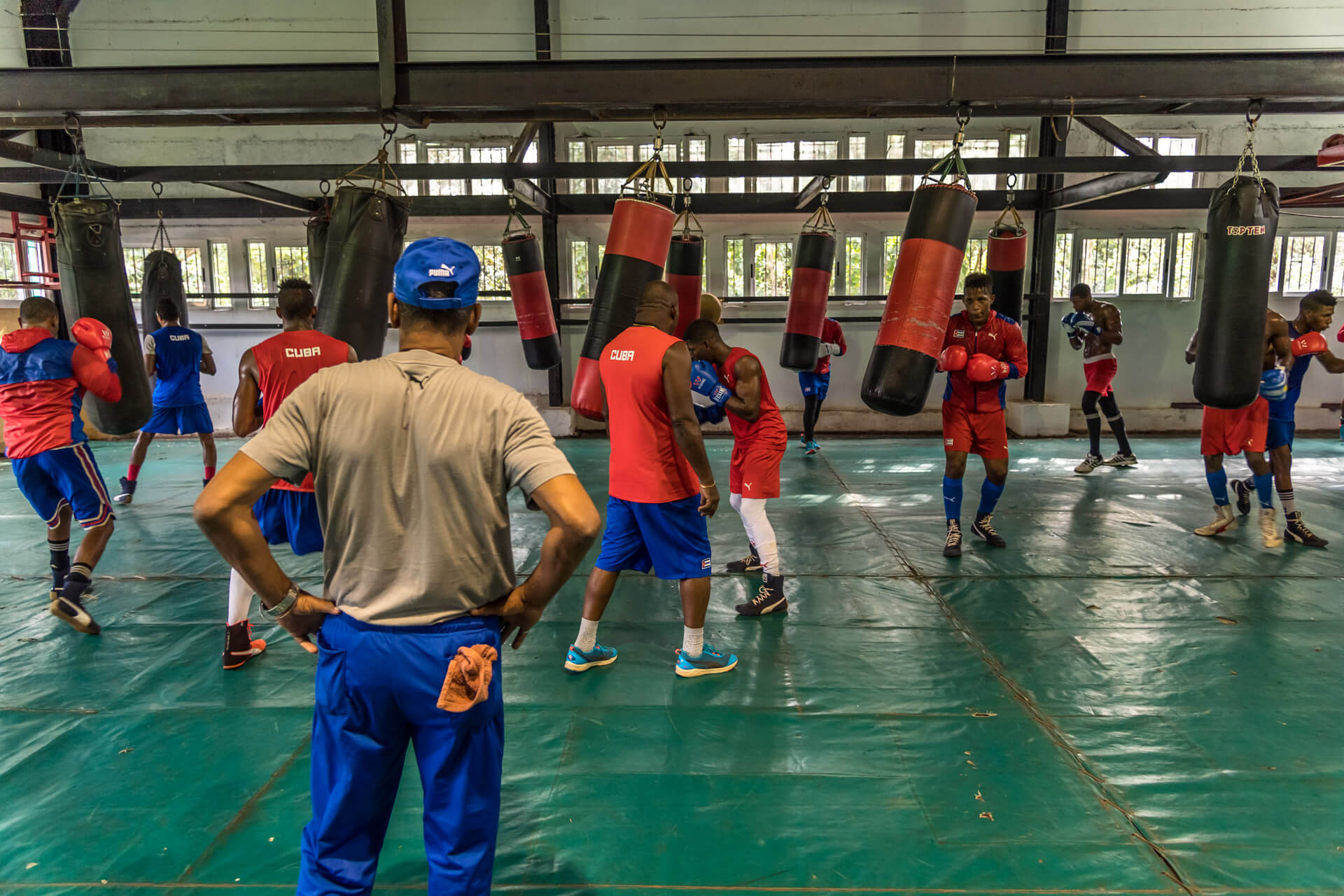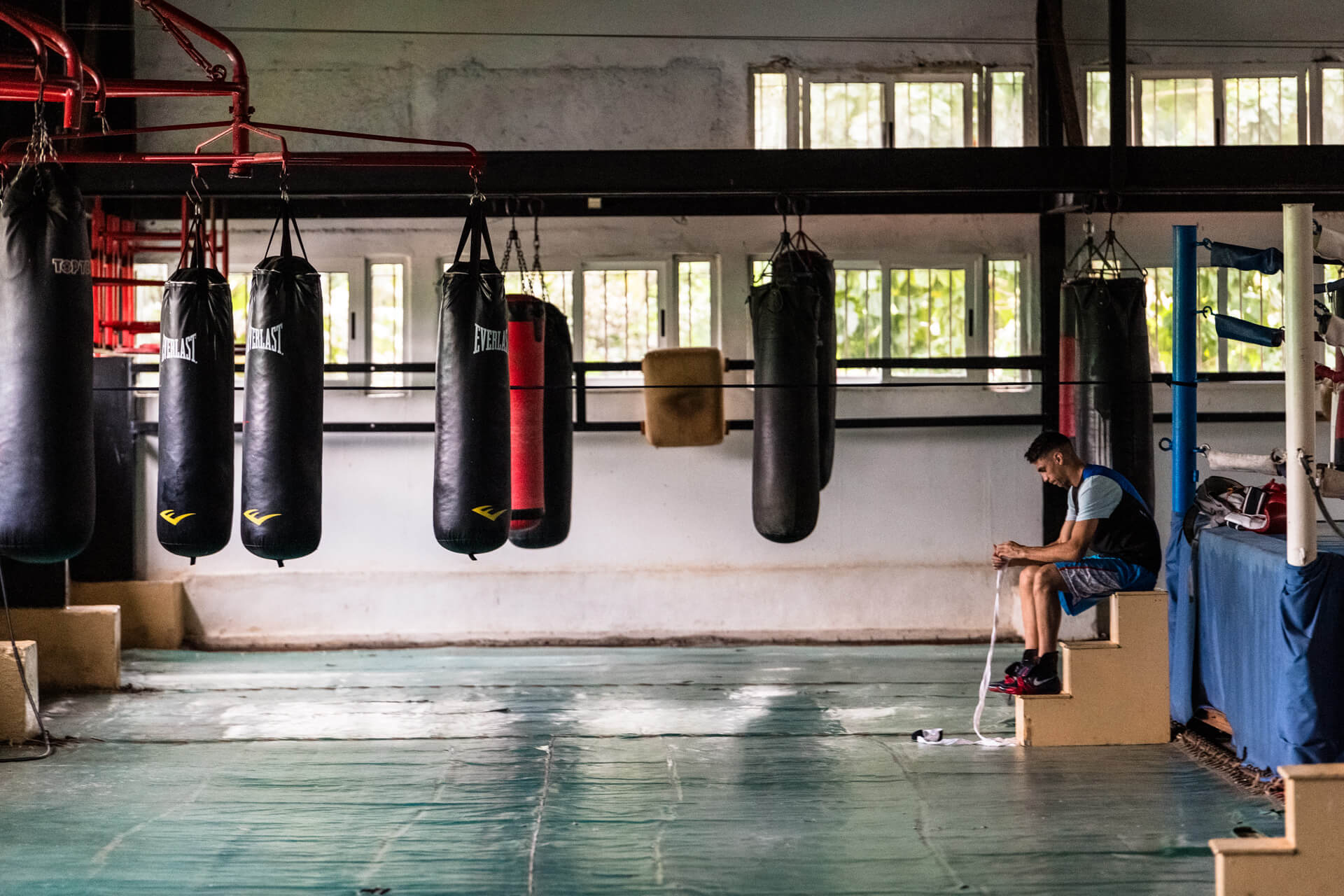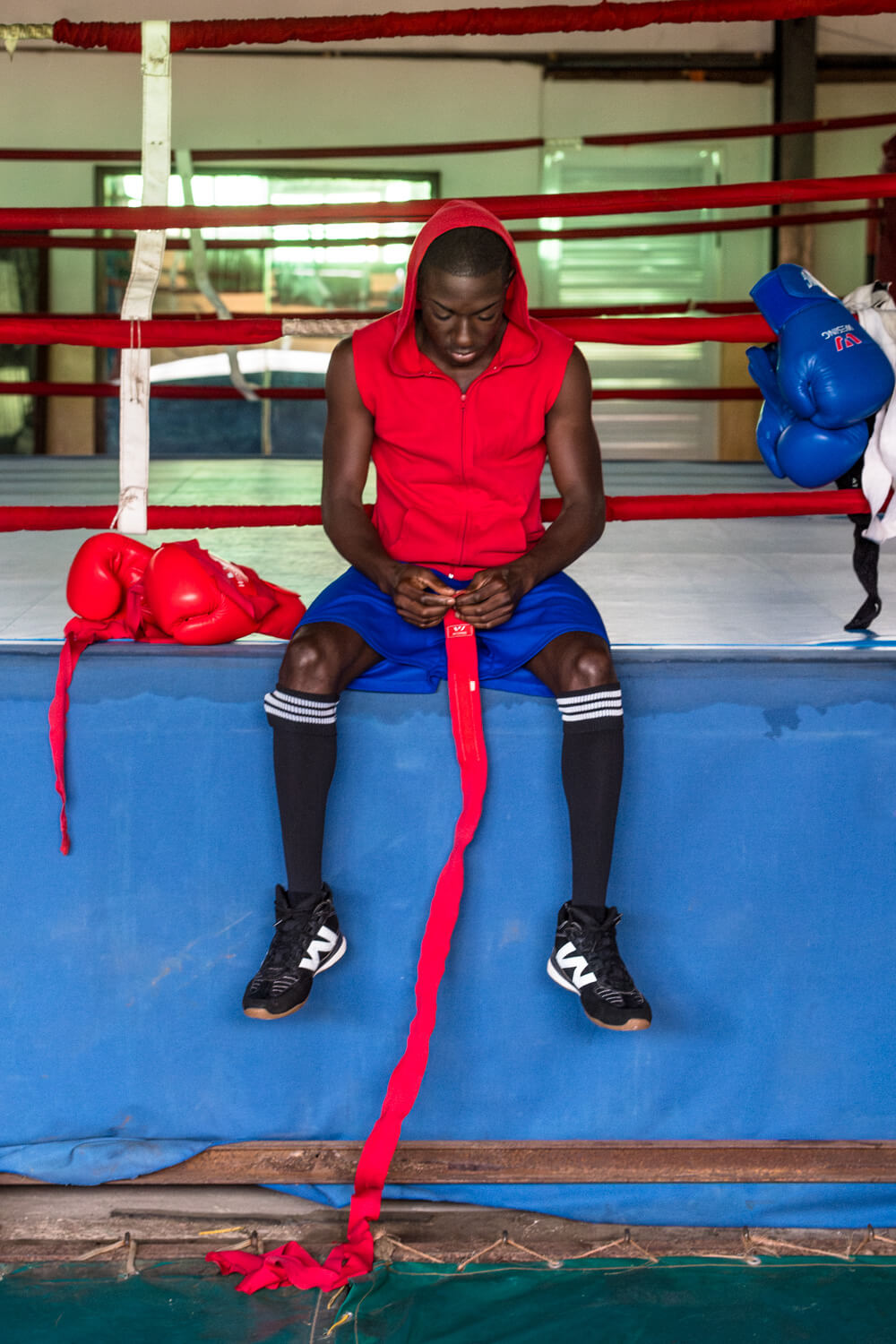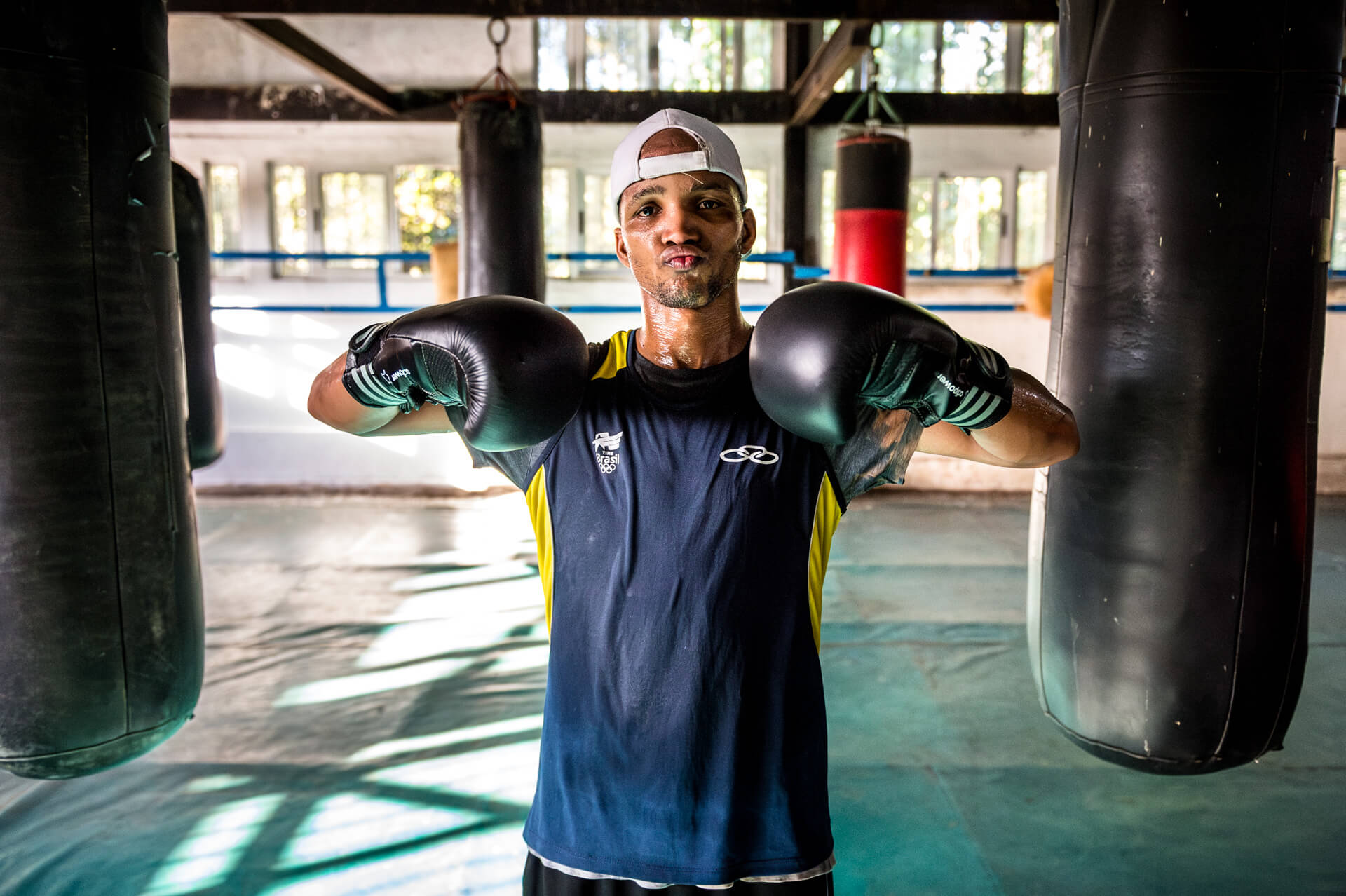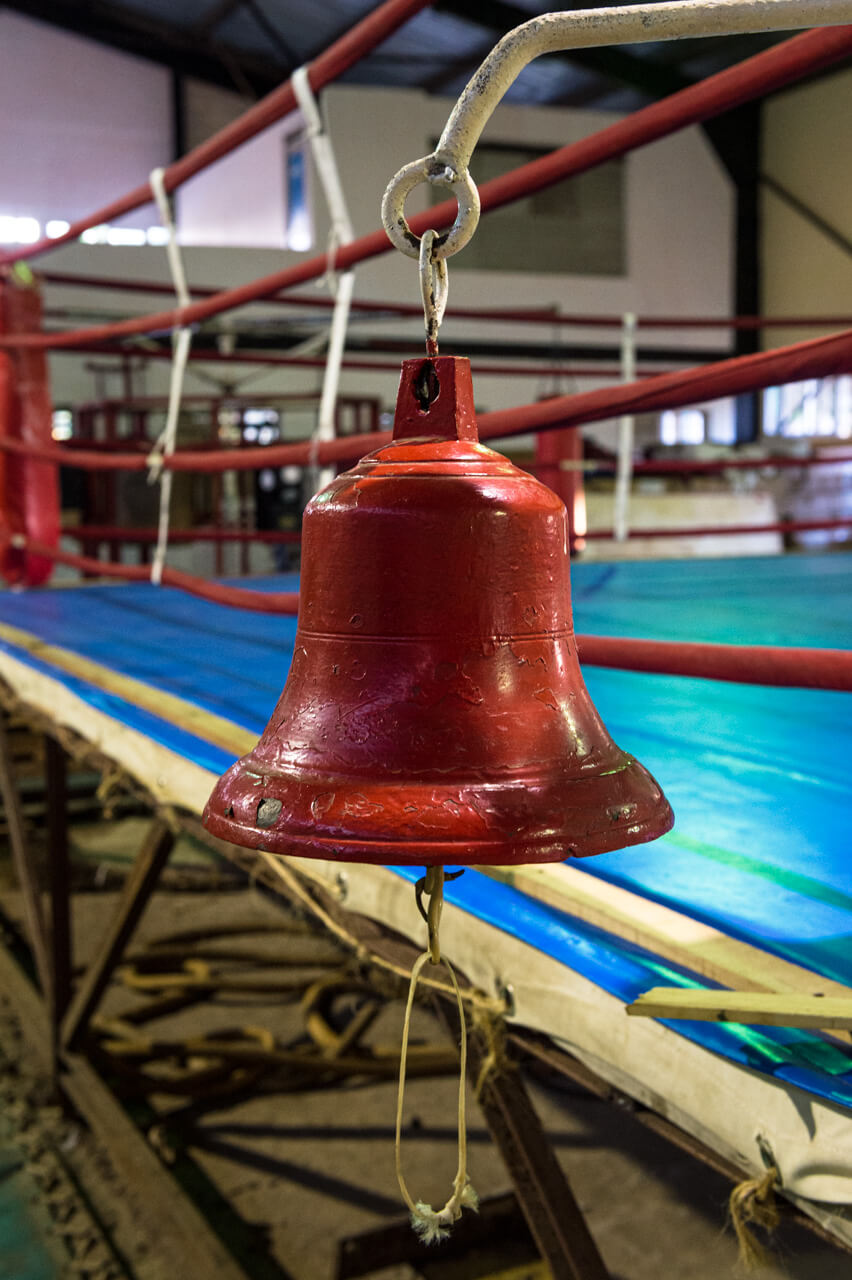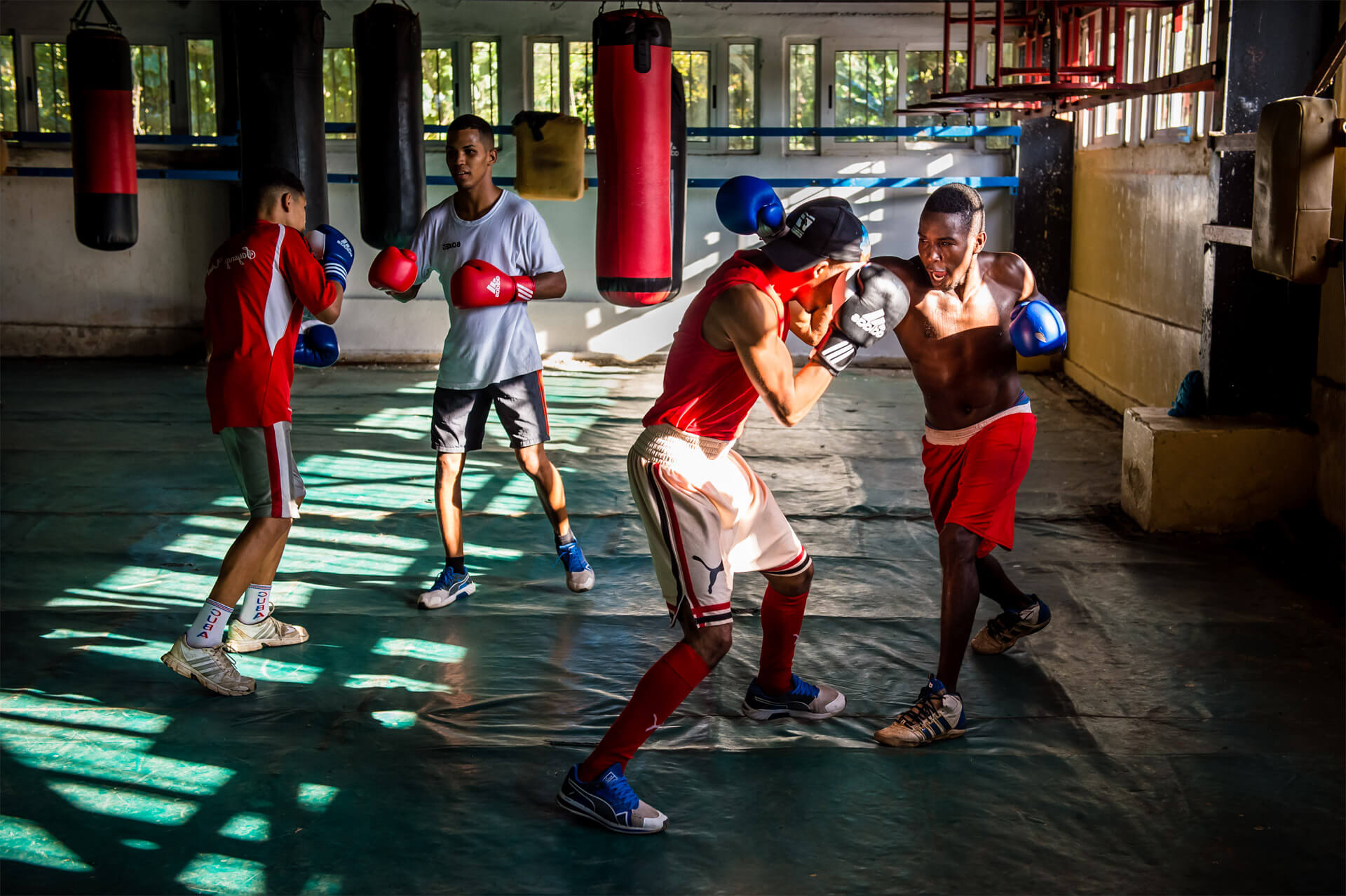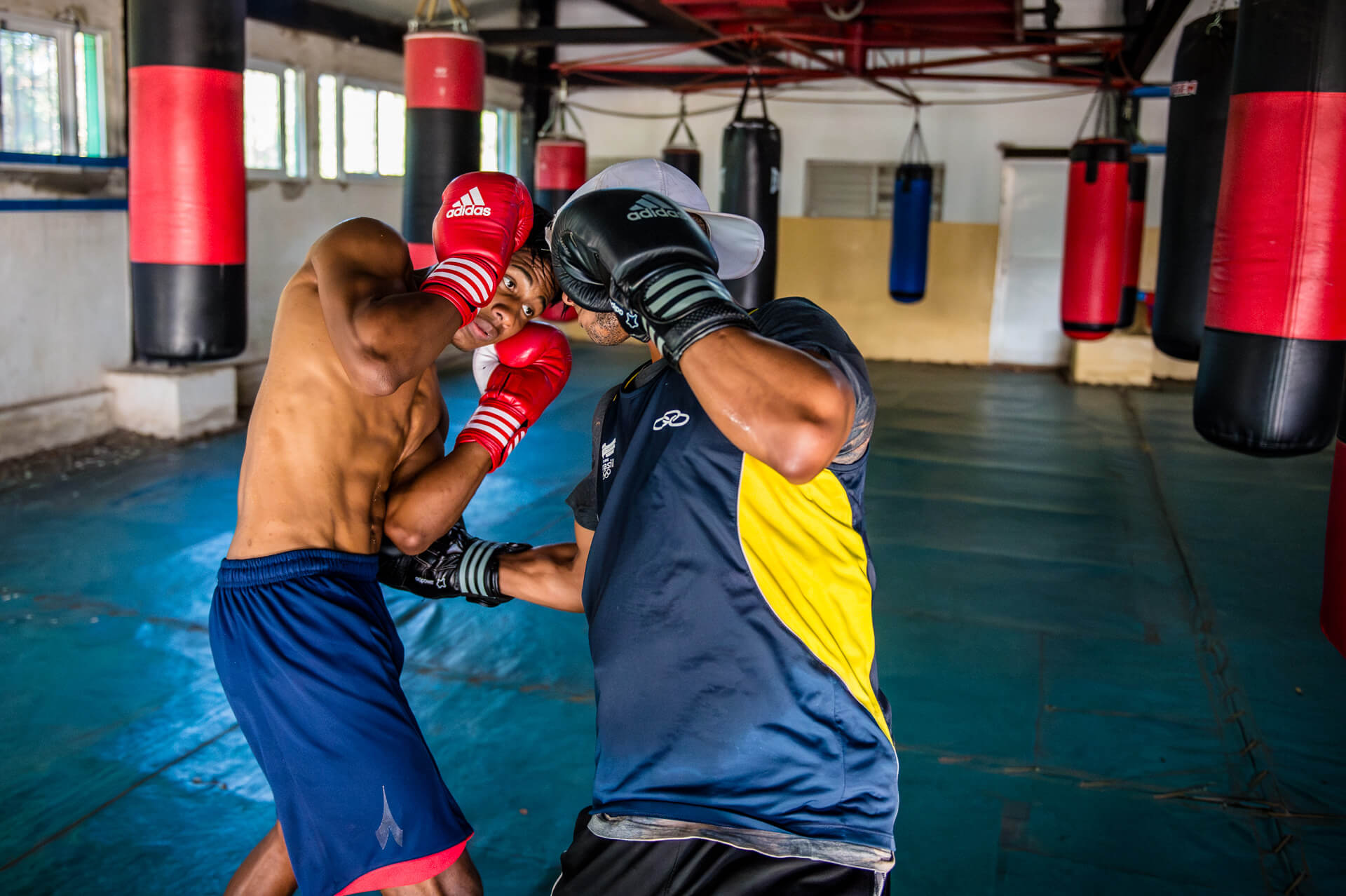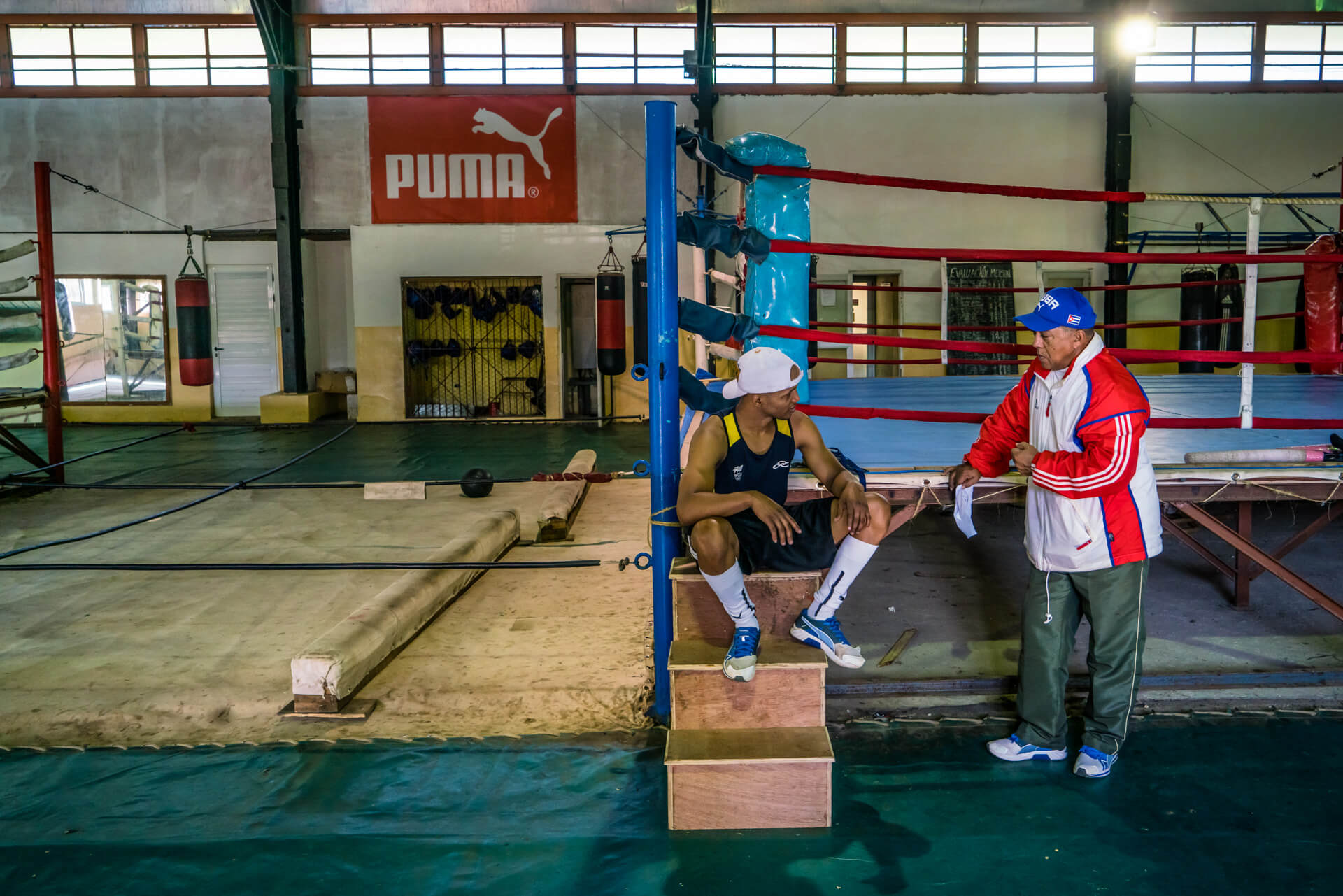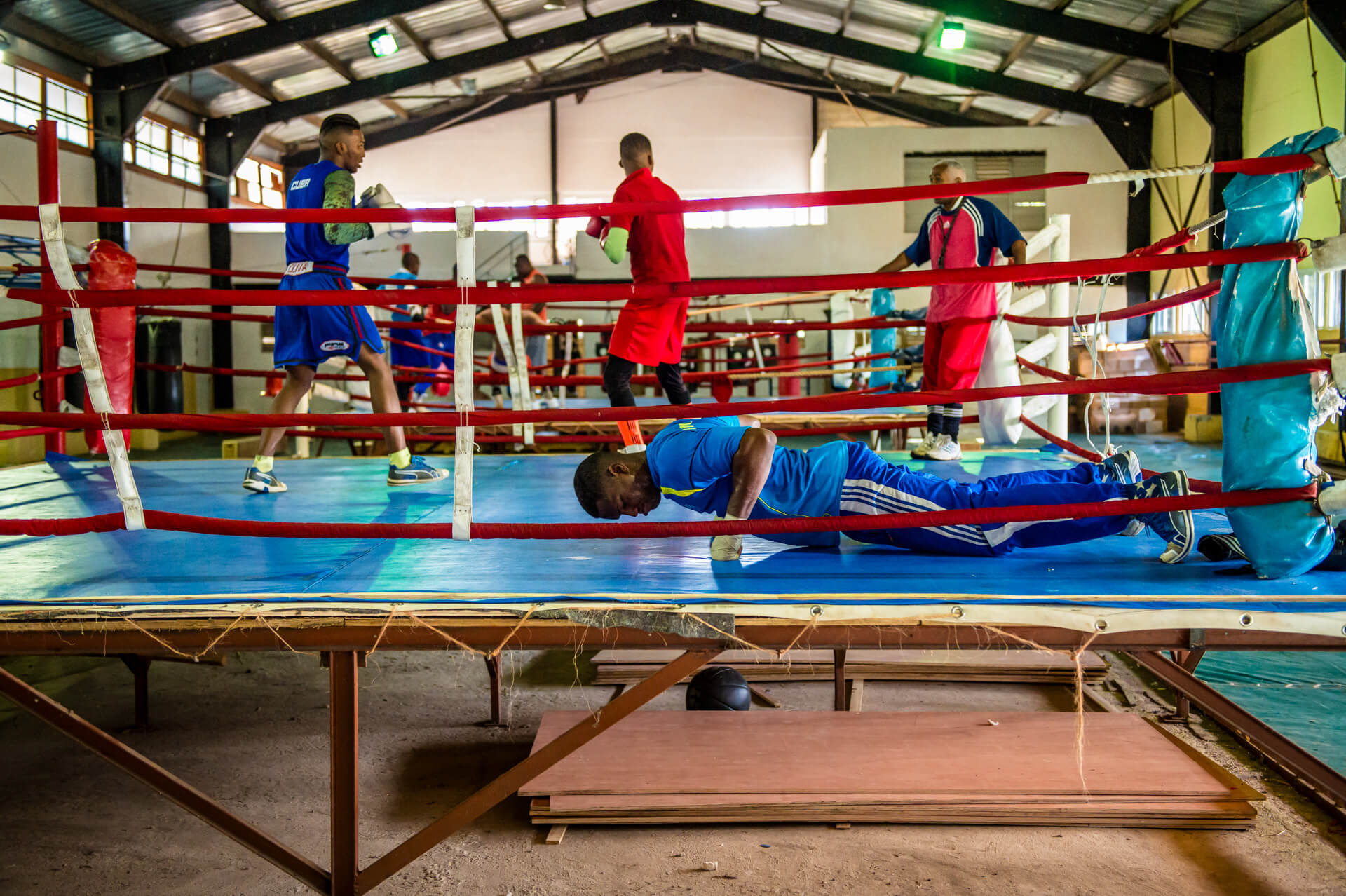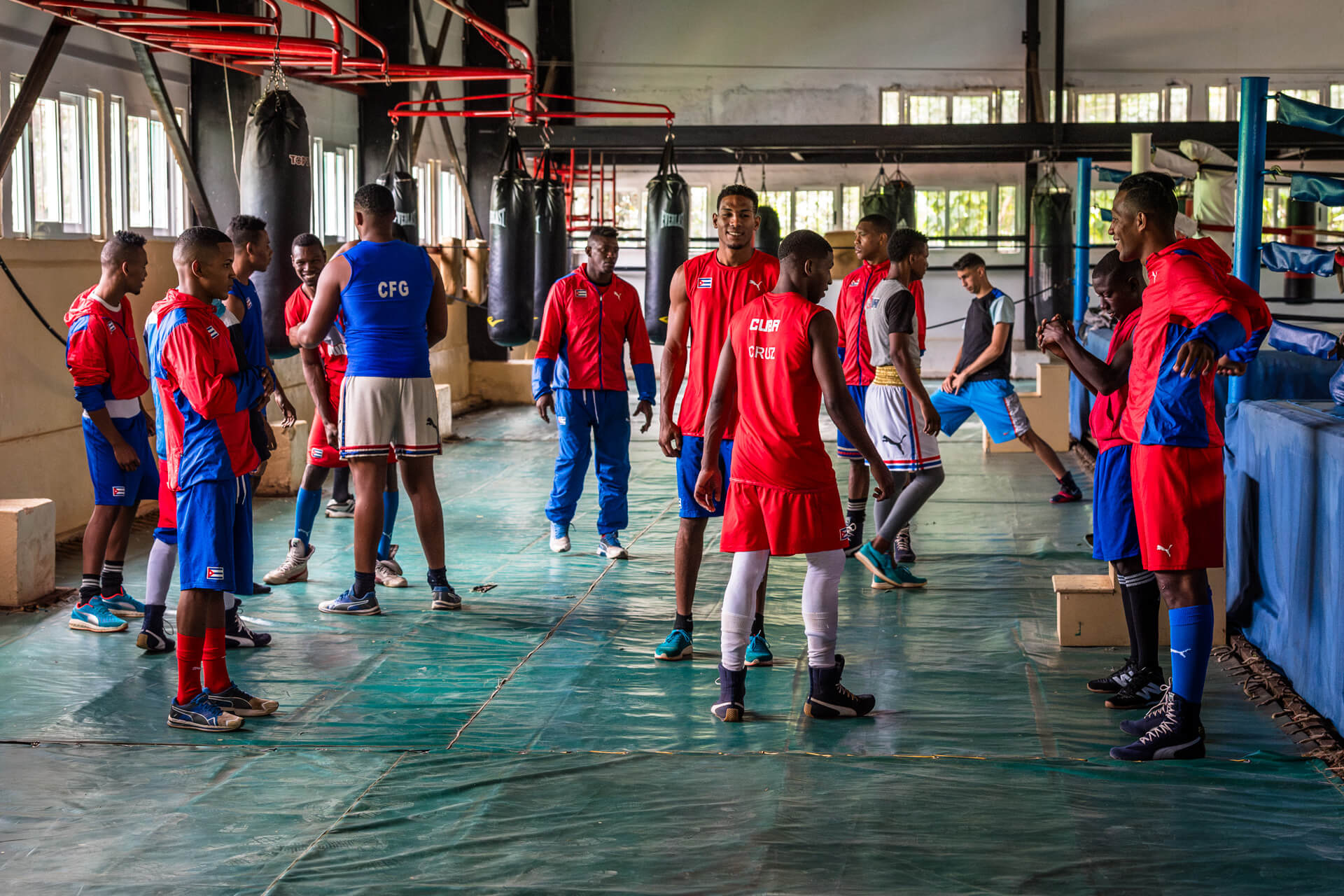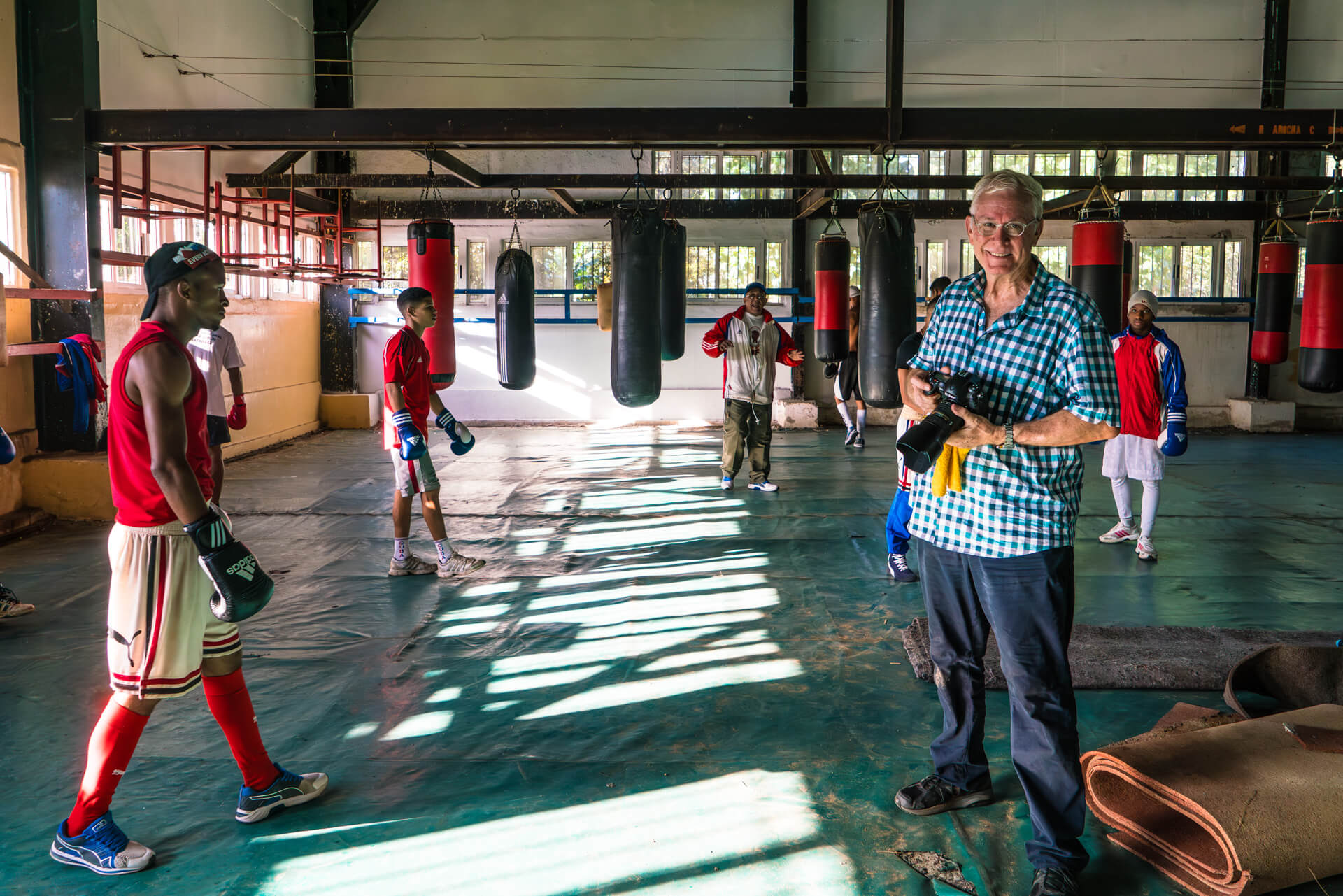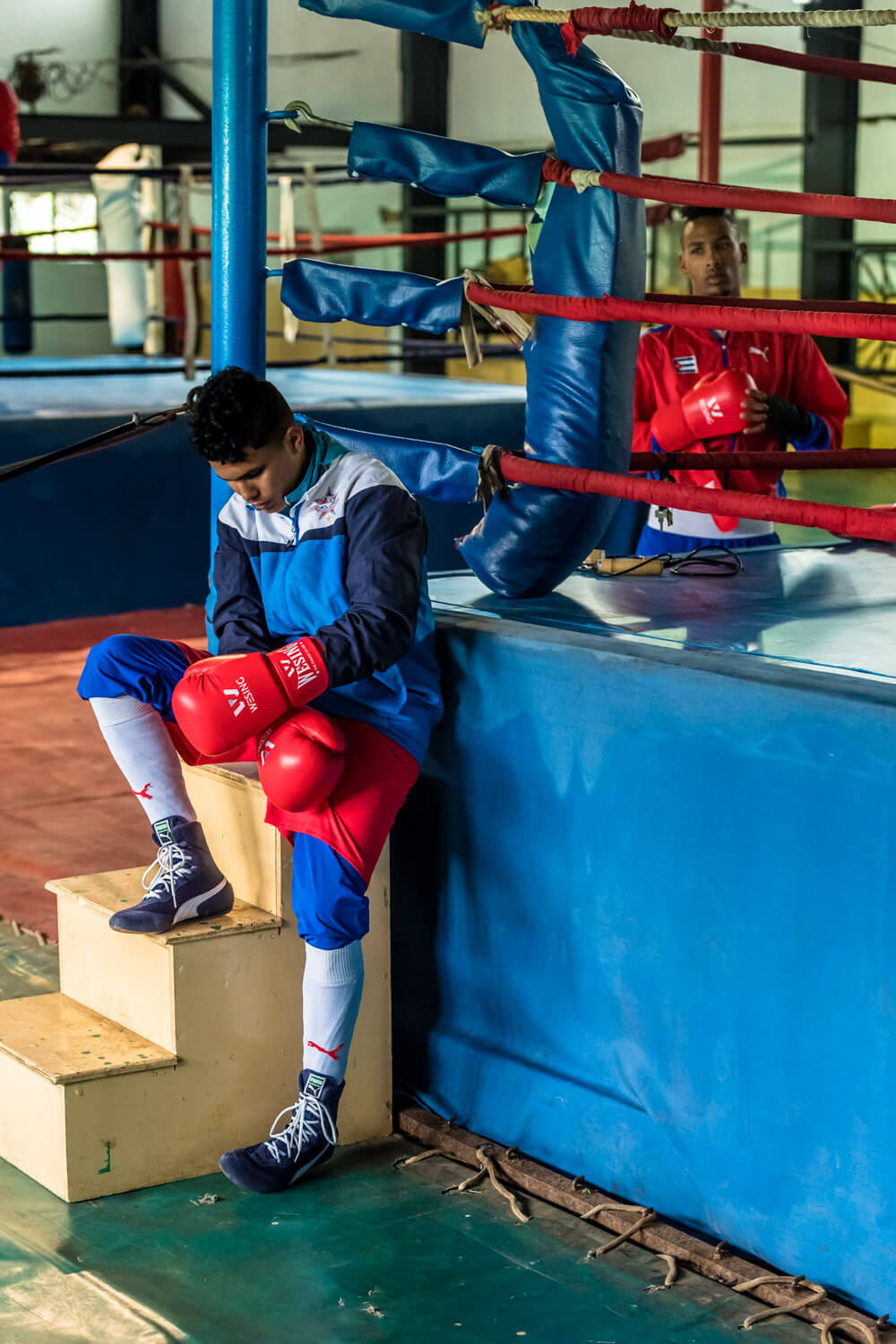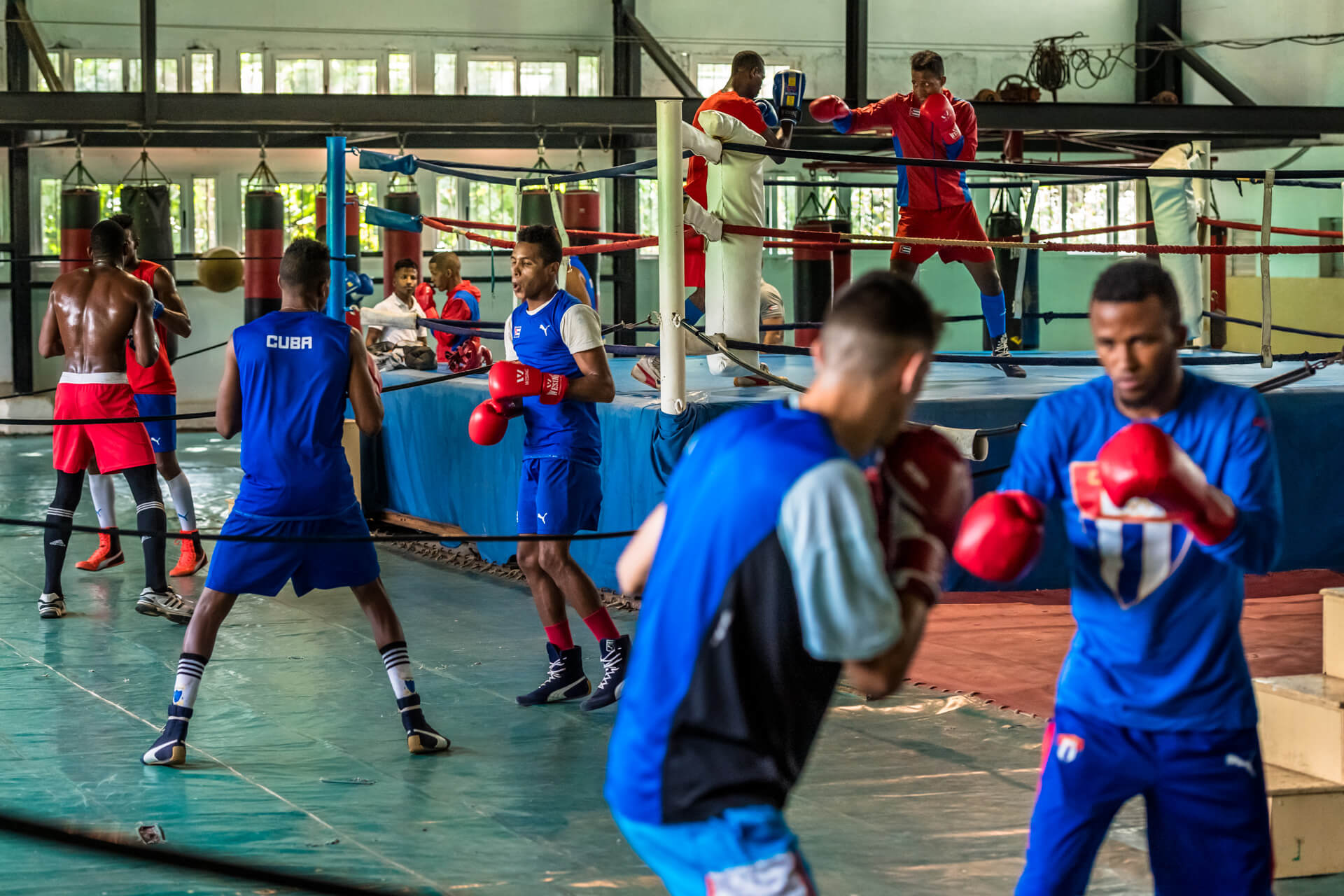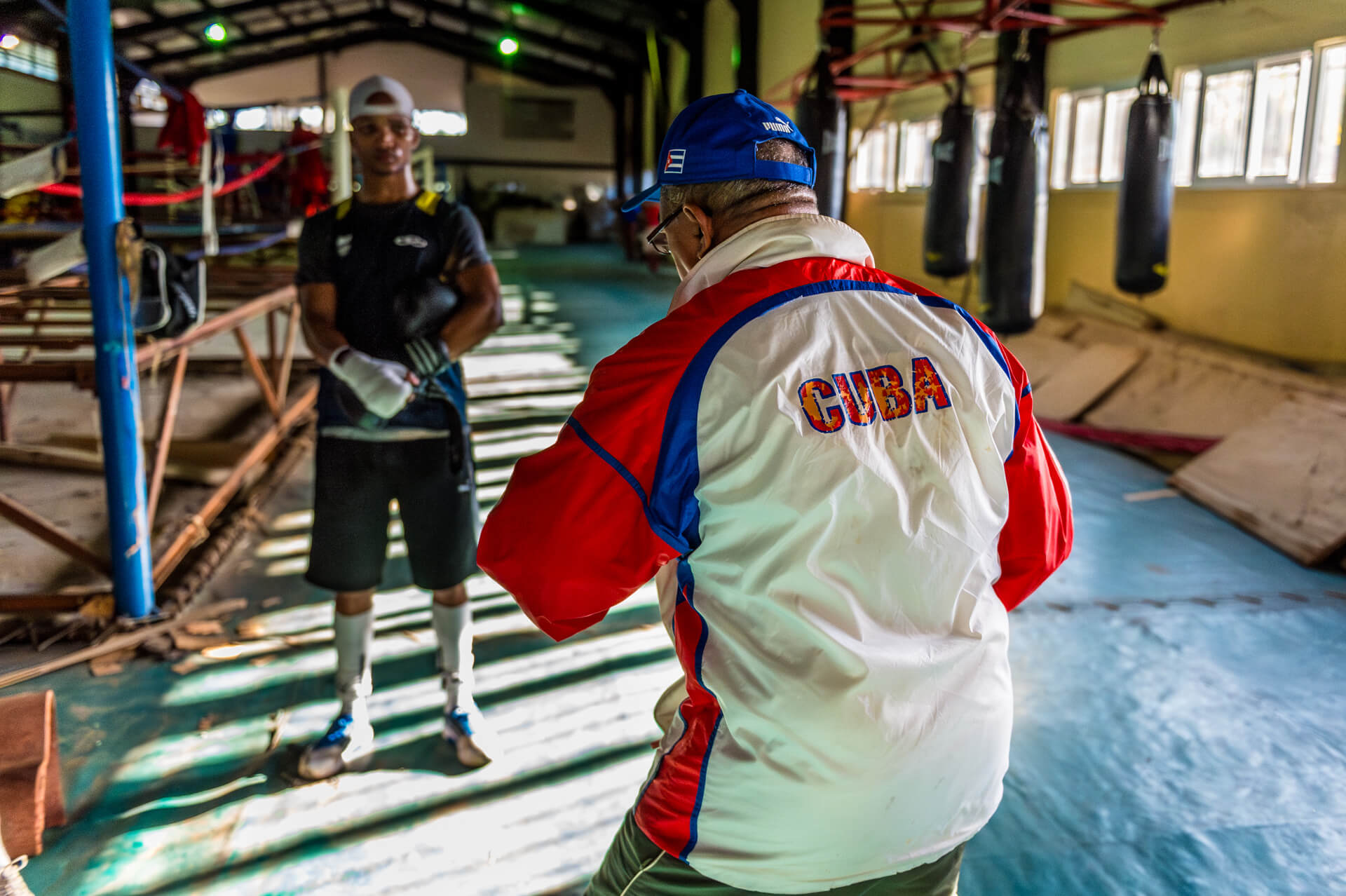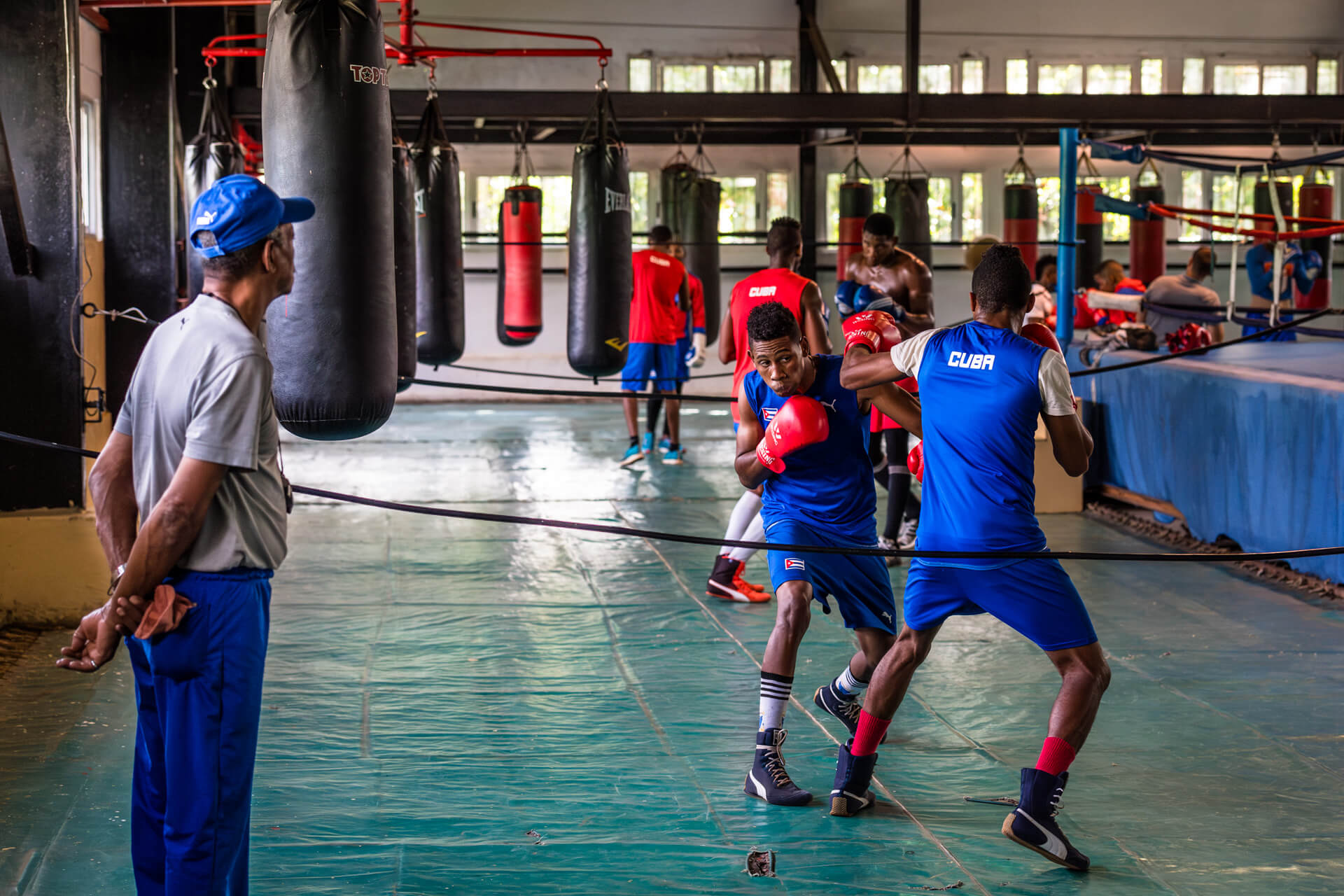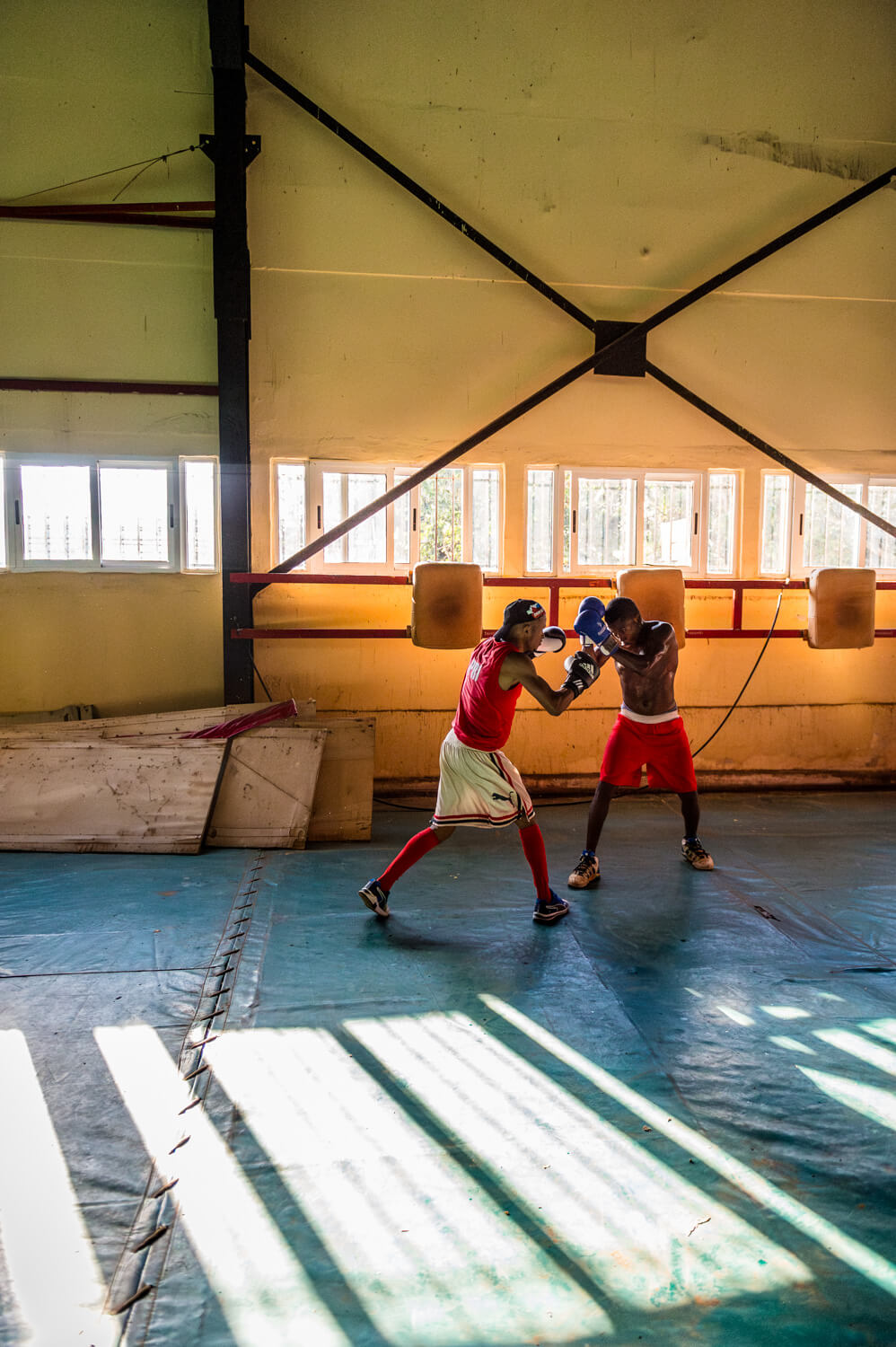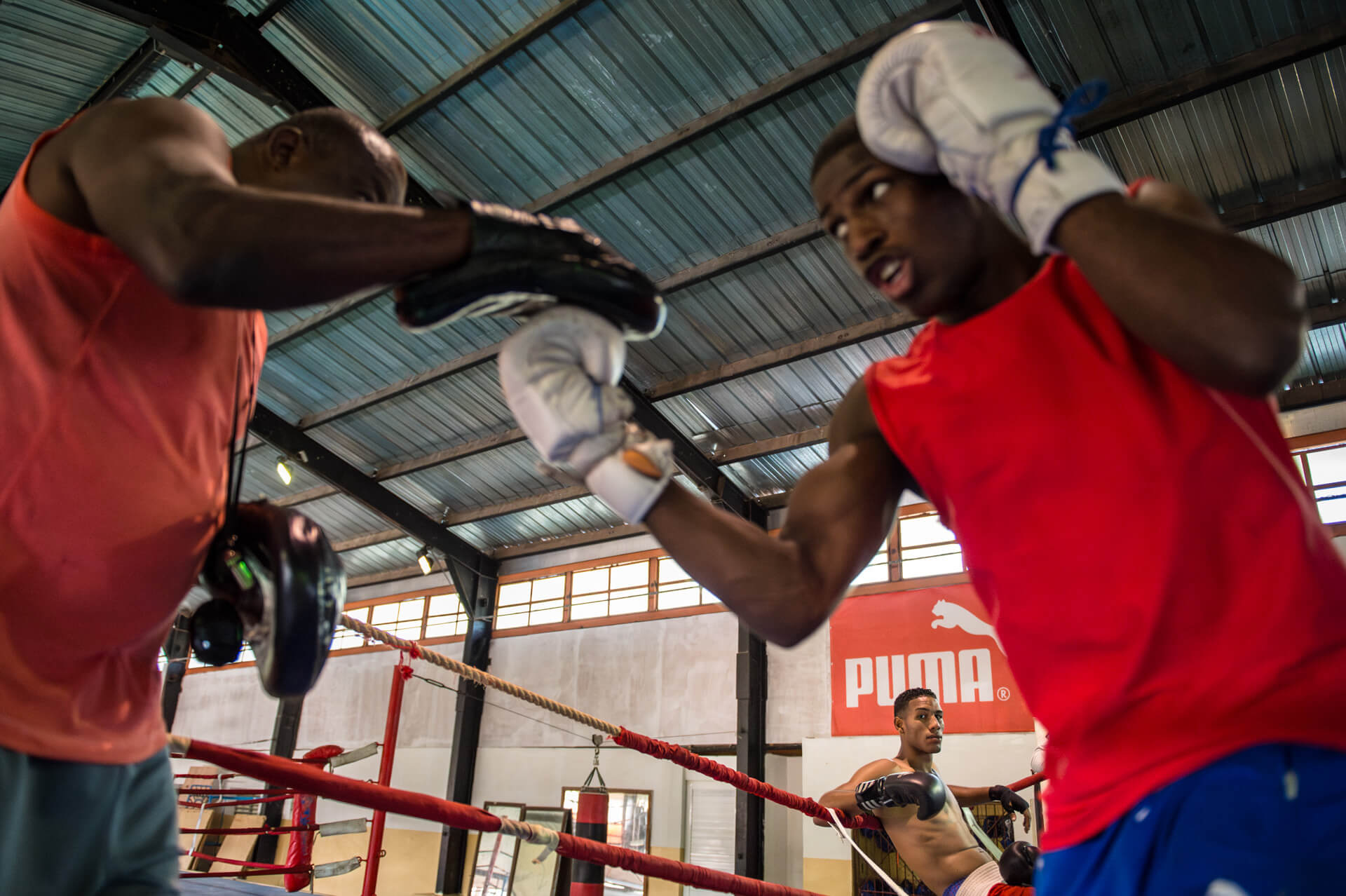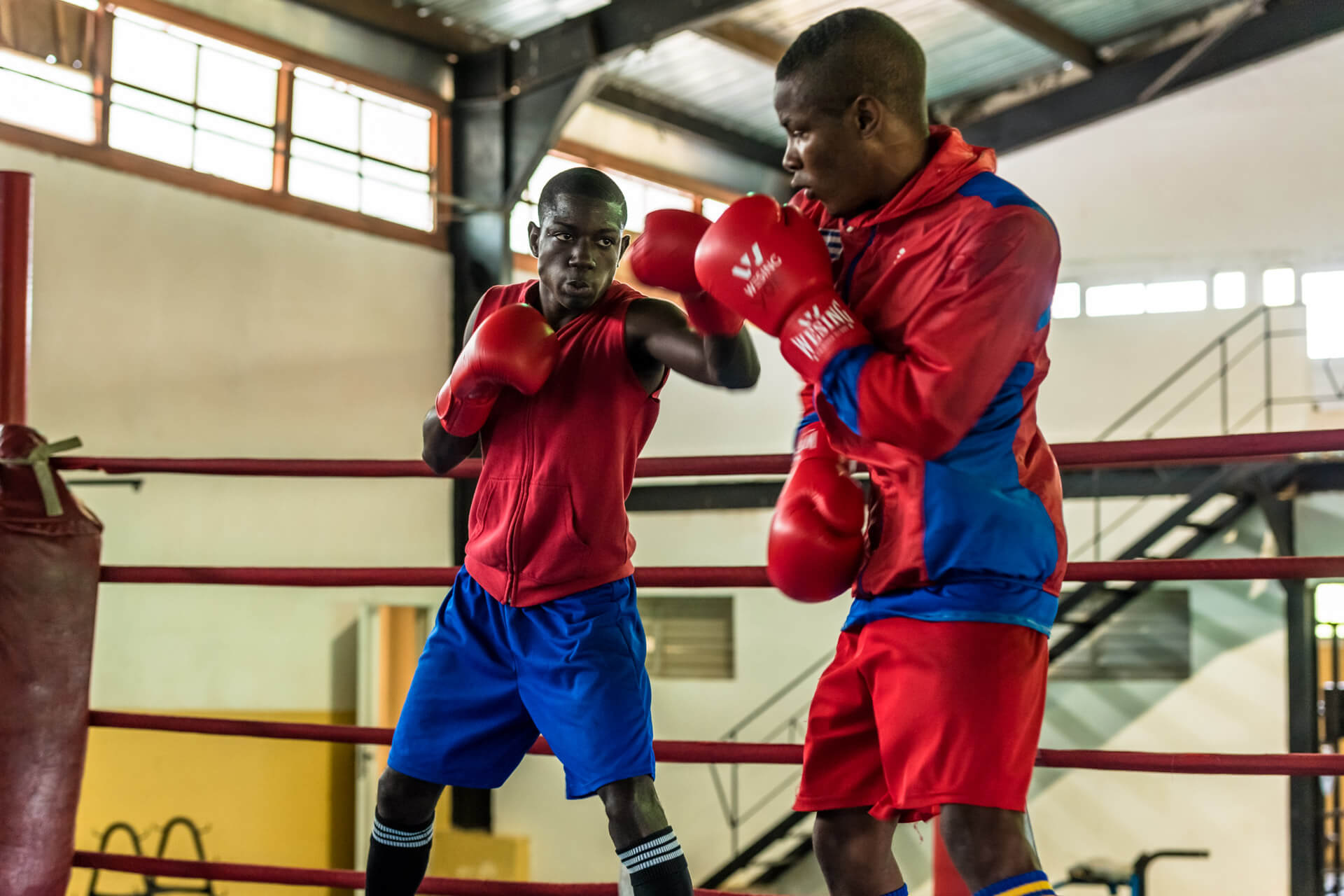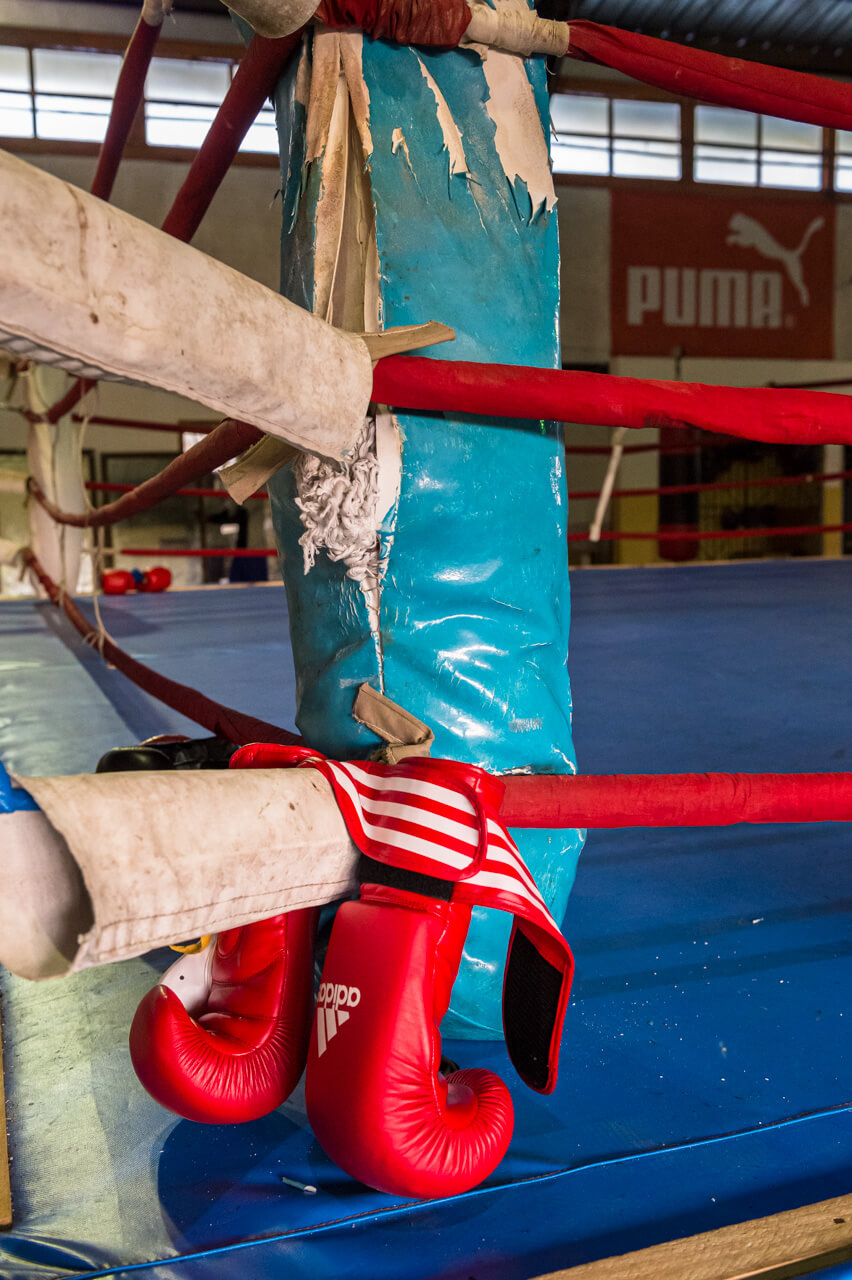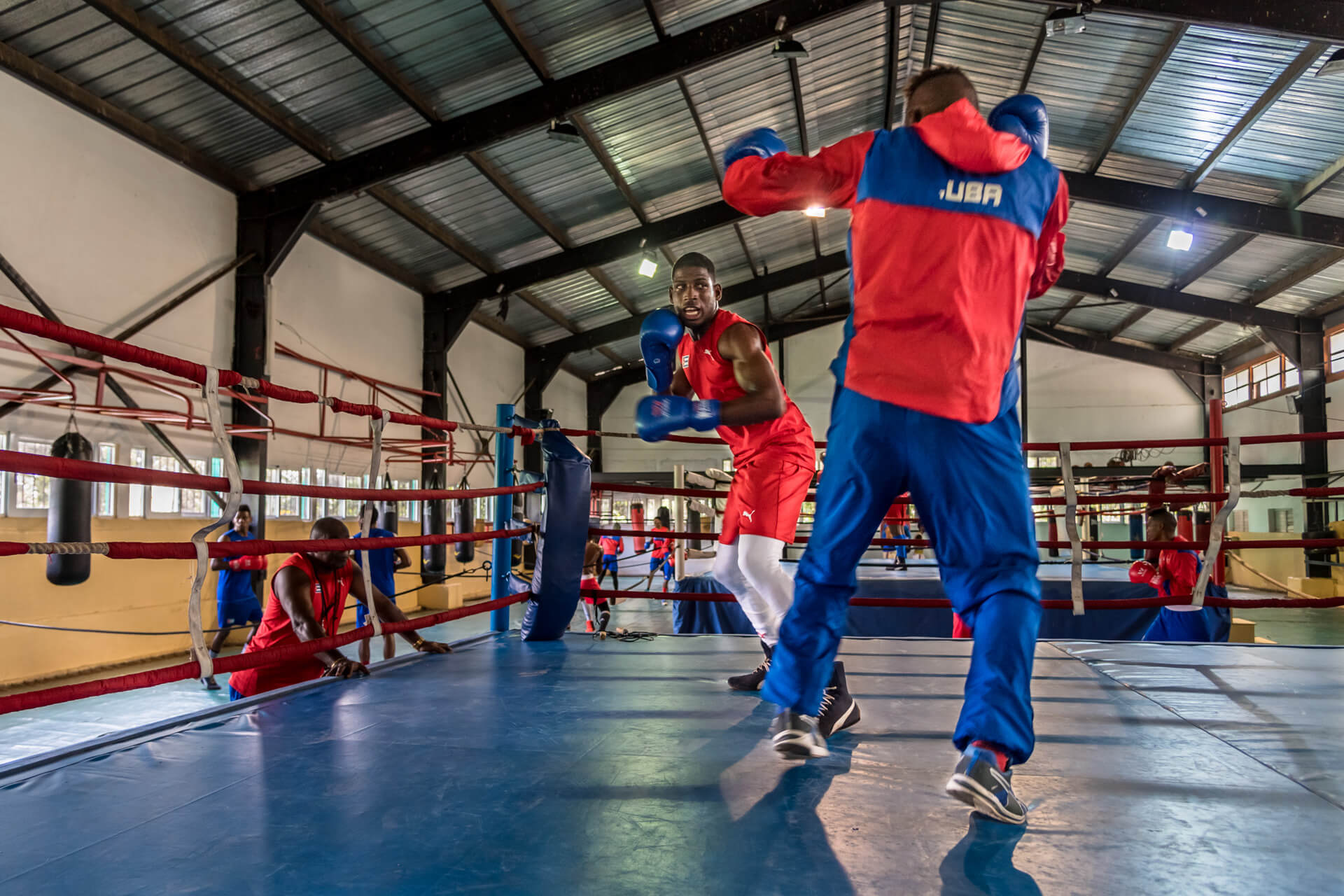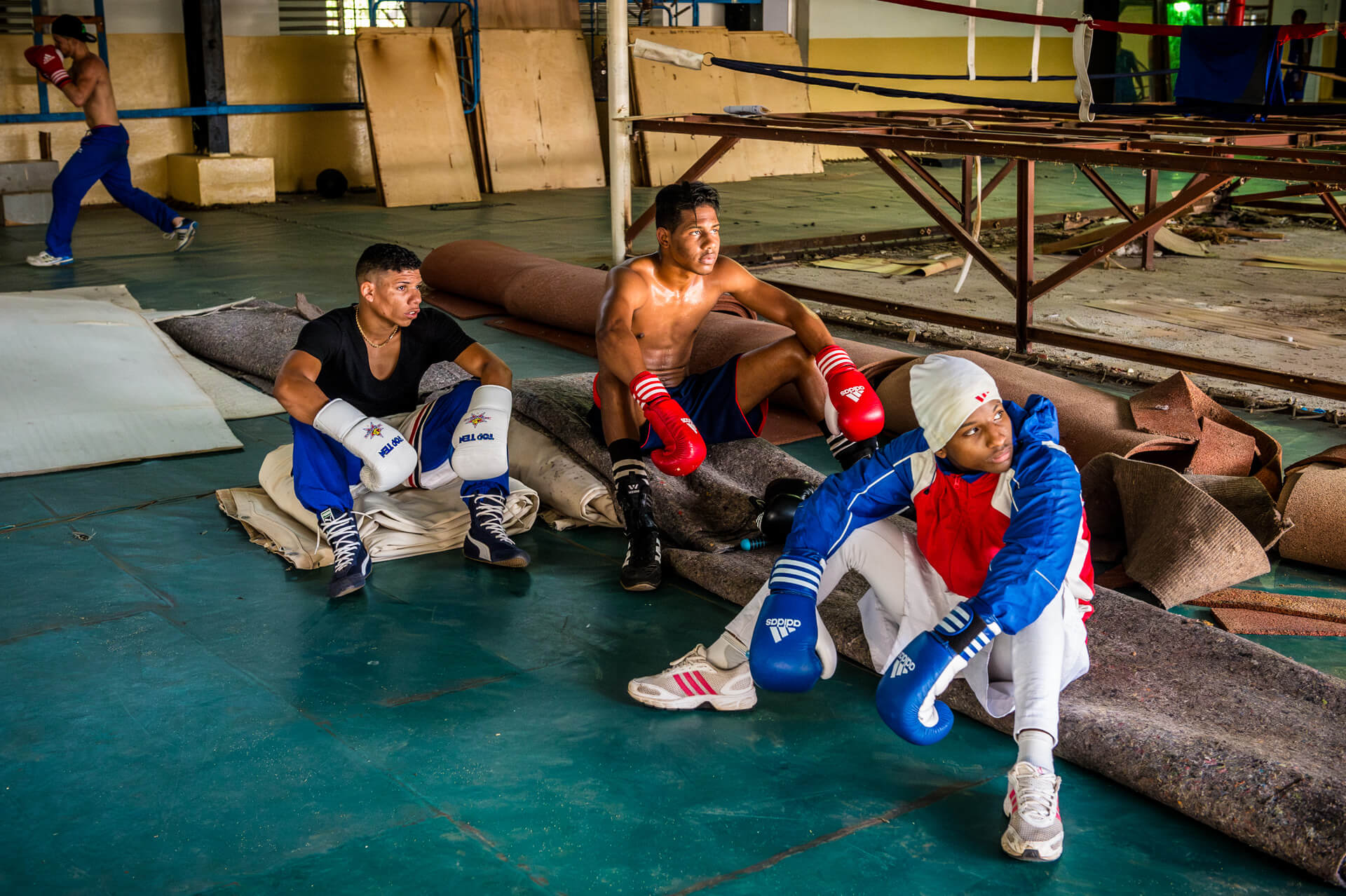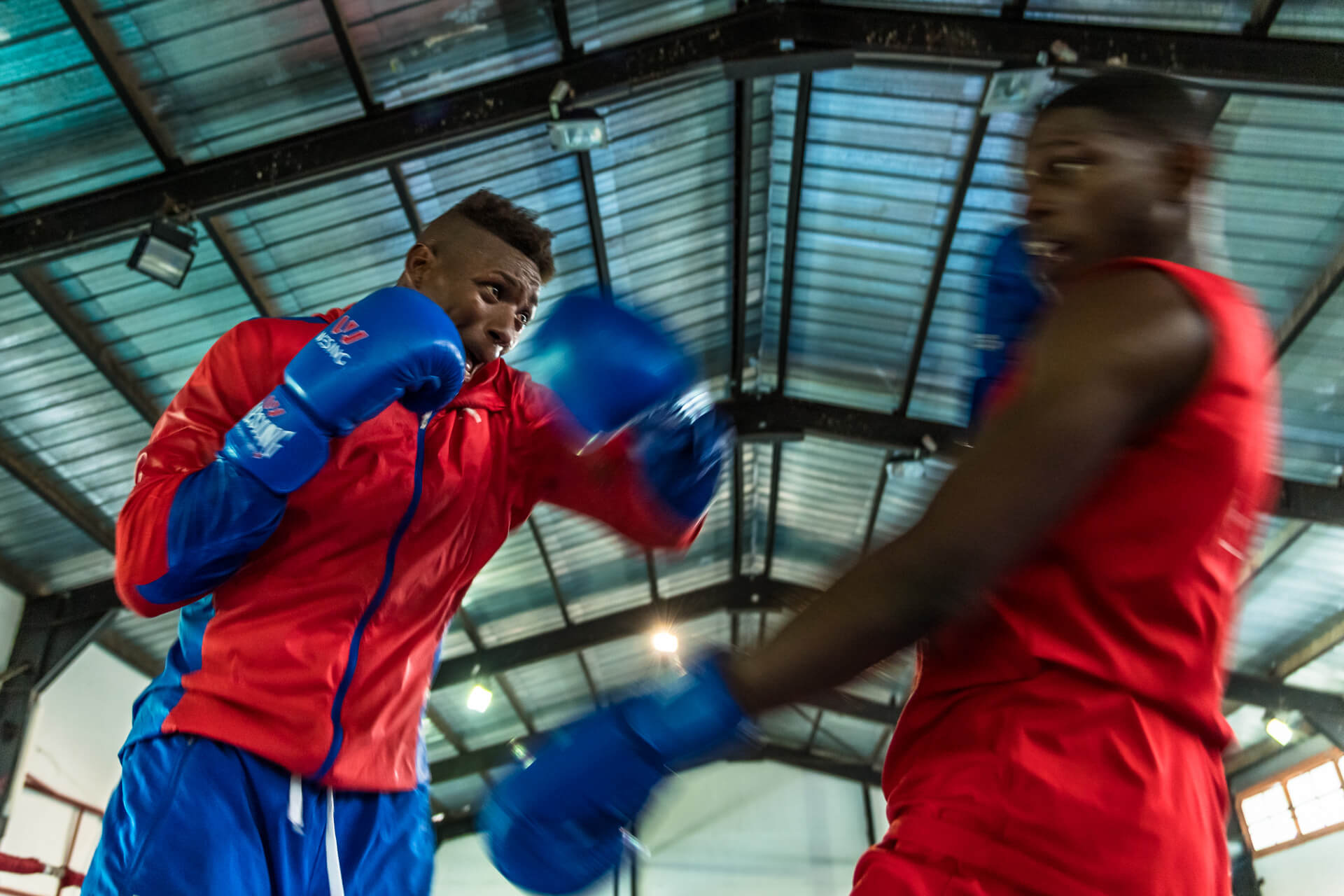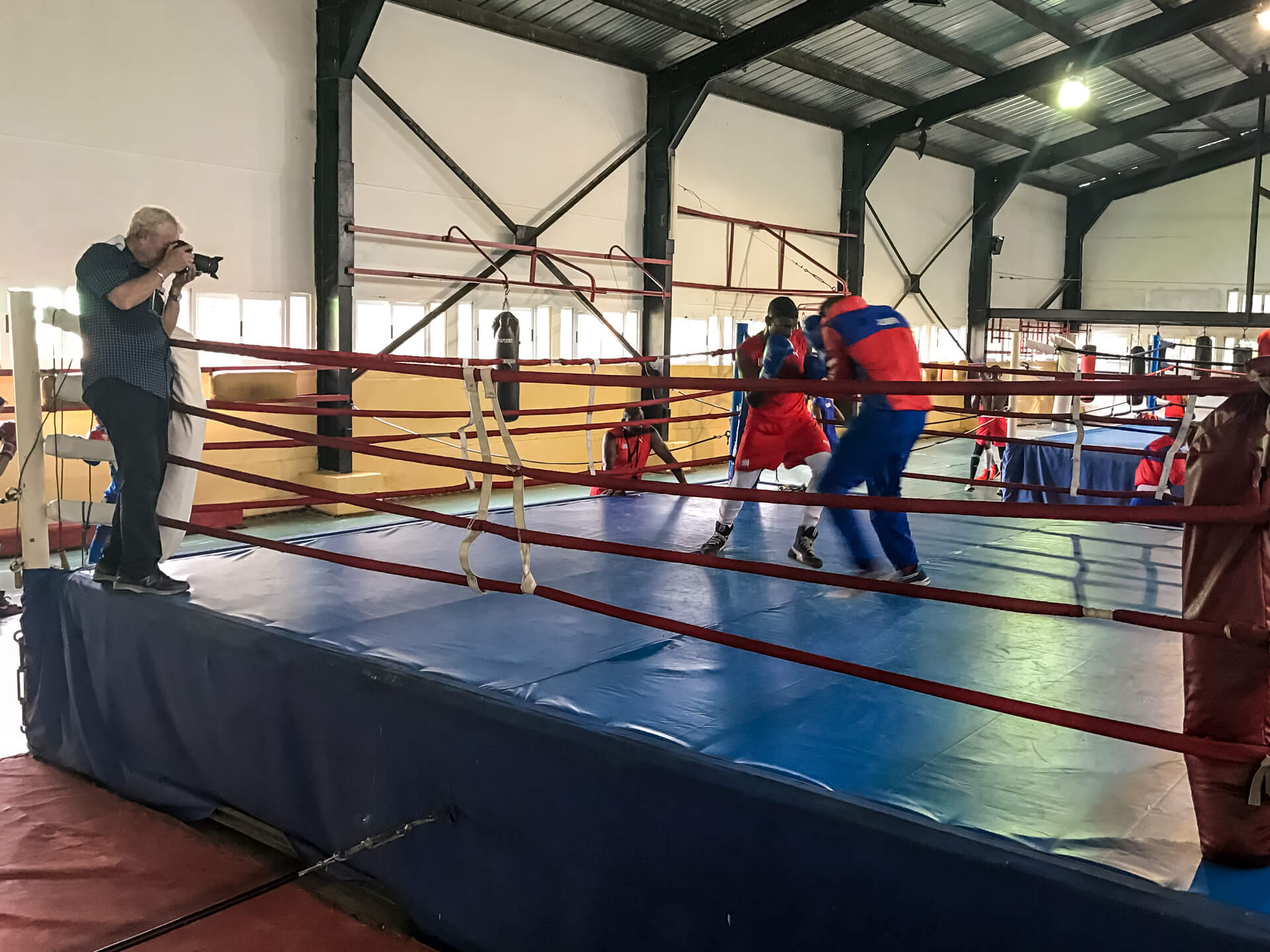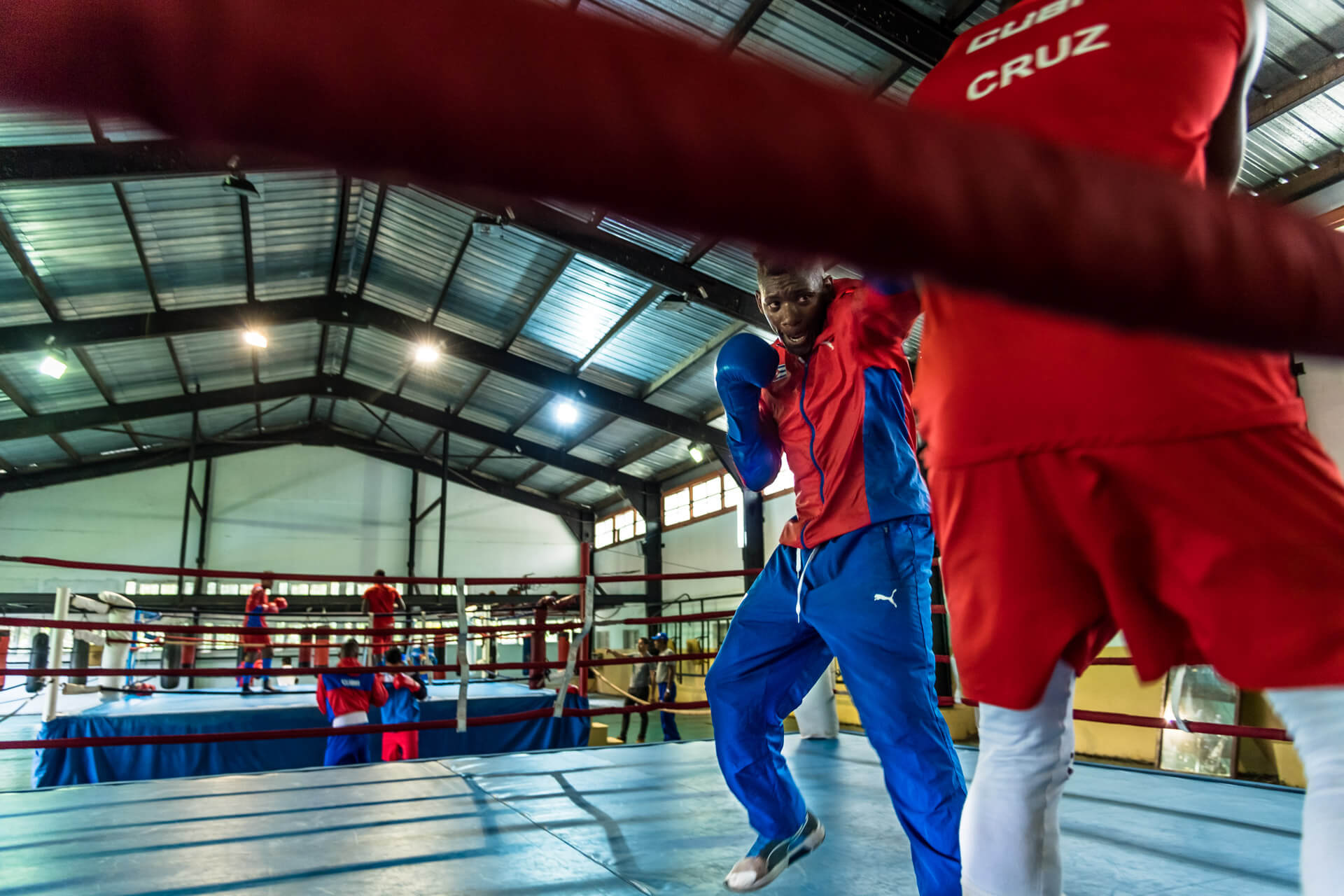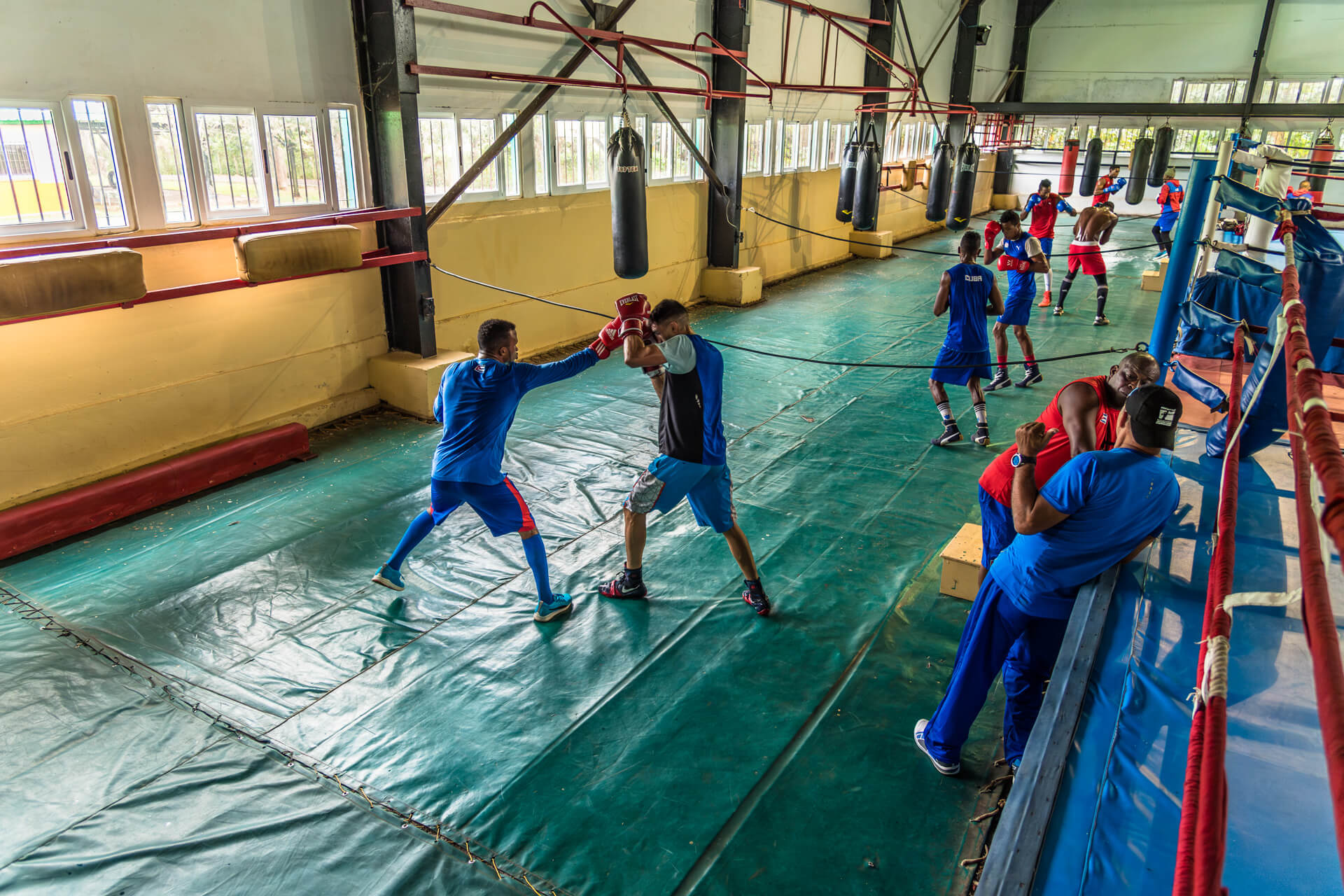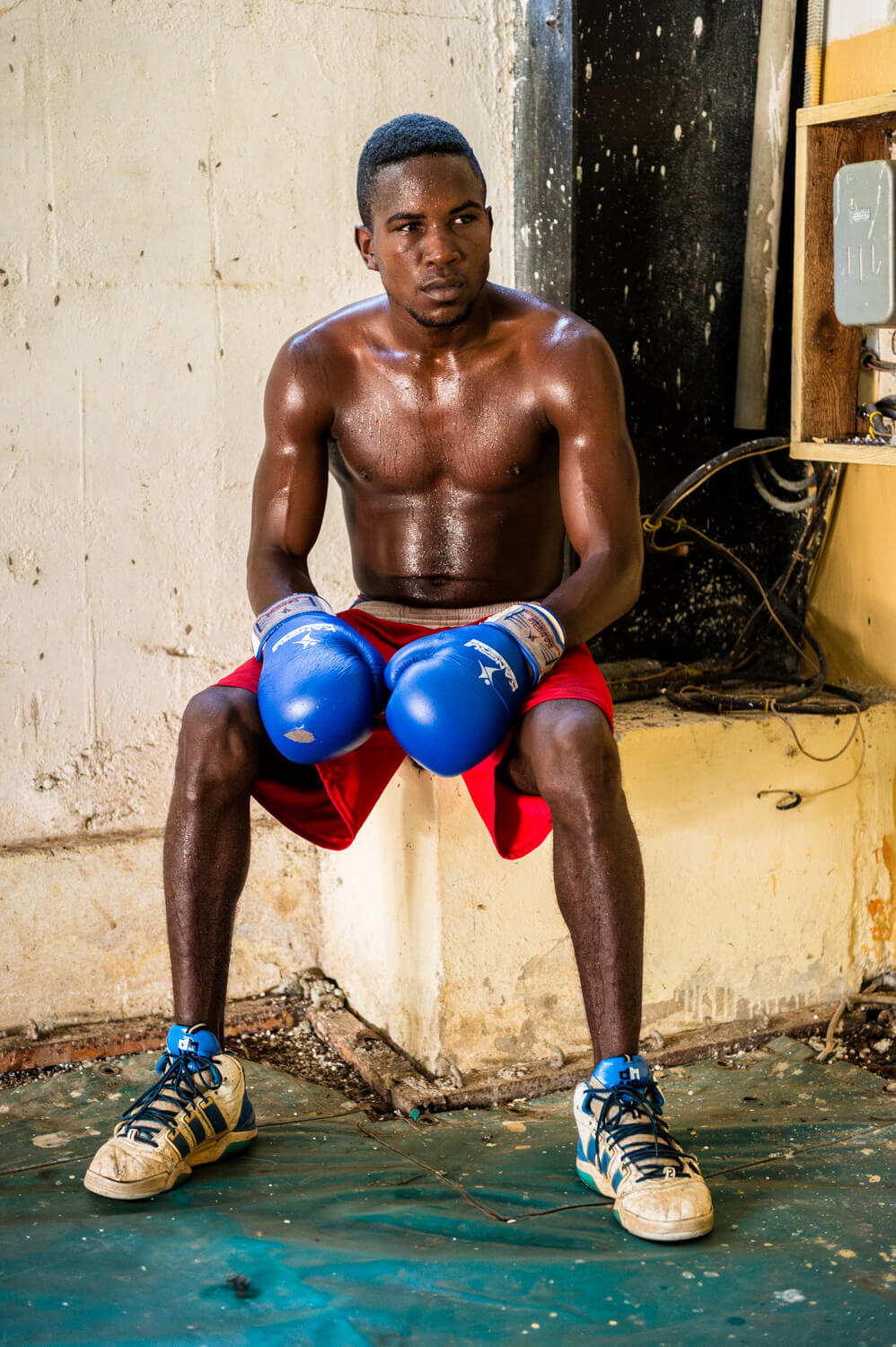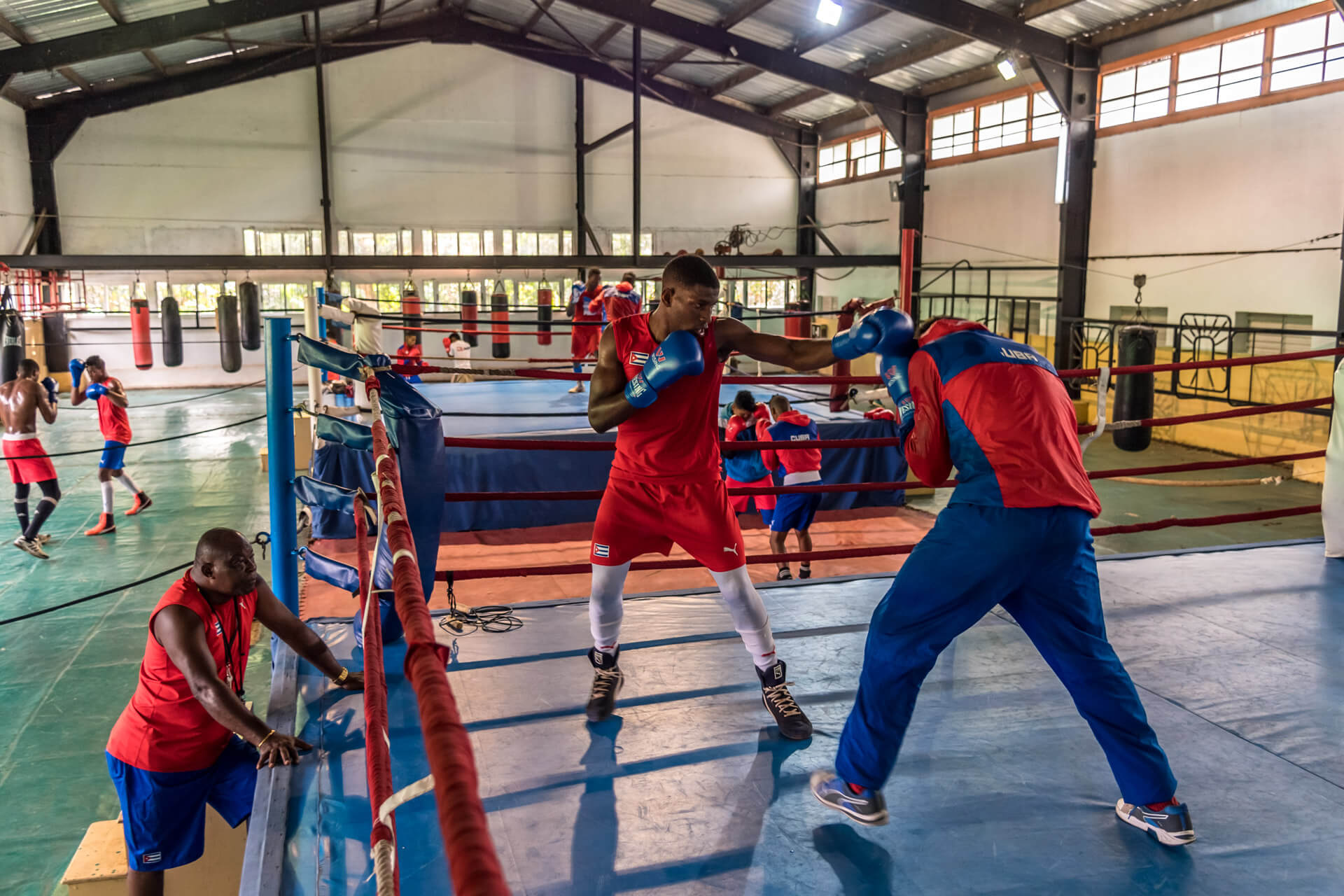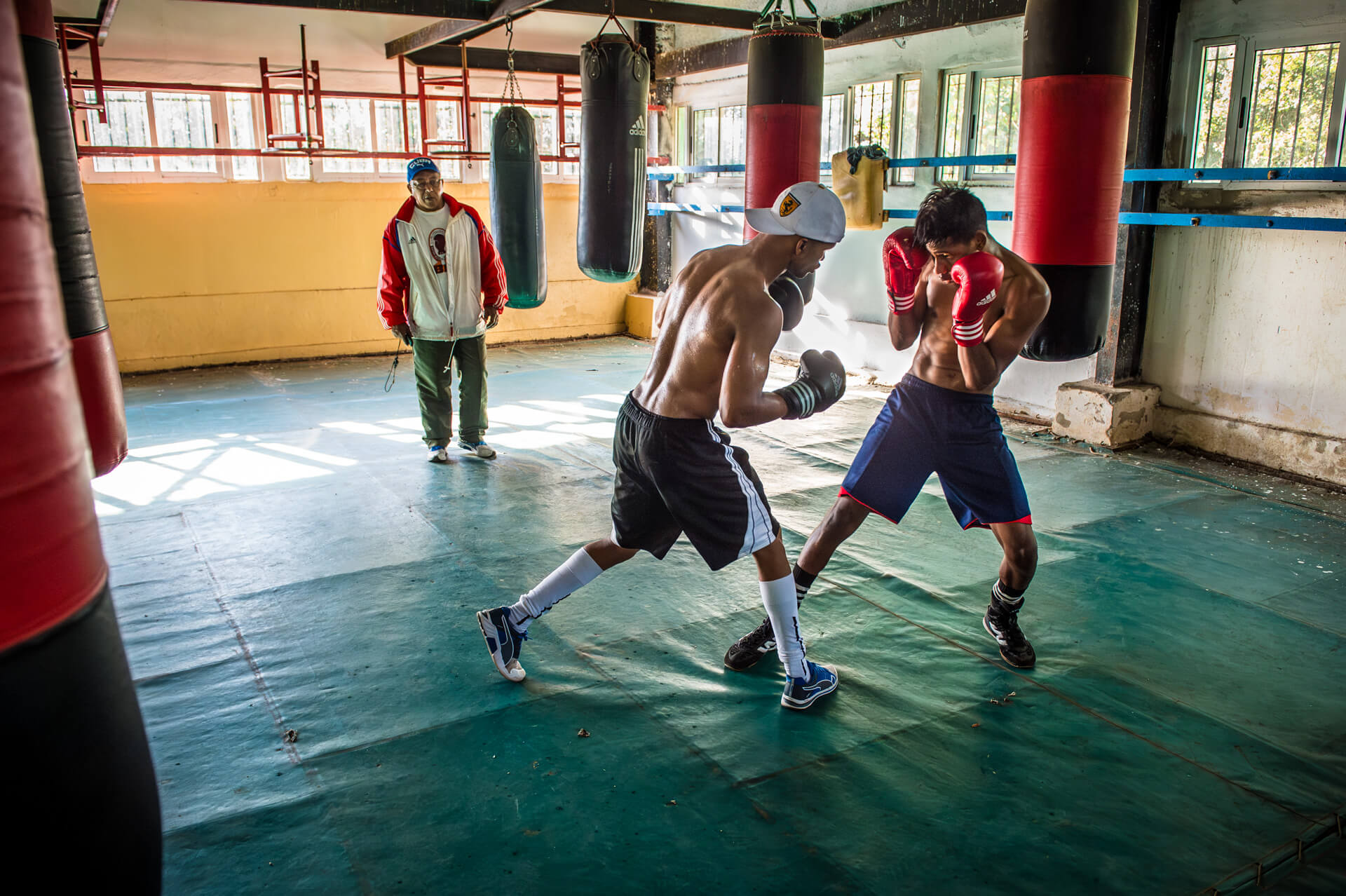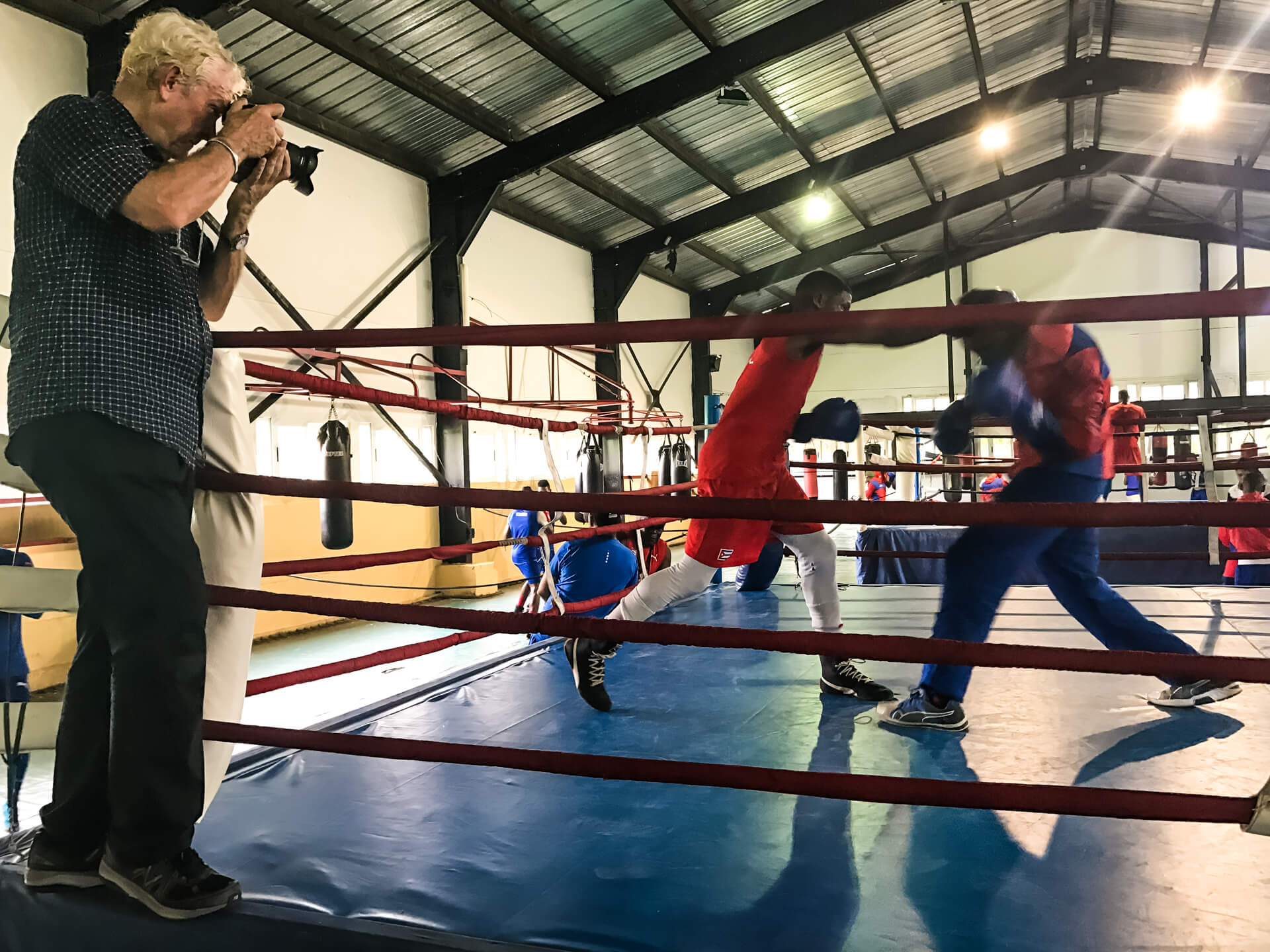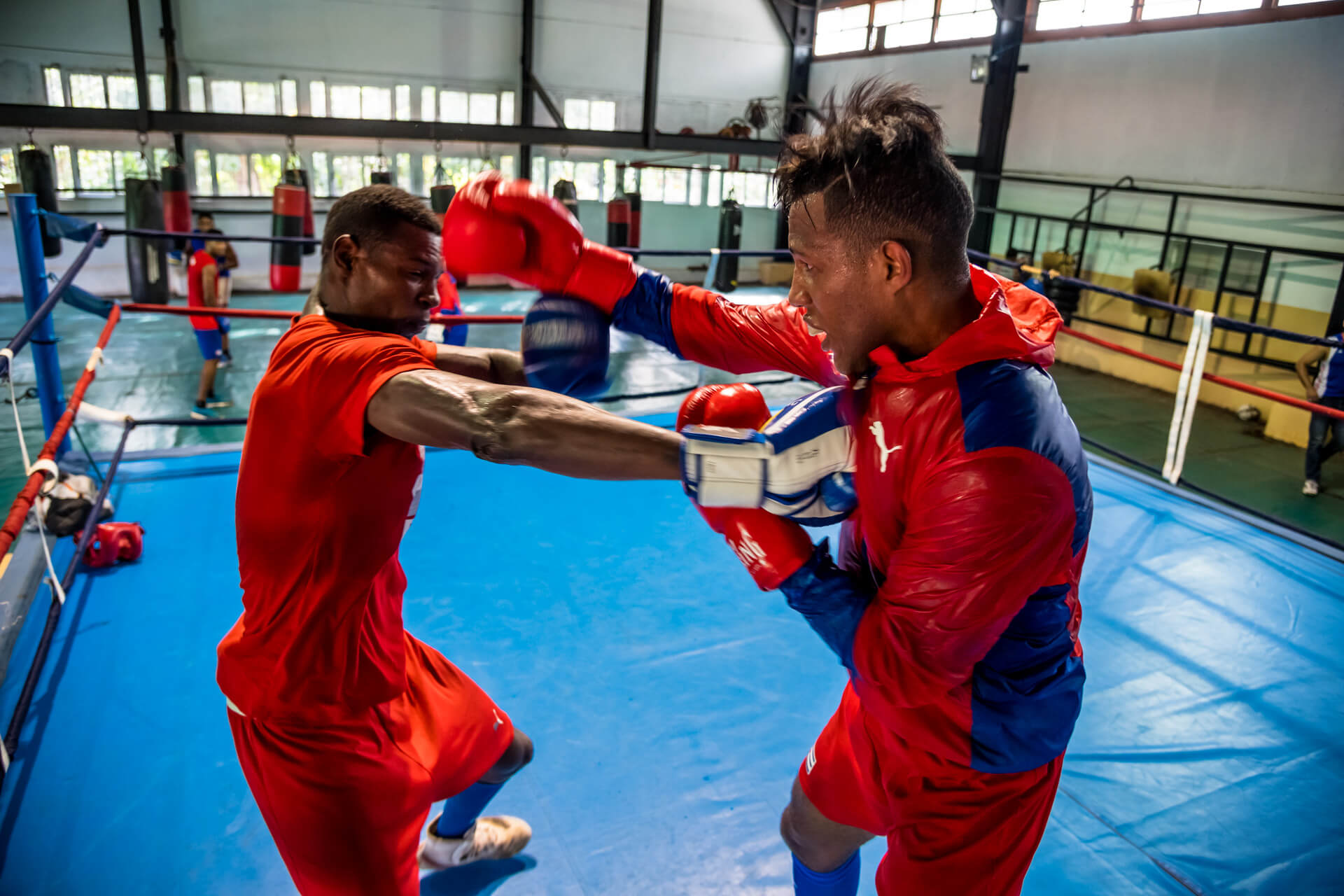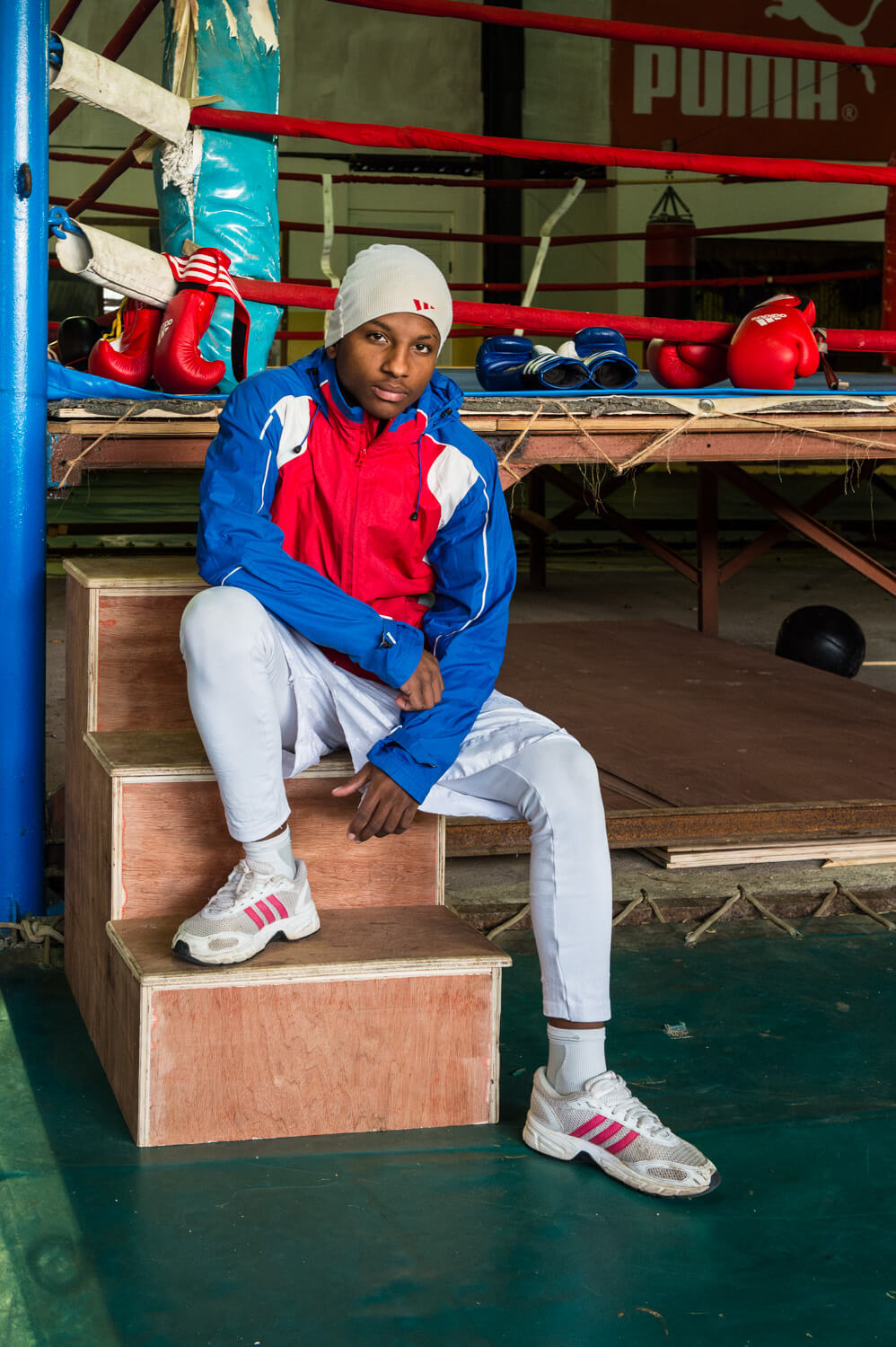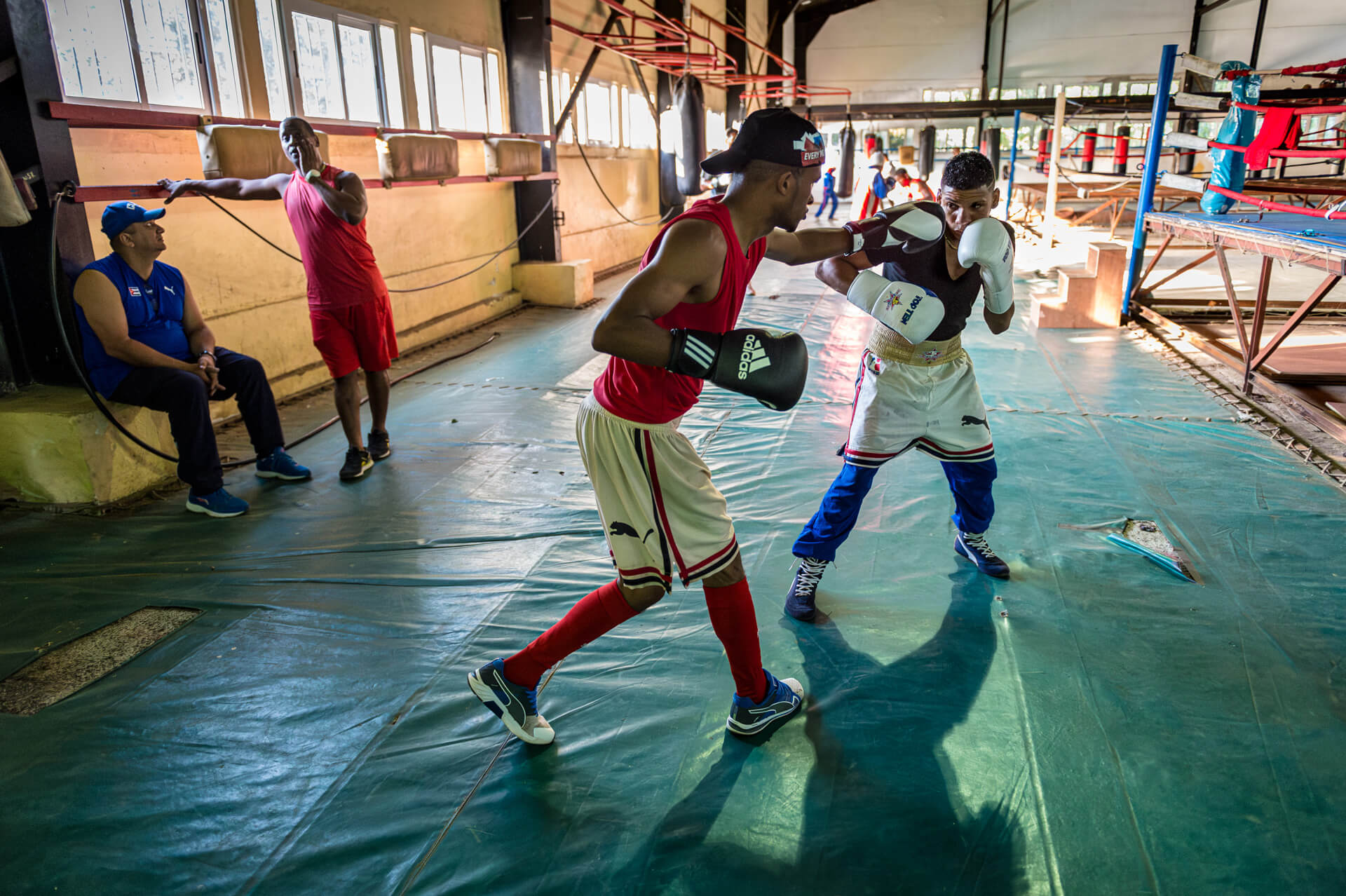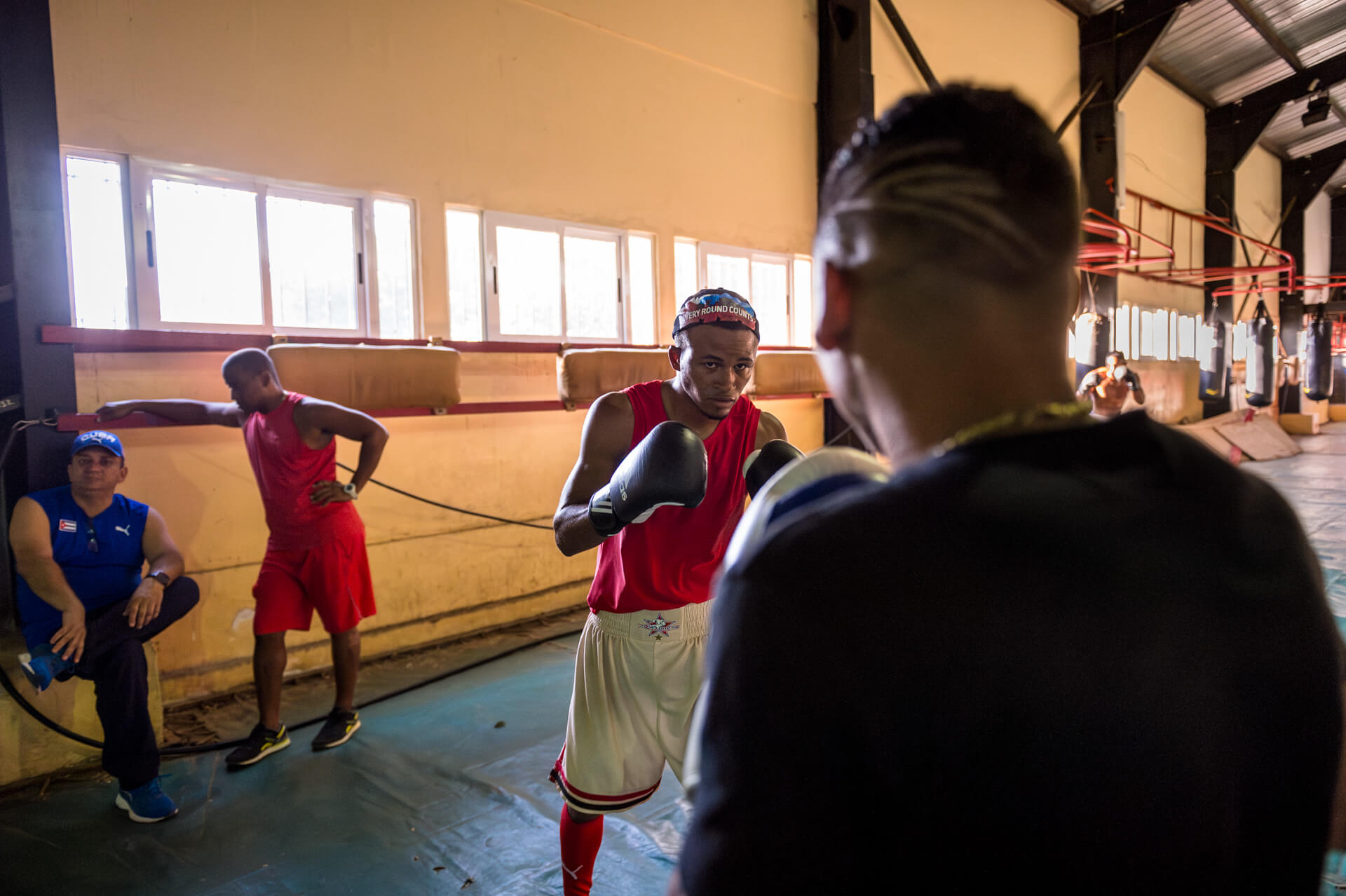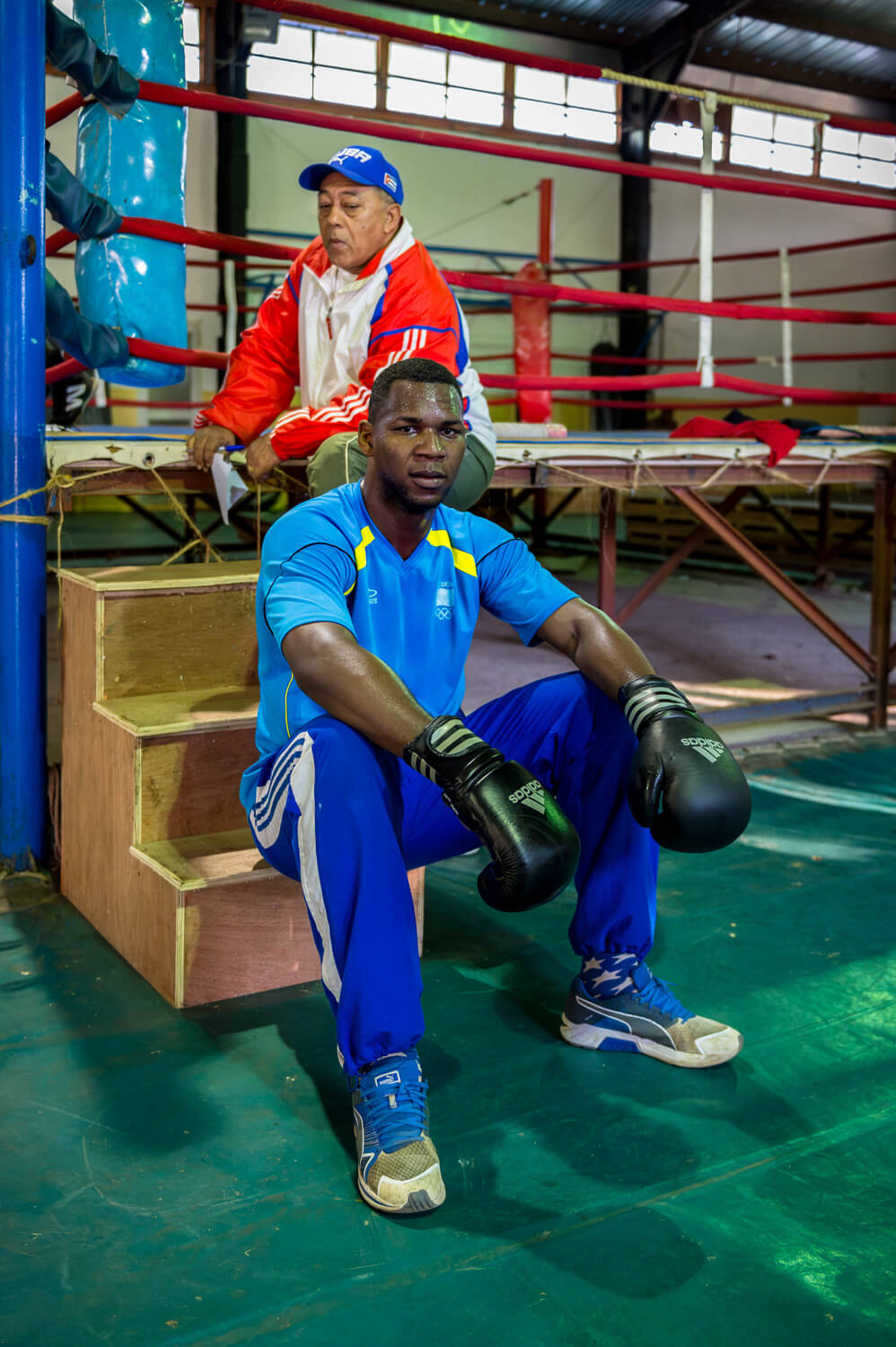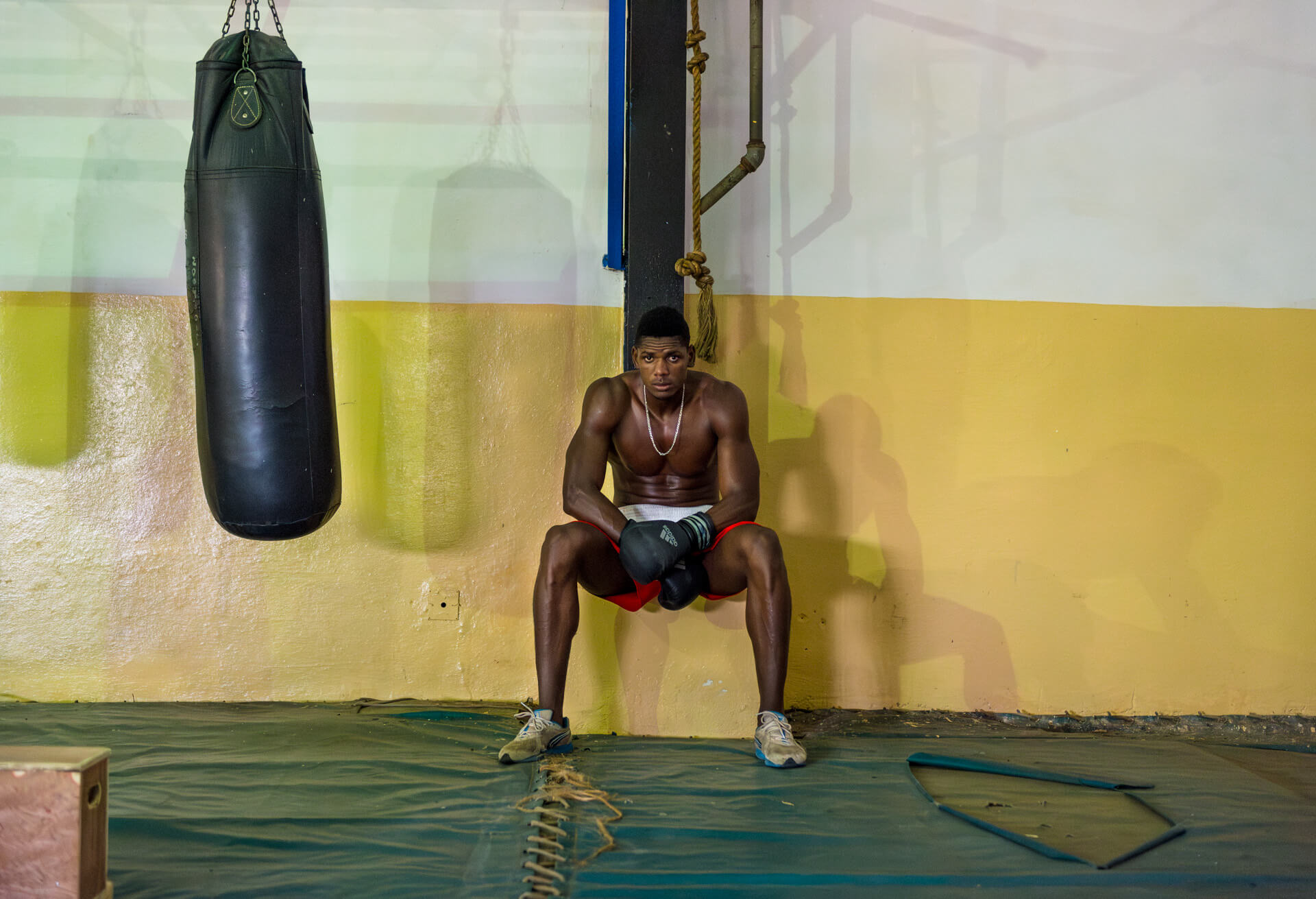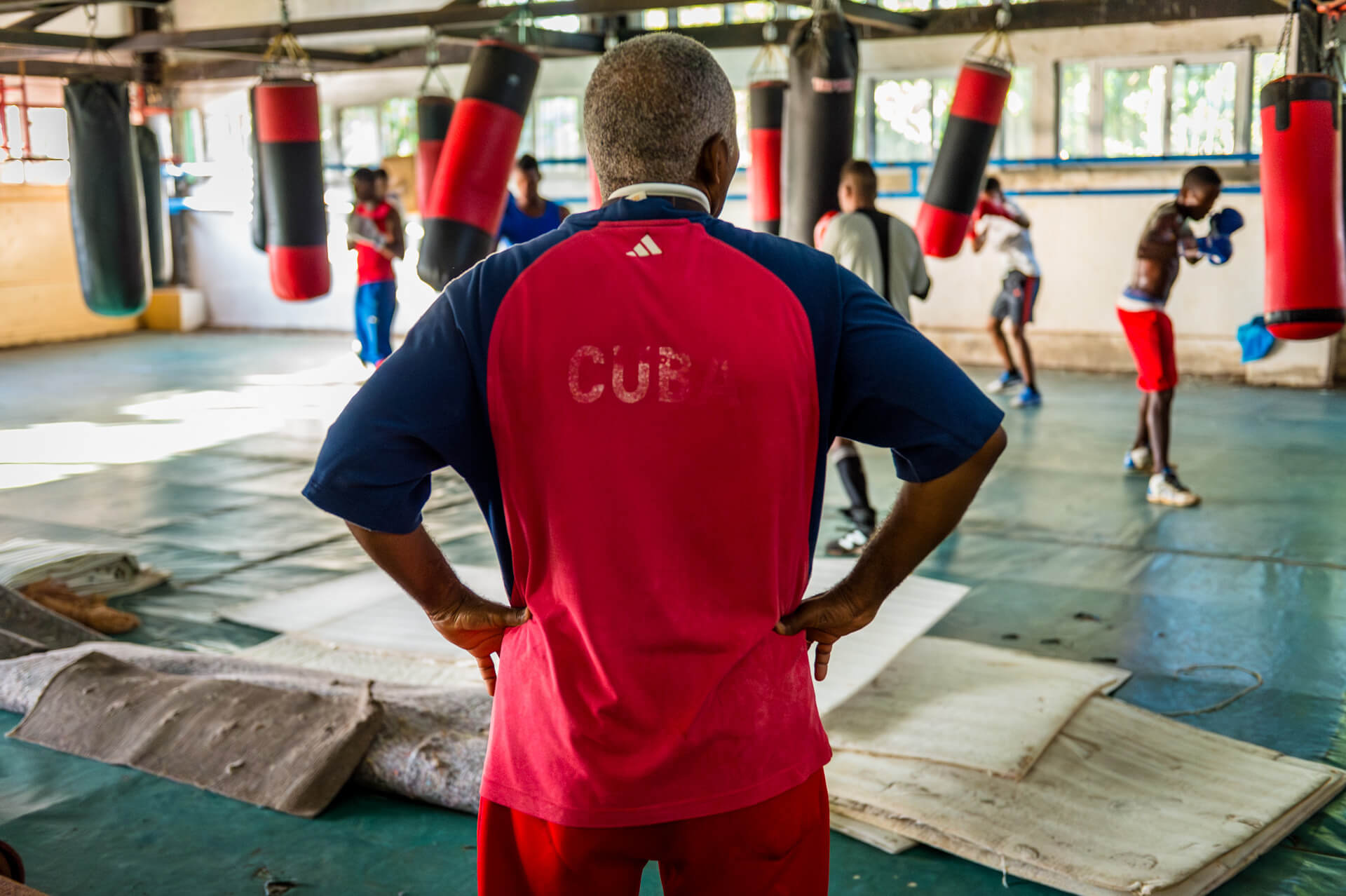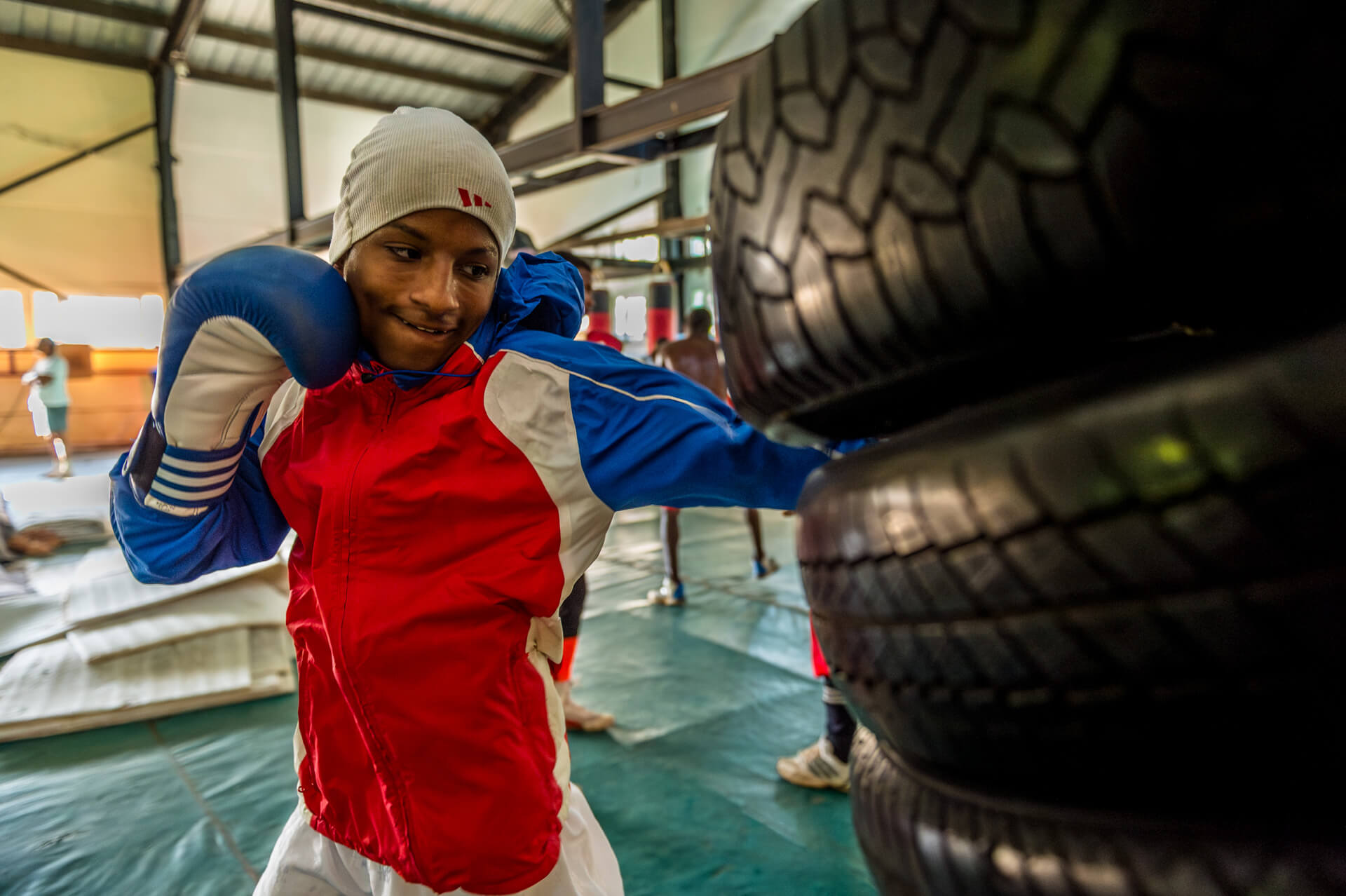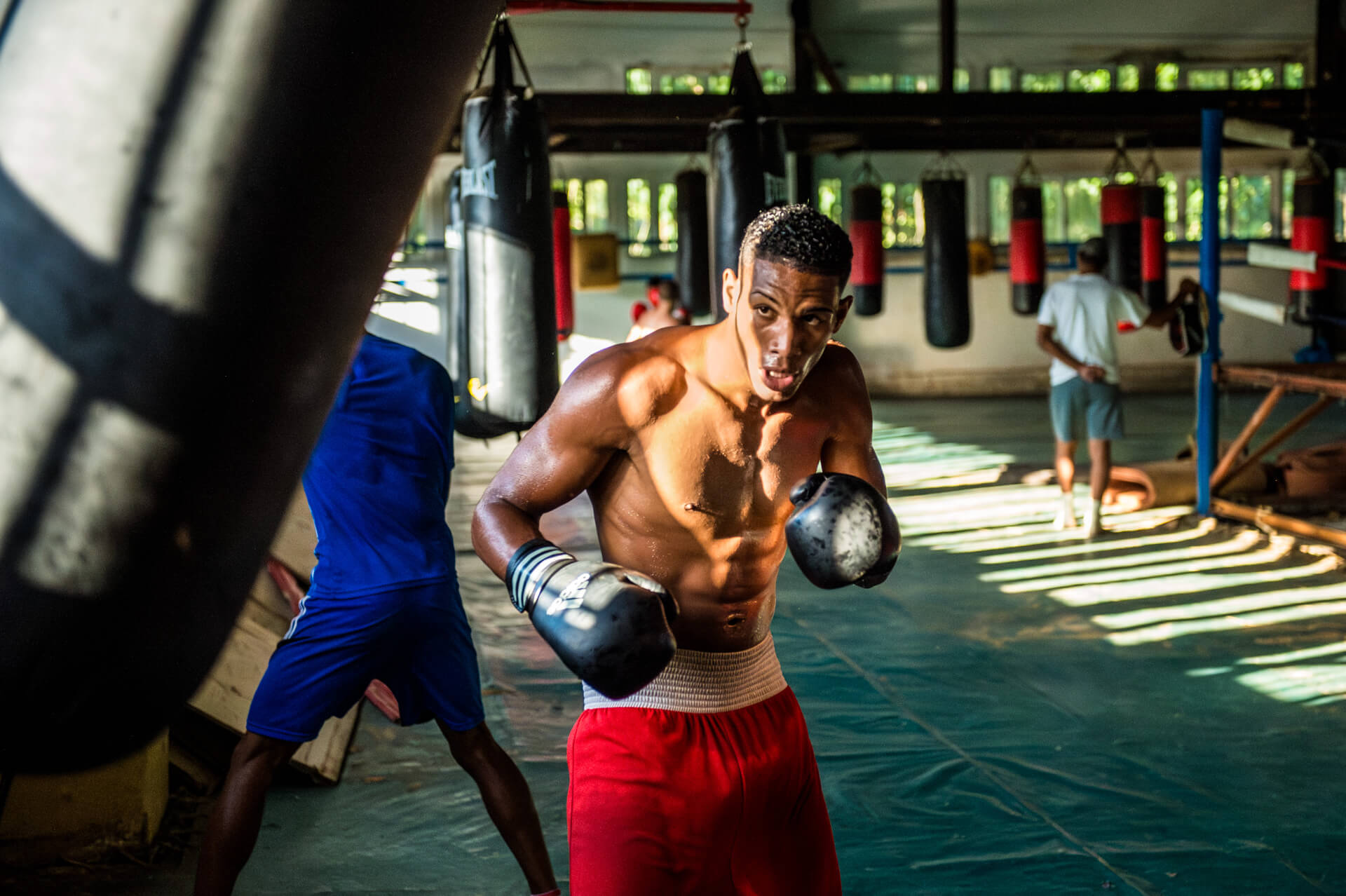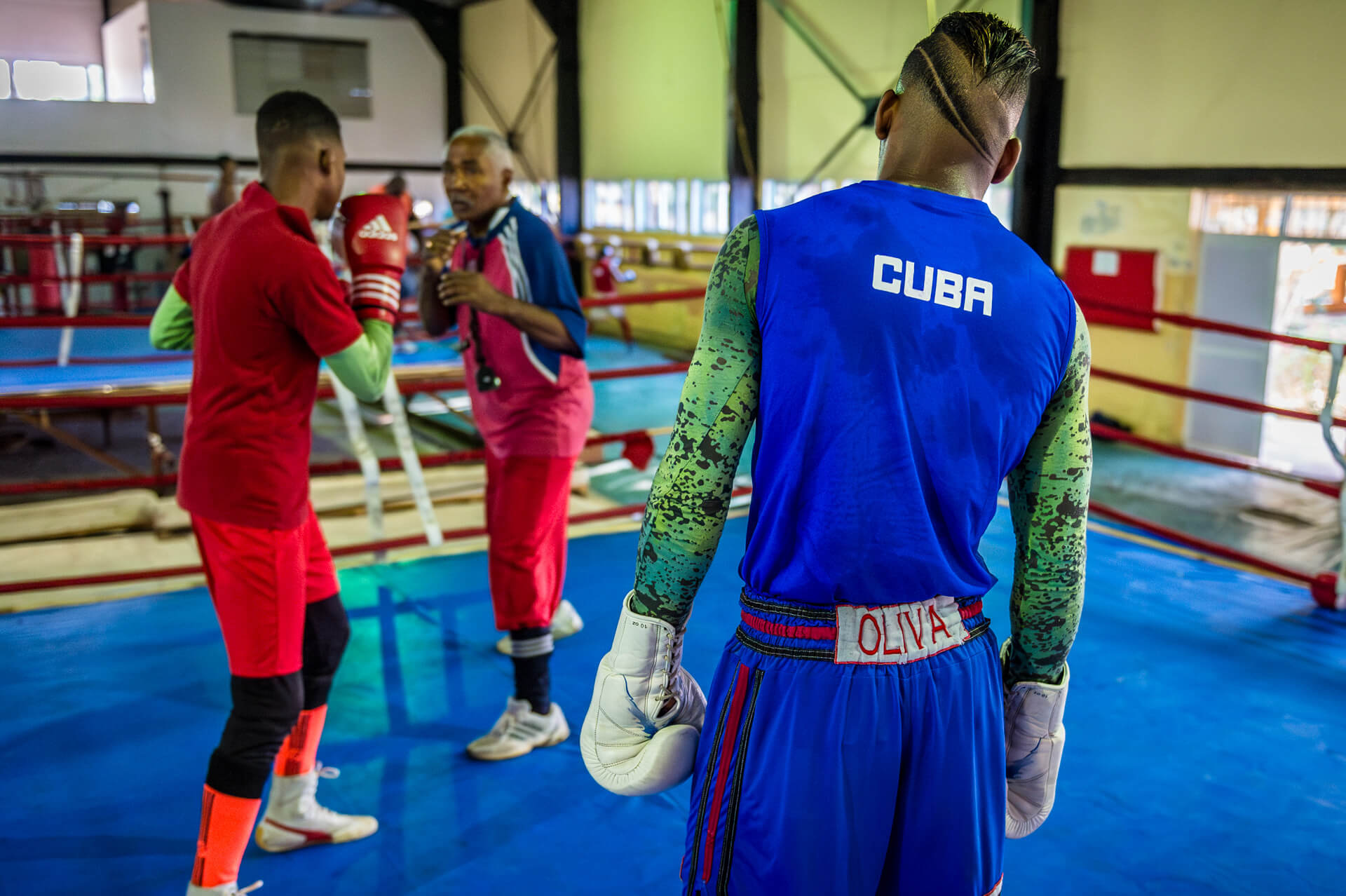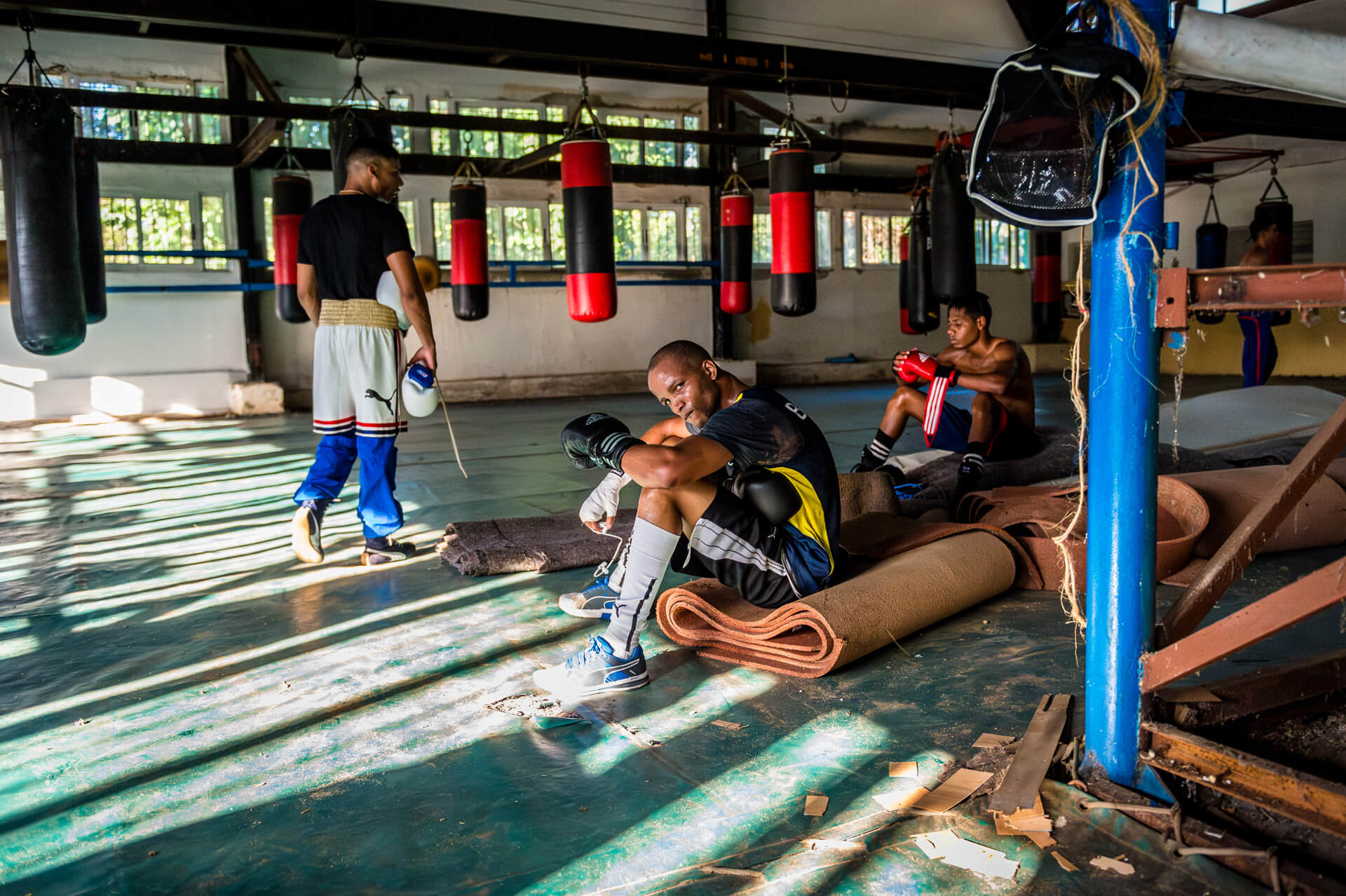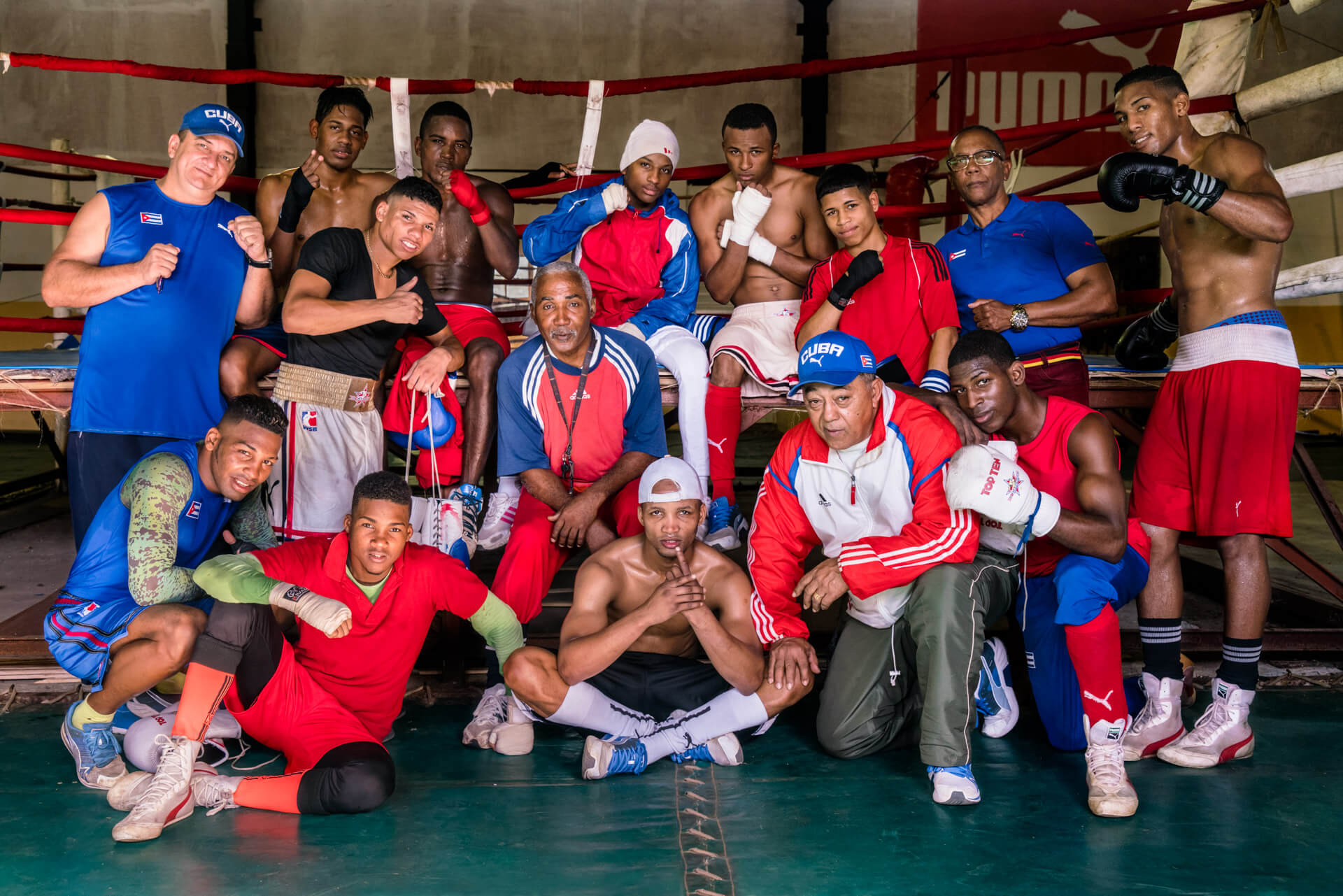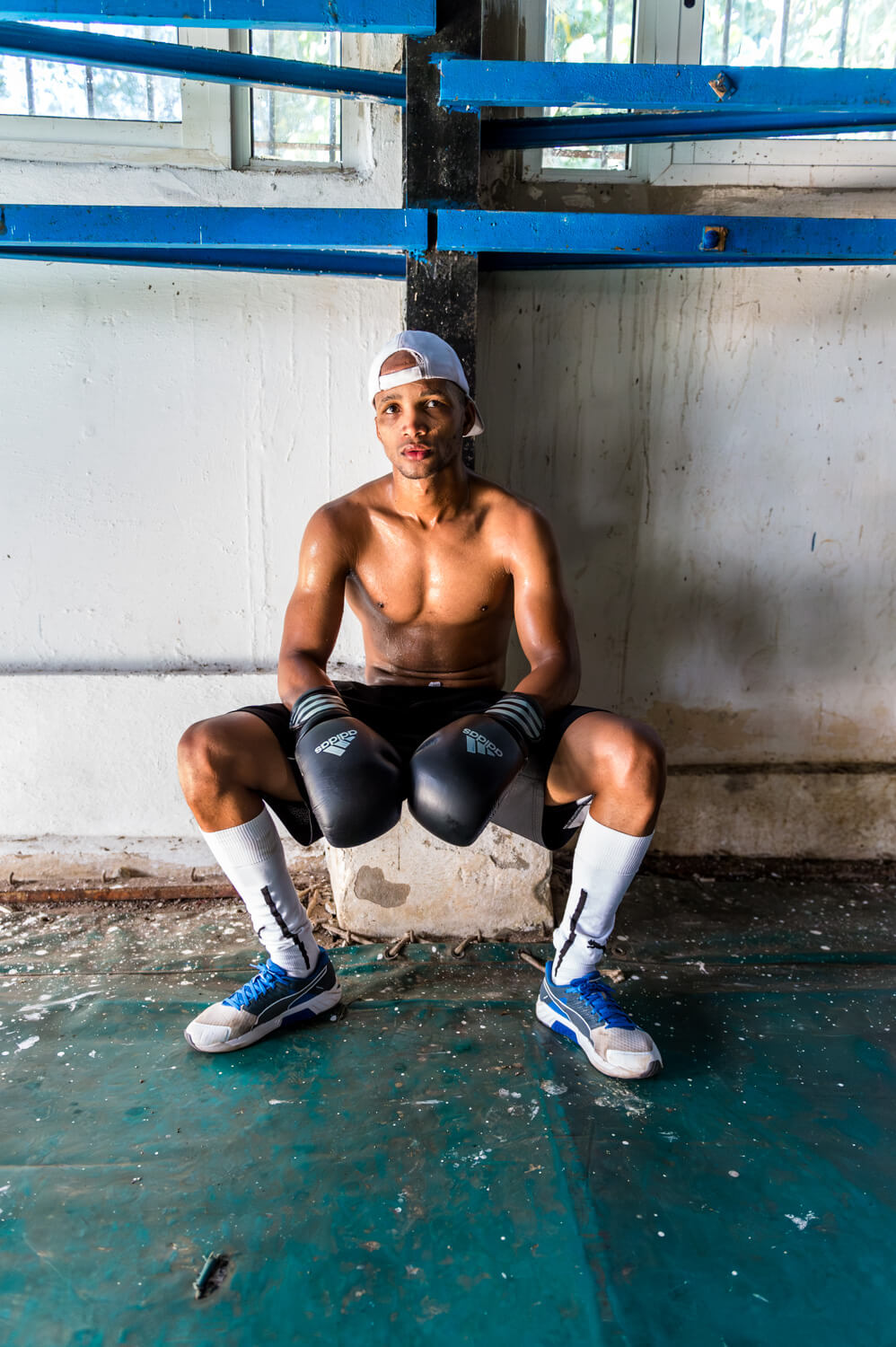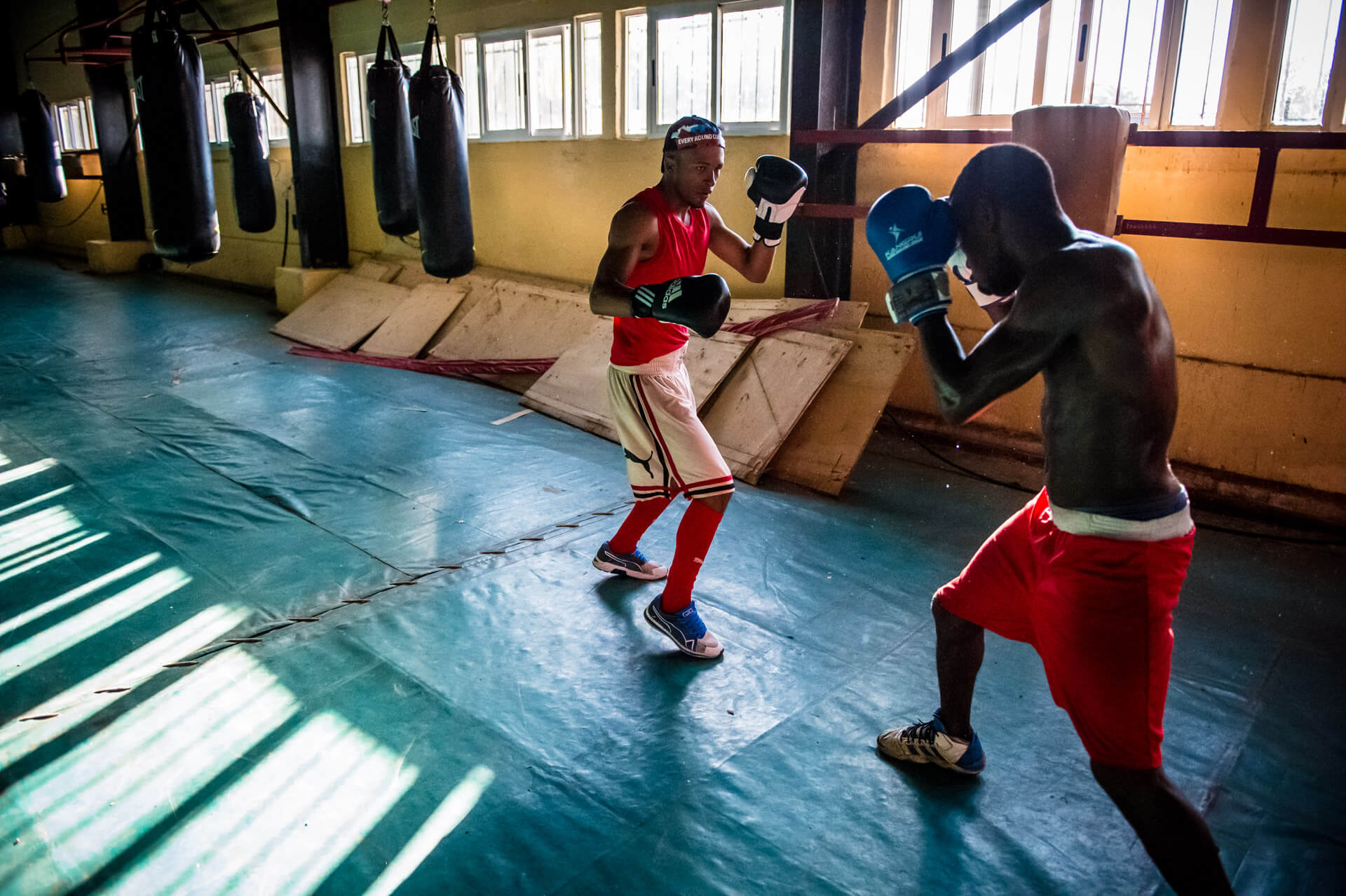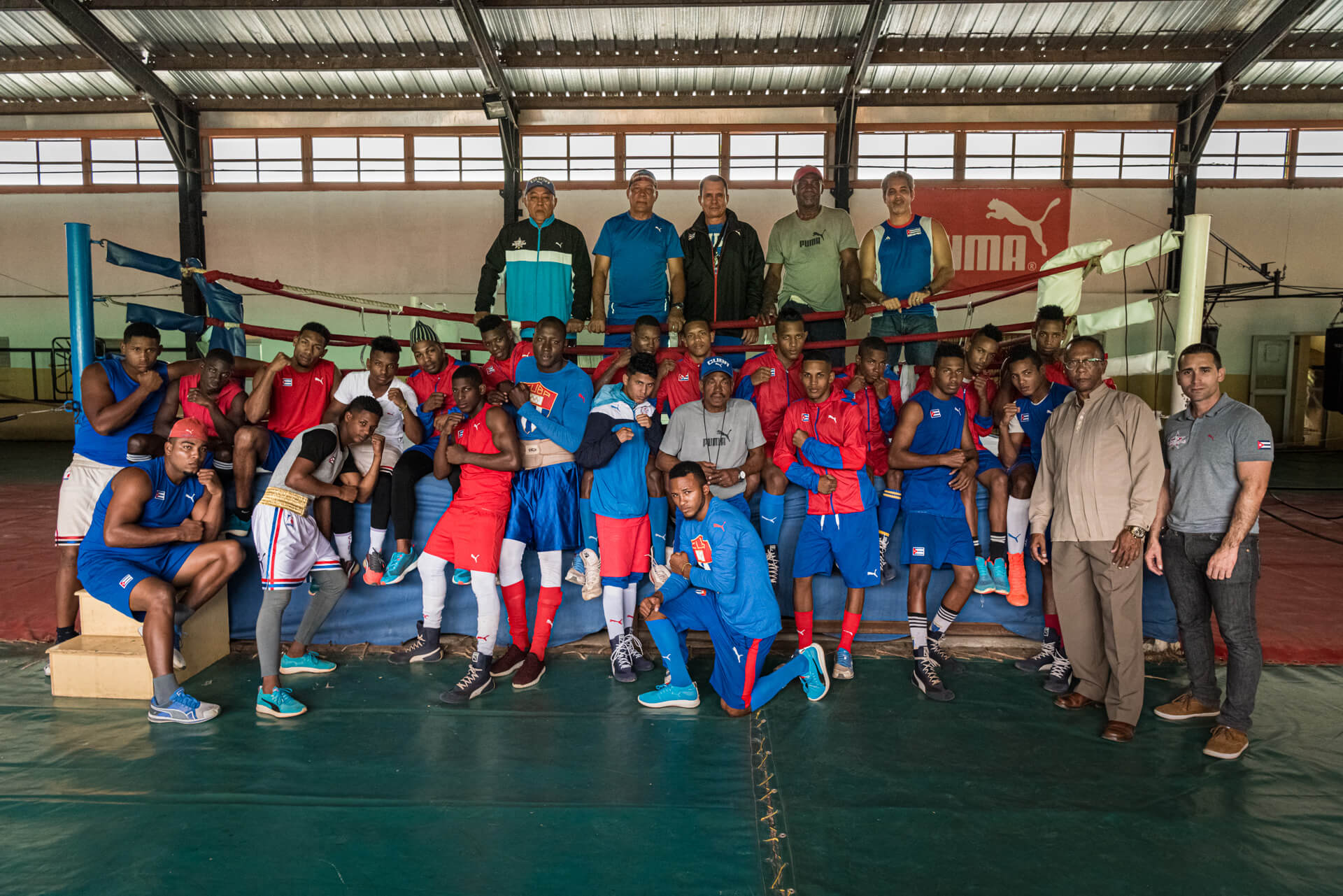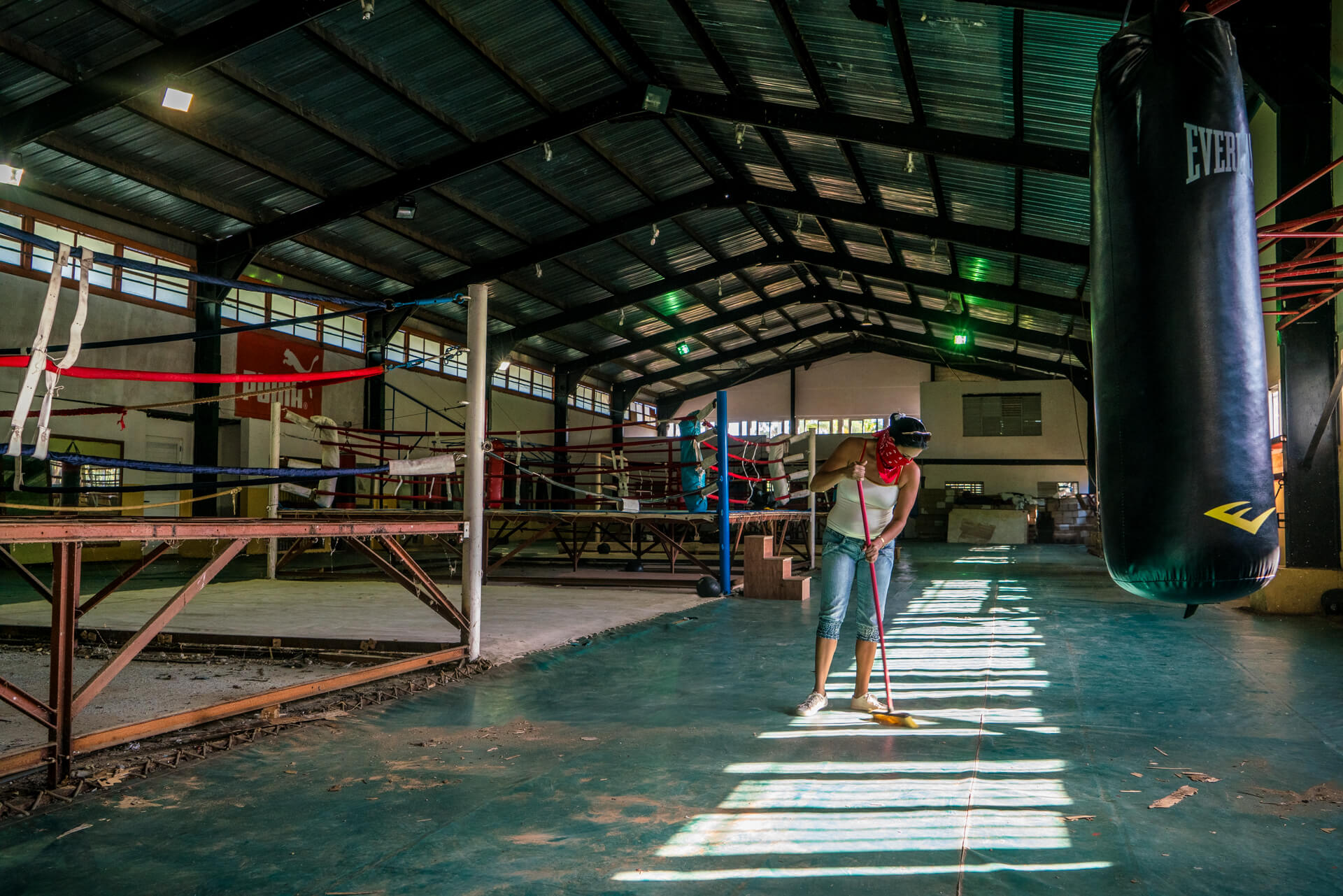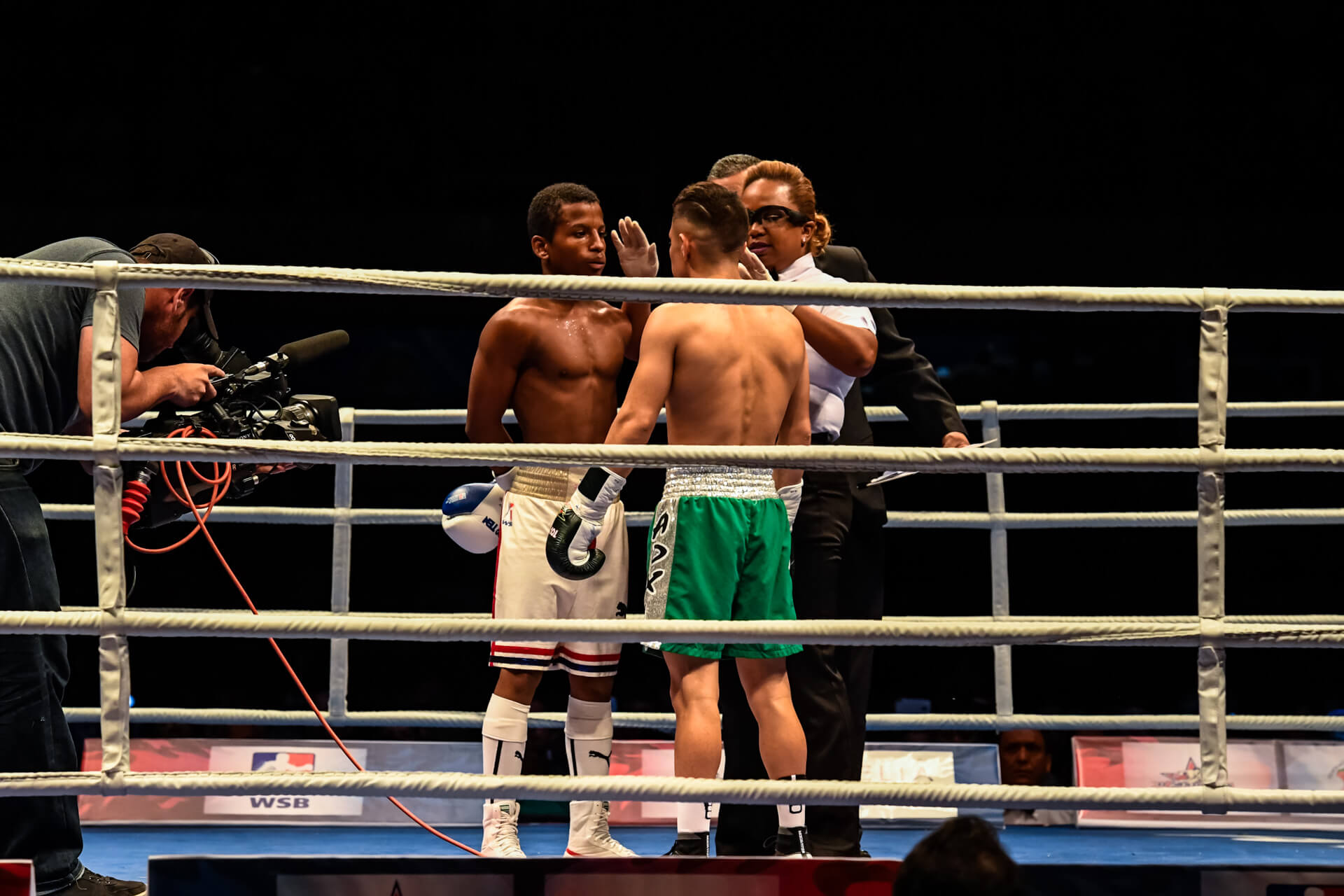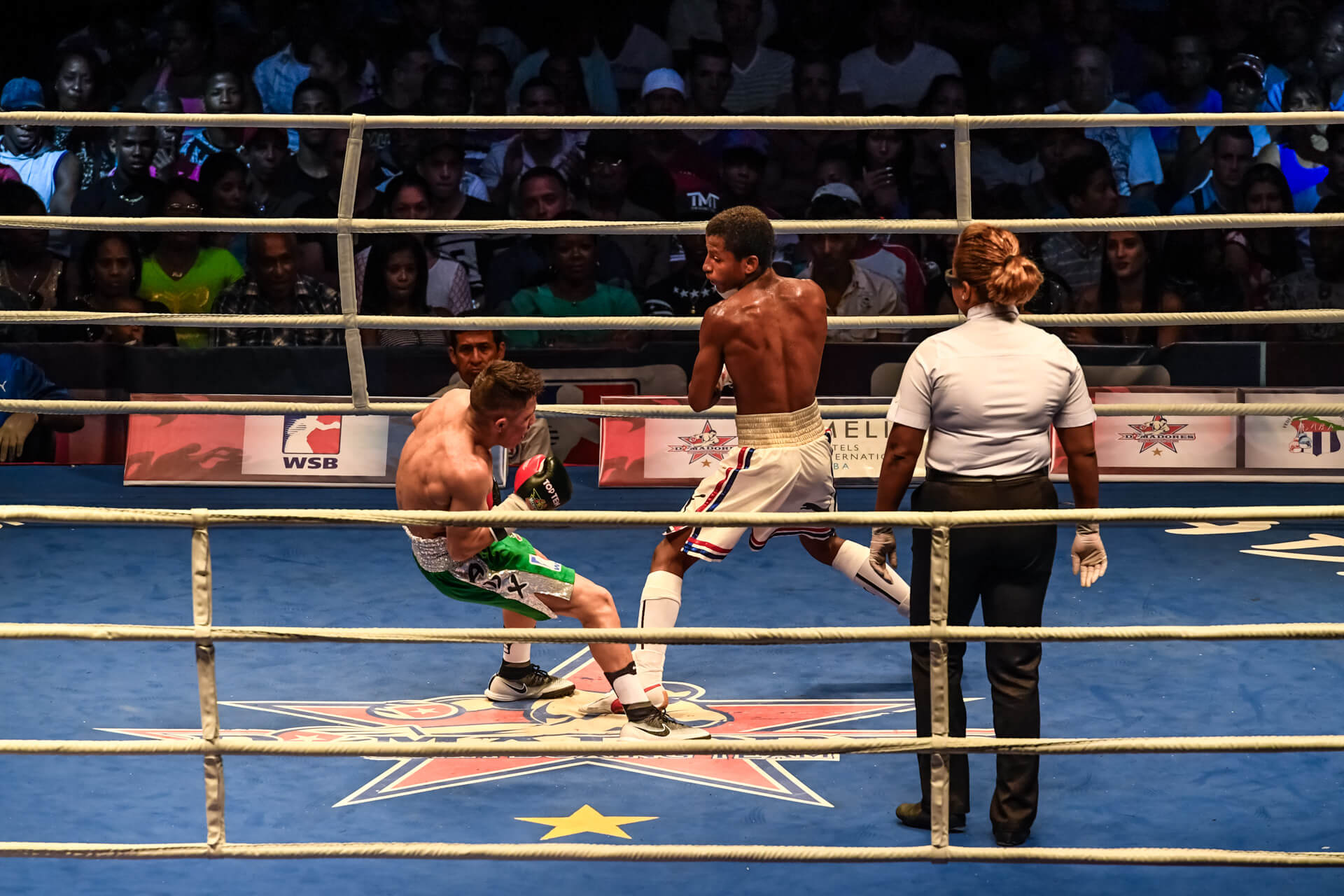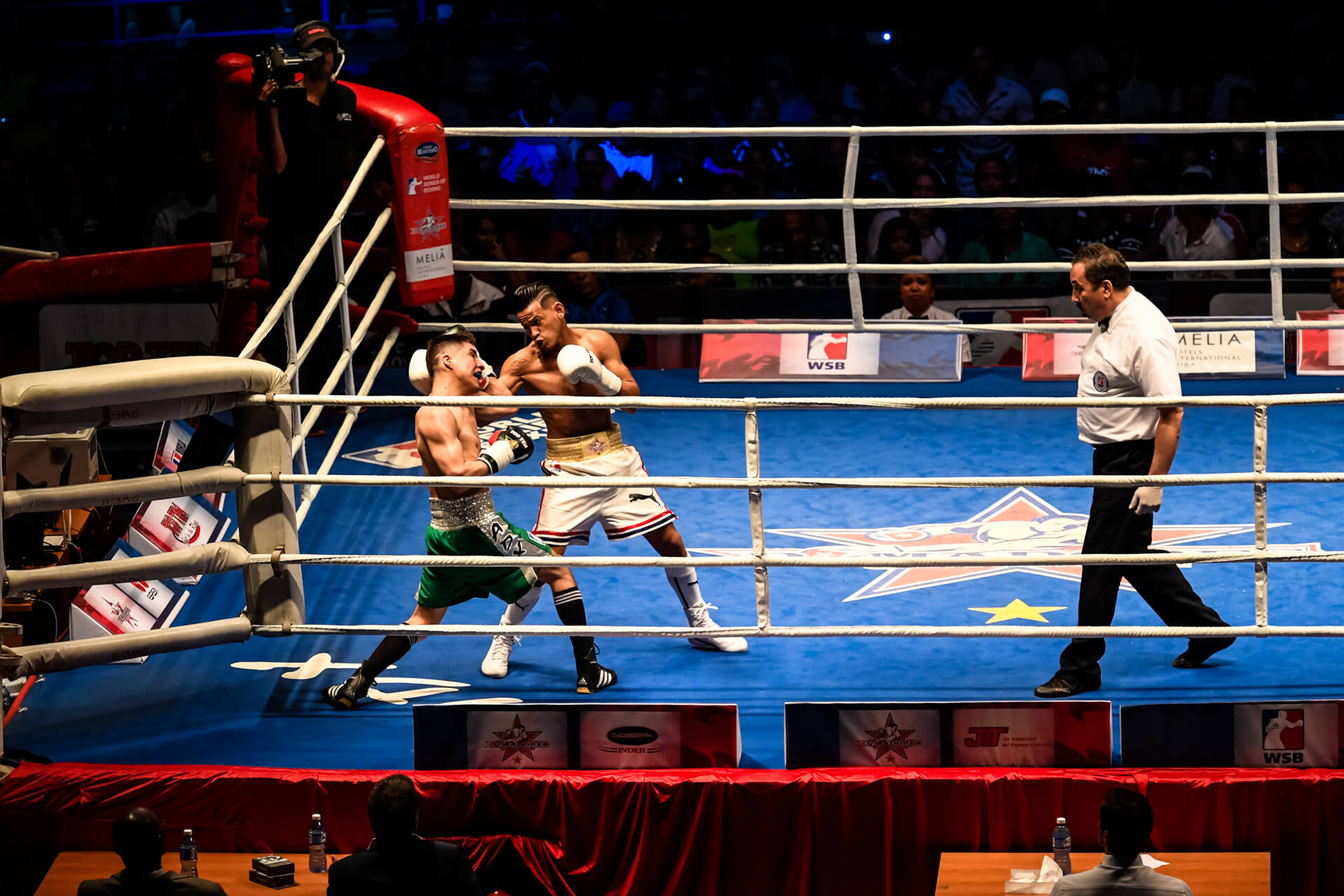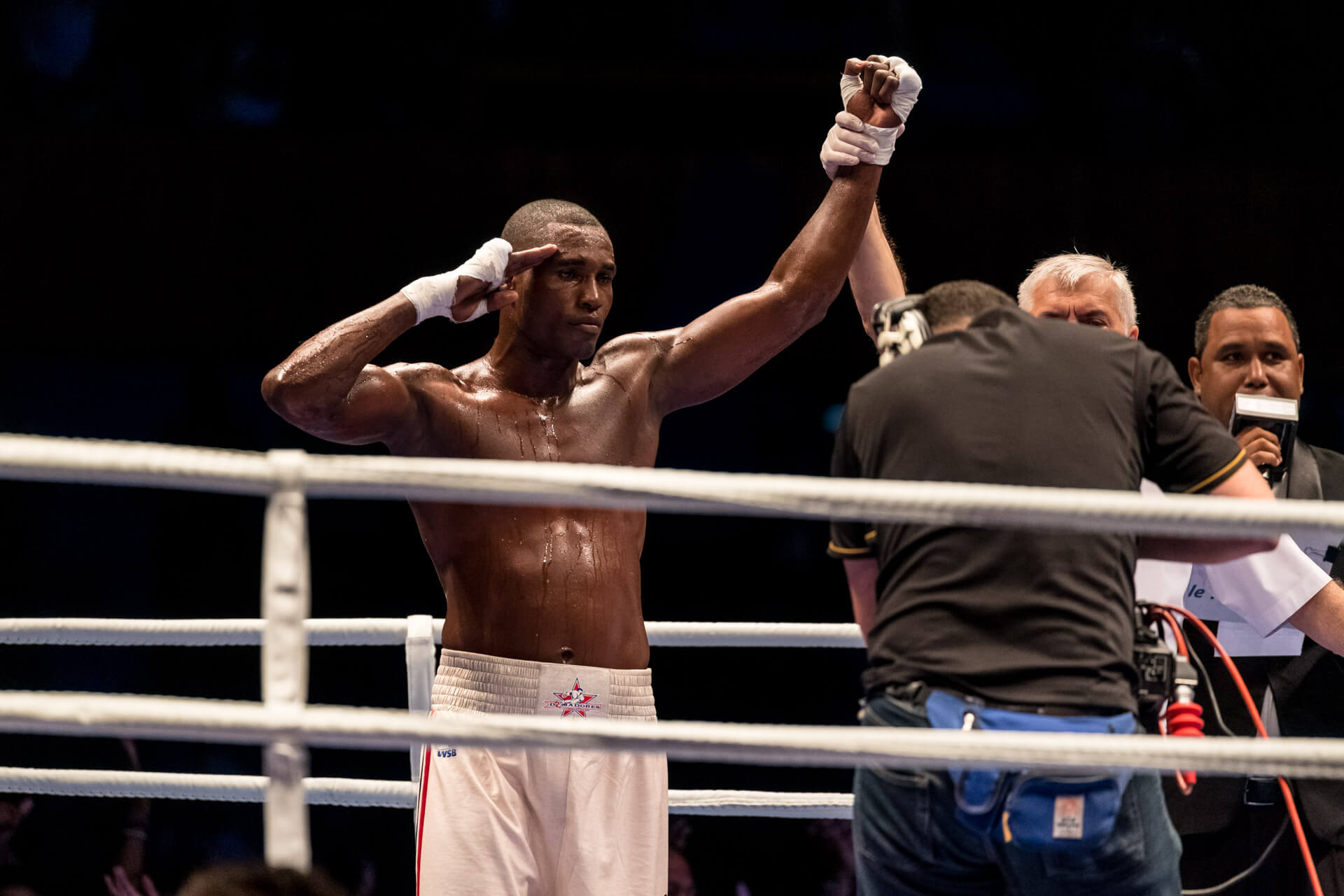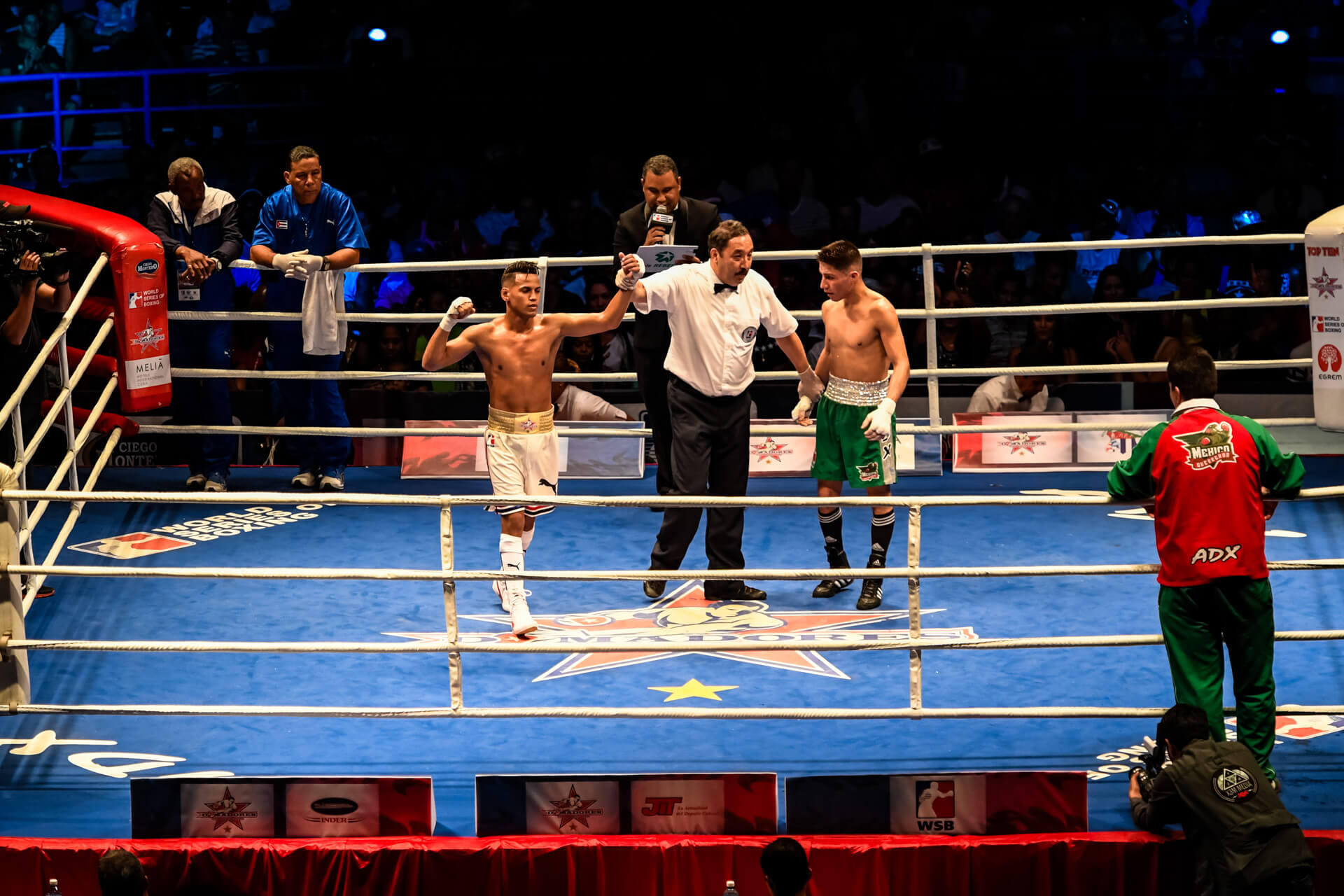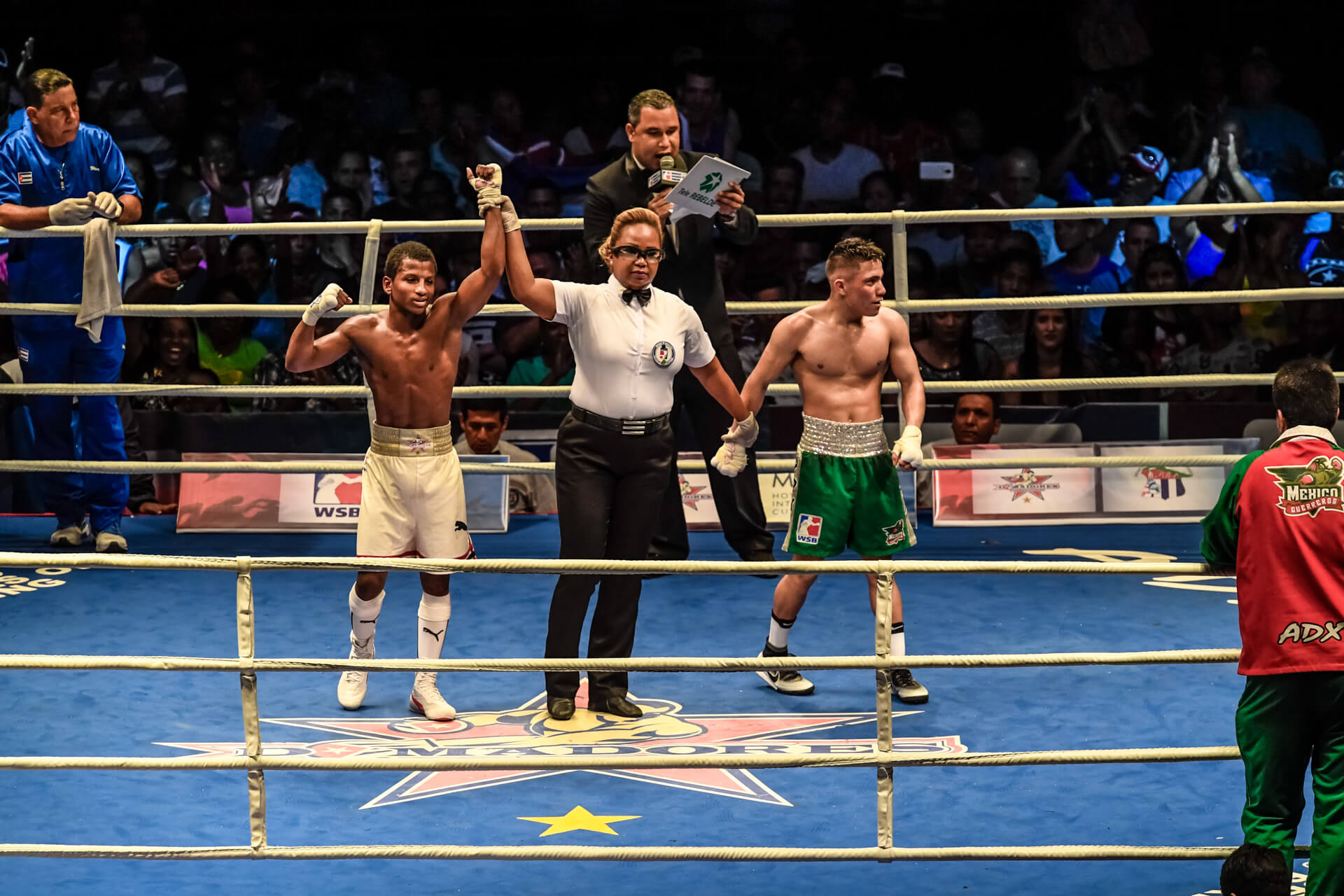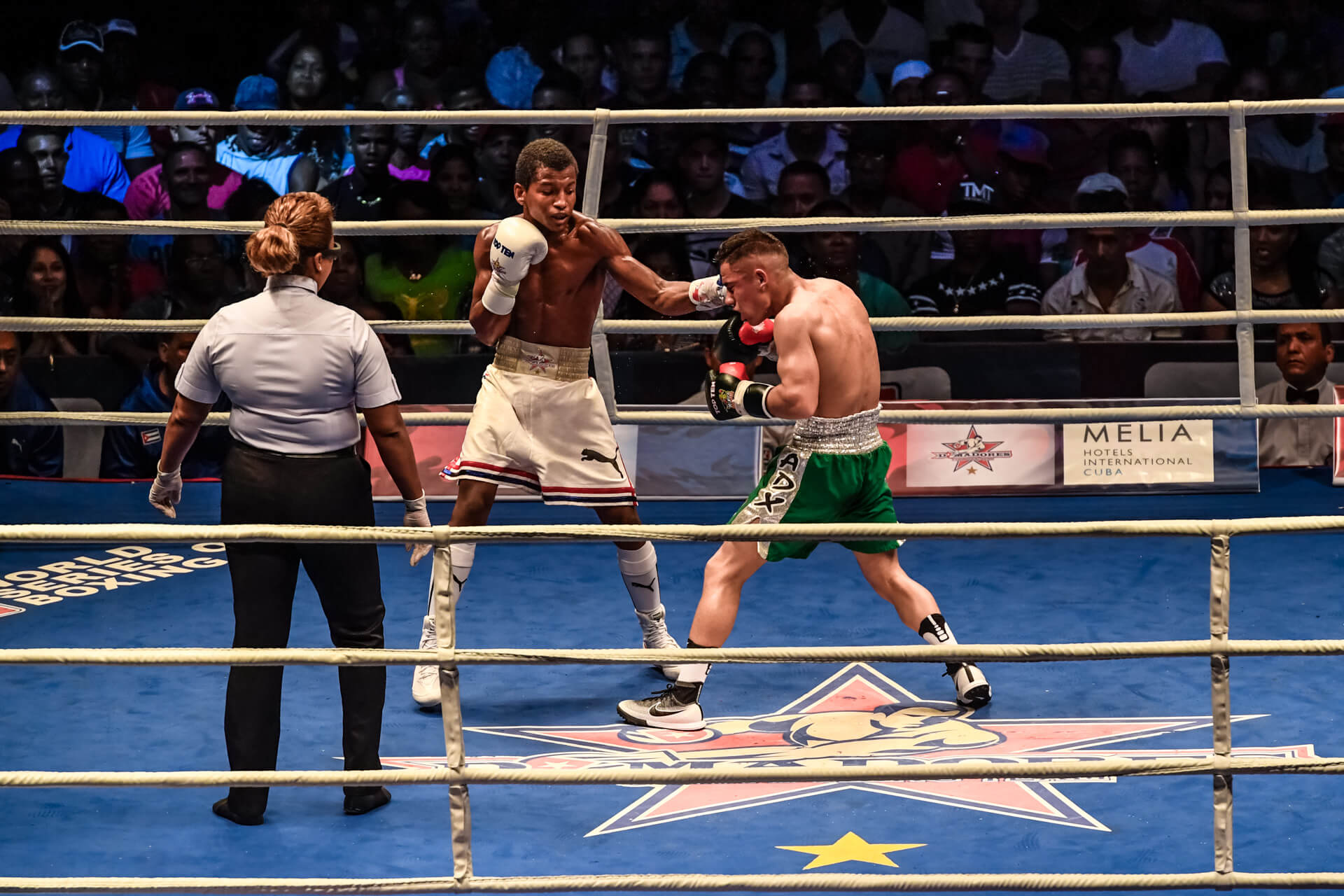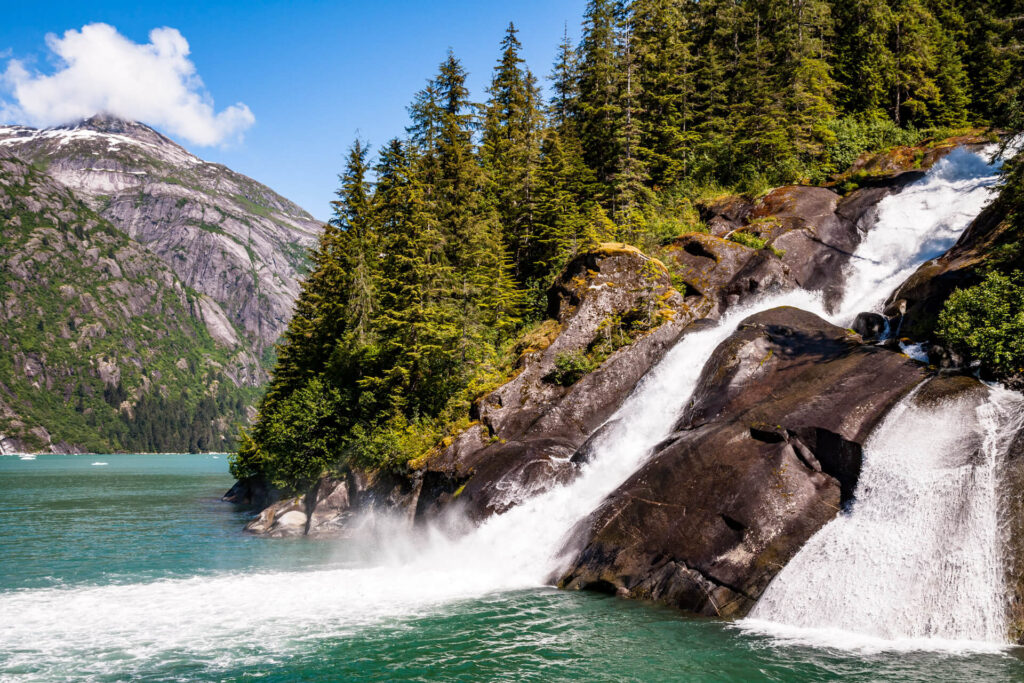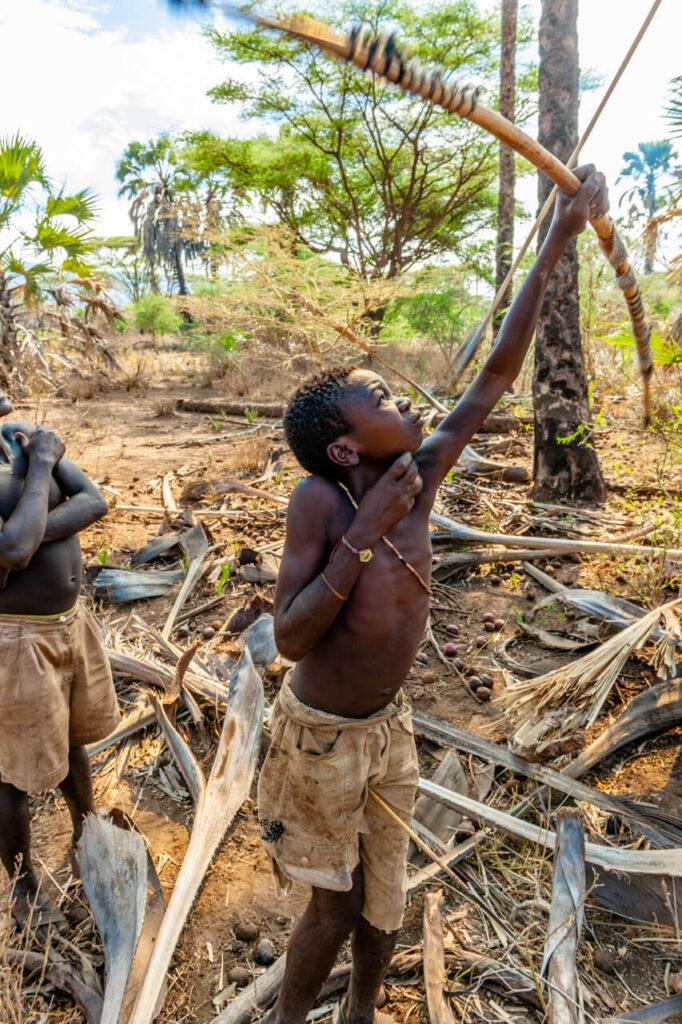La Finca Cuban National Boxing Team : Havana, Cuba
I was excited when I was offered the opportunity to photograph the Cuban National Boxing Team at their home facility, La Finca, located on the outskirts of Havana. It was an unexpected turn in my ongoing journey through Cuba—a country I first came to with National Geographic, and one that had drawn me back again and again over the years. My work had initially centered on Cuba’s rich cultural life, and I had developed a deep connection with the world of Cuban ballet. It was through that artistic doorway that I was introduced, surprisingly, to the world of Cuban boxing.
La Finca wasn’t glamorous. It was raw and weathered, a modest compound surrounded by trees and open land, where the sounds of gloves hitting leather echoed against concrete walls. The ring was old but respected, like the boxers themselves—some of the best amateurs in the world. There was no air conditioning, no fancy gear, just hard work and pride. This was where Olympic dreams were forged.
I visited La Finca early in the morning, when the air was still cool and the day’s heat had yet to settle in. But even as the sun crept over the horizon, there was an intensity in its light that promised a sweltering day ahead. I was greeted by Dr. Rafael Lorena, the team’s physician and a friend I’d grown close to over several visits. Rafael had a warm, steady presence, and he was generous with his time—eager to walk me through the rhythms of the morning, explaining the drills, the routines, and the unique personalities that made up the Cuban National Boxing Team.
The training area was housed in a cavernous gymnasium, stripped down and functional. Inside, three full-sized boxing rings stood side by side, surrounded by a forest of punching bags, speed bags, and improvised training devices. The space buzzed with motion and discipline—athletes moving through routines with the kind of fluidity that only comes from repetition and years of muscle memory. There was no fanfare, no mirrors or music. Just focus, sweat, grunts and the sound of gloves meeting canvas and leather.
By mid-morning, sunlight poured through the high windows near the ceiling, casting long, golden shafts of light into the space. The dust in the air turned visible, dancing in the beams as if suspended in time. The gym, once cool and still, was now alive with heat and momentum. Boxers moved in and out of the light like actors on a stage, their bodies glistening with sweat, pushing through each drill with relentless focus.
Dr. Lorena introduced me to several boxers that morning—men with quiet confidence, some of them Olympic gold medalists and world champions. Cuban boxing has a storied history and a remarkable tradition of excellence. Since the 1960s, Cuba has dominated amateur boxing on the world stage. Unlike many countries, Cuban fighters don’t go pro. They compete for the pride of their country, supported by the state, driven by legacy and a profound belief in national identity through sport. From Teófilo Stevenson to the present generation, Cuban boxers are not just athletes—they are icons of resilience.
The boxers were used to cameras and media. My presence didn’t draw much attention, which I was grateful for. I moved carefully, slowly, keeping to the edges and staying out of the way. I wasn’t there to interfere—only to observe and absorb.
What struck me most was how hard they trained. The physical conditioning was astonishing—intense, focused, and unrelenting. Hours of repetition, drills, sparring, core strength, footwork. These athletes were machines built on discipline, yet what powered them was something more human: pride, commitment, and a sense of history.
The following night, I attended a match at Havana’s Ciudad Deportiva Arena, where the Cuban team faced national team from Mexico. The energy in the building was electric—patriotic and loud, but never hostile. Cuba won all but one match that night, a powerful show of dominance and skill. Watching them in the ring, I understood just how much their training at La Finca translated to excellence on the world stage—just as it has for decades in Olympic arenas around the globe.
